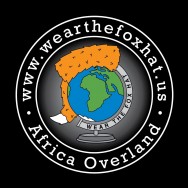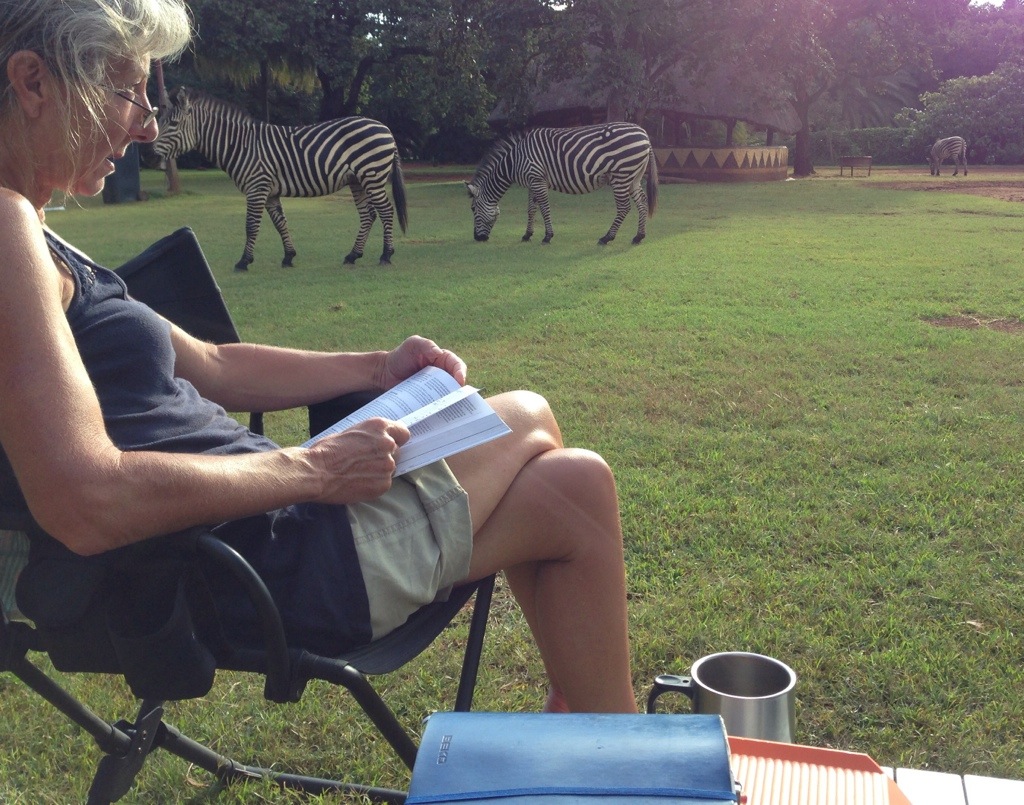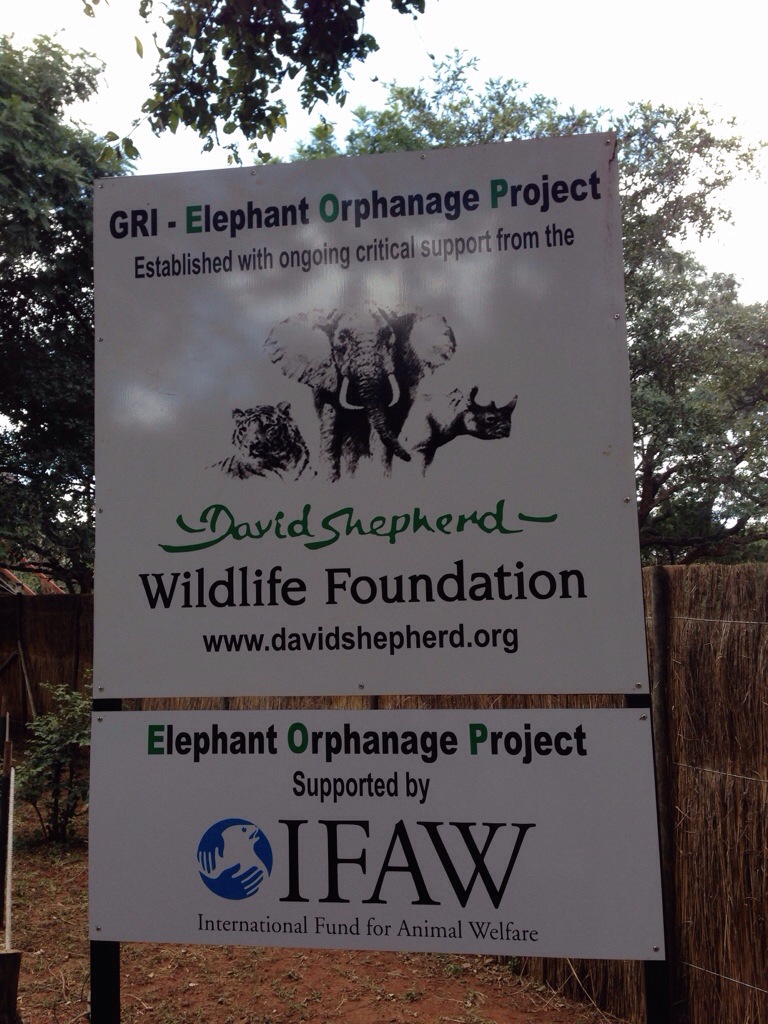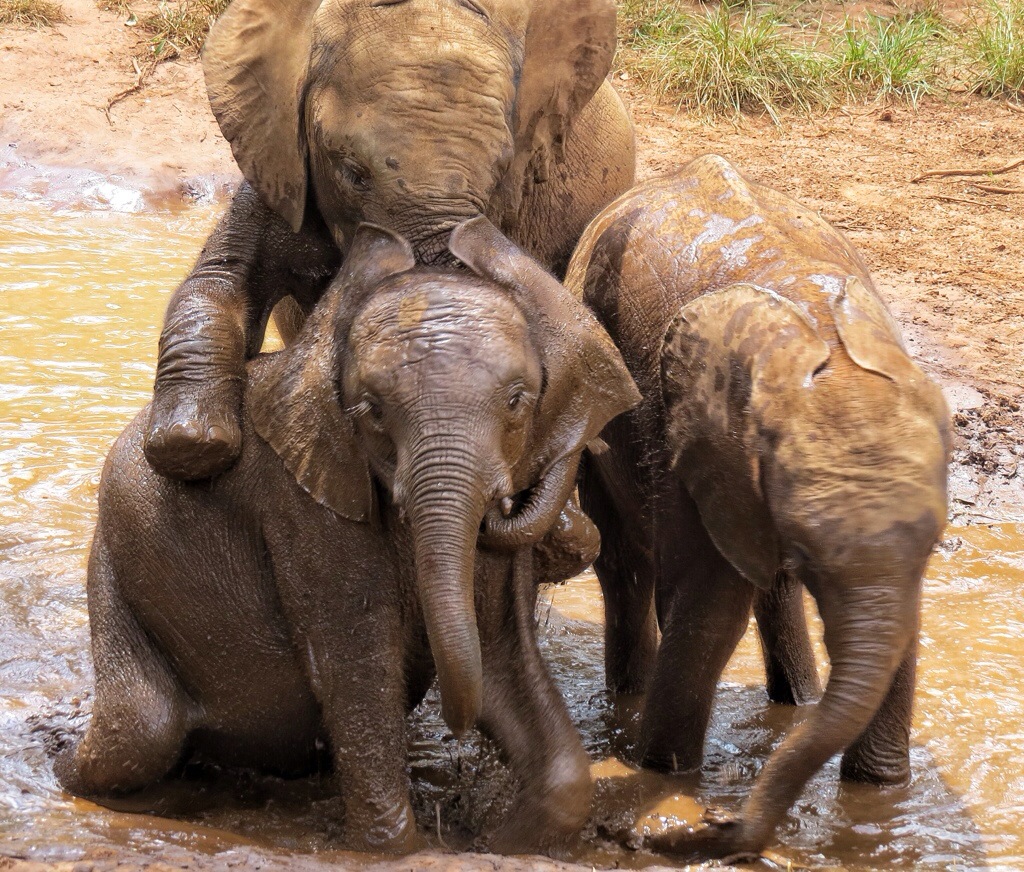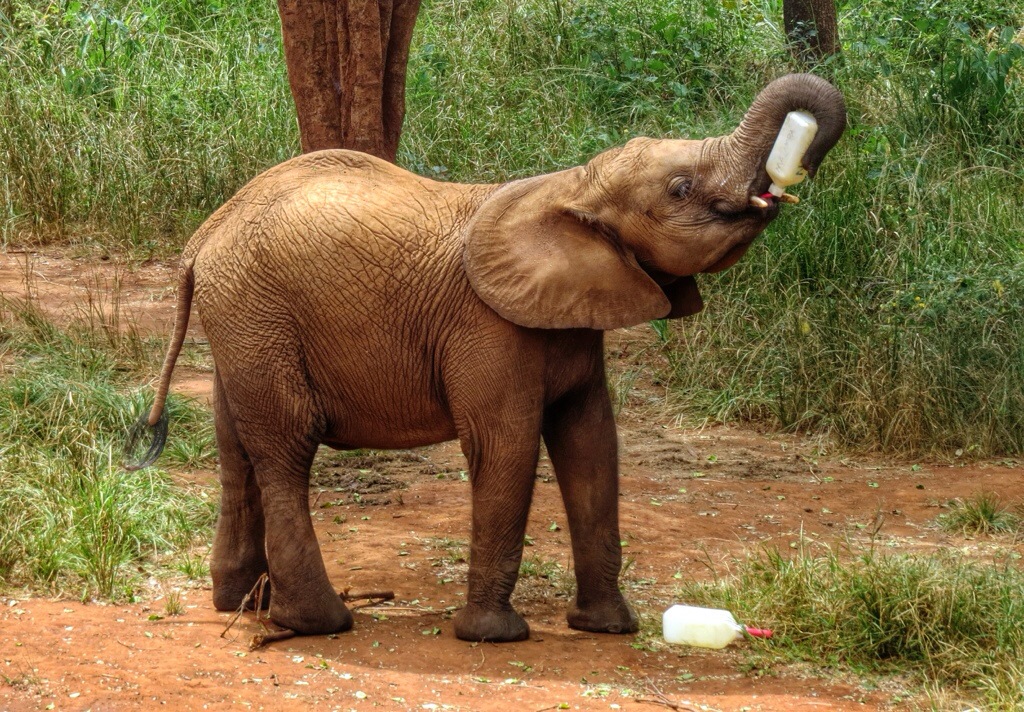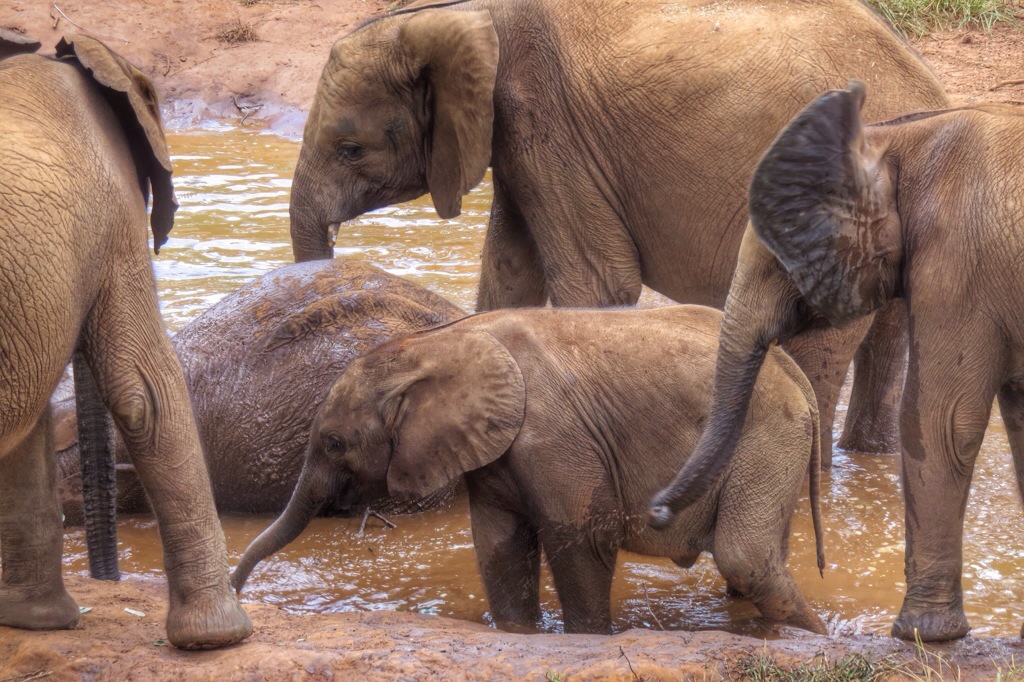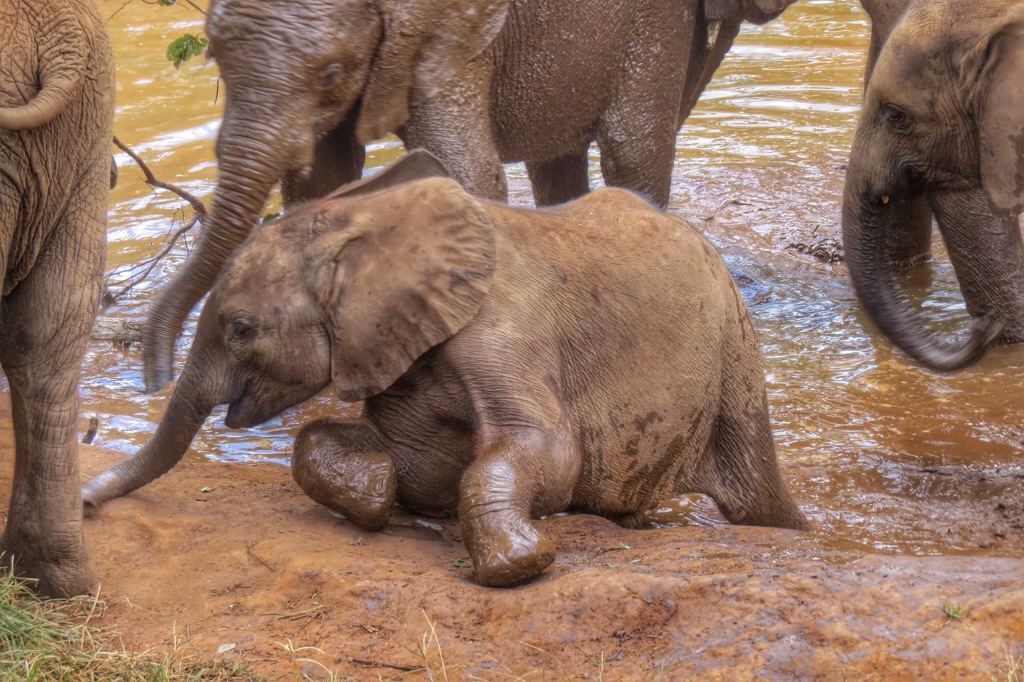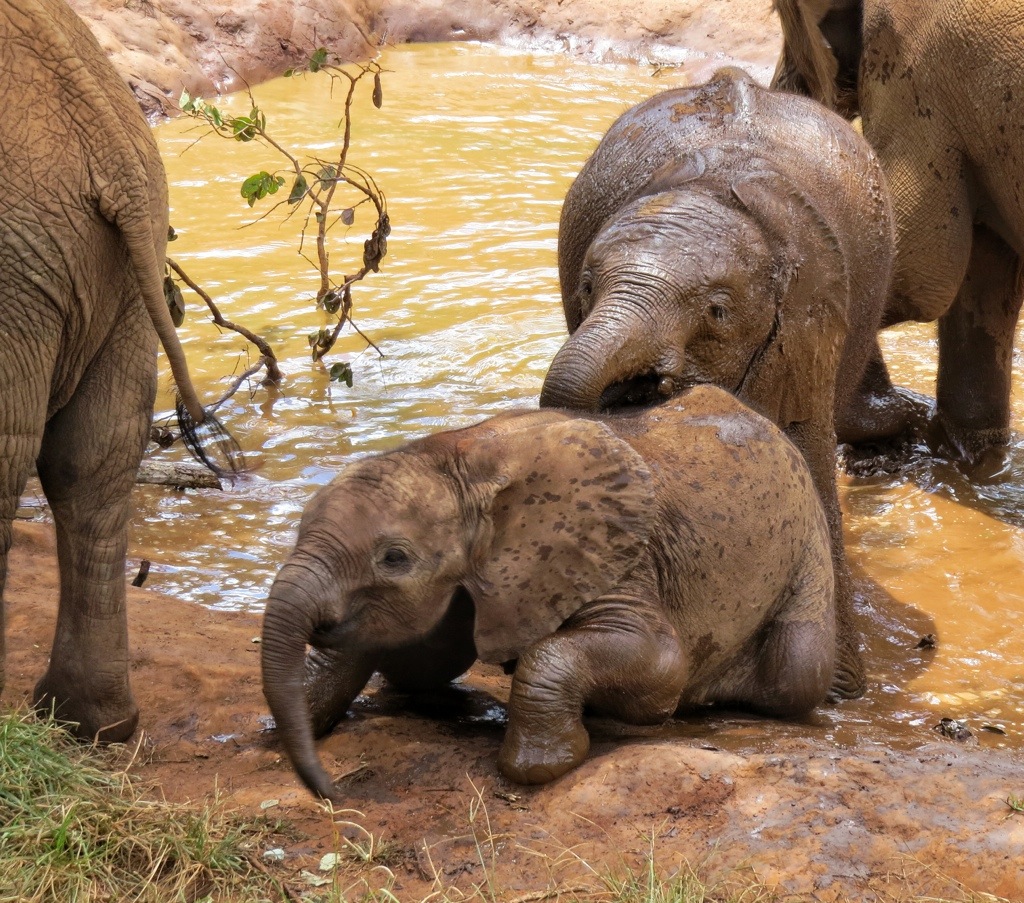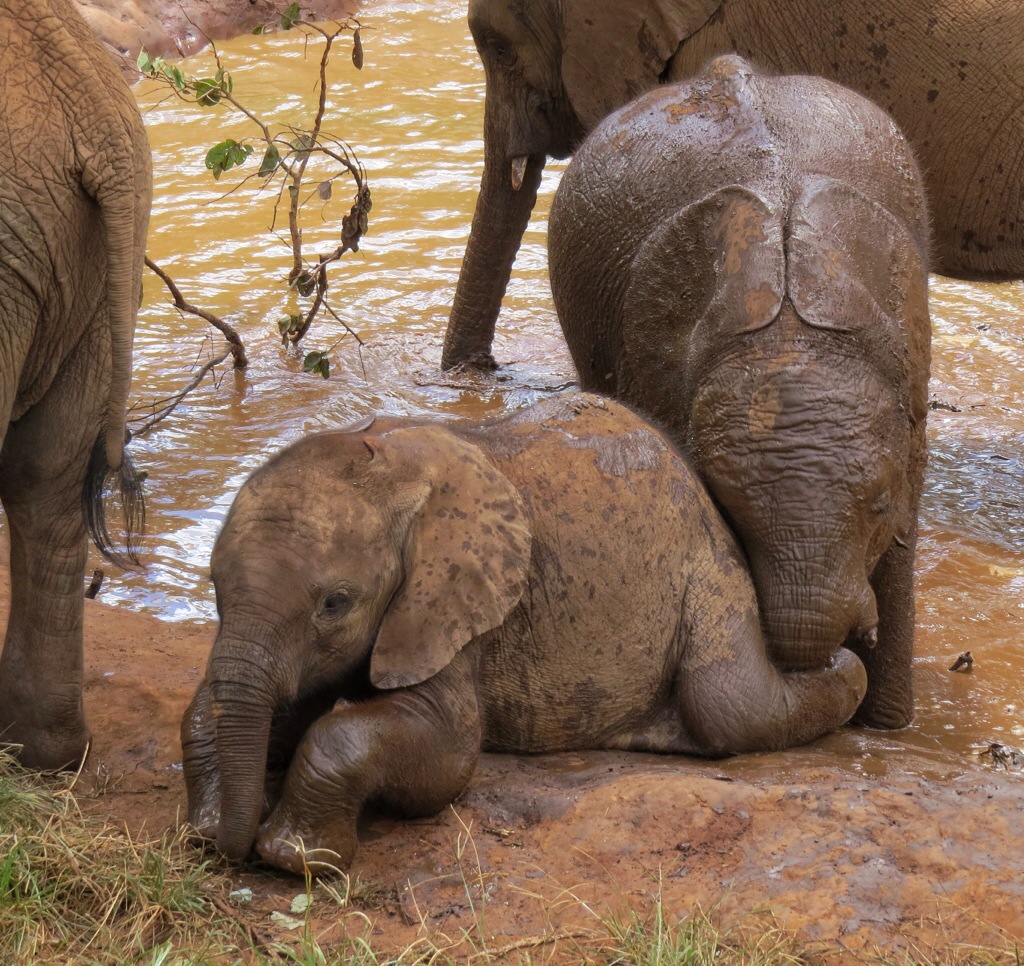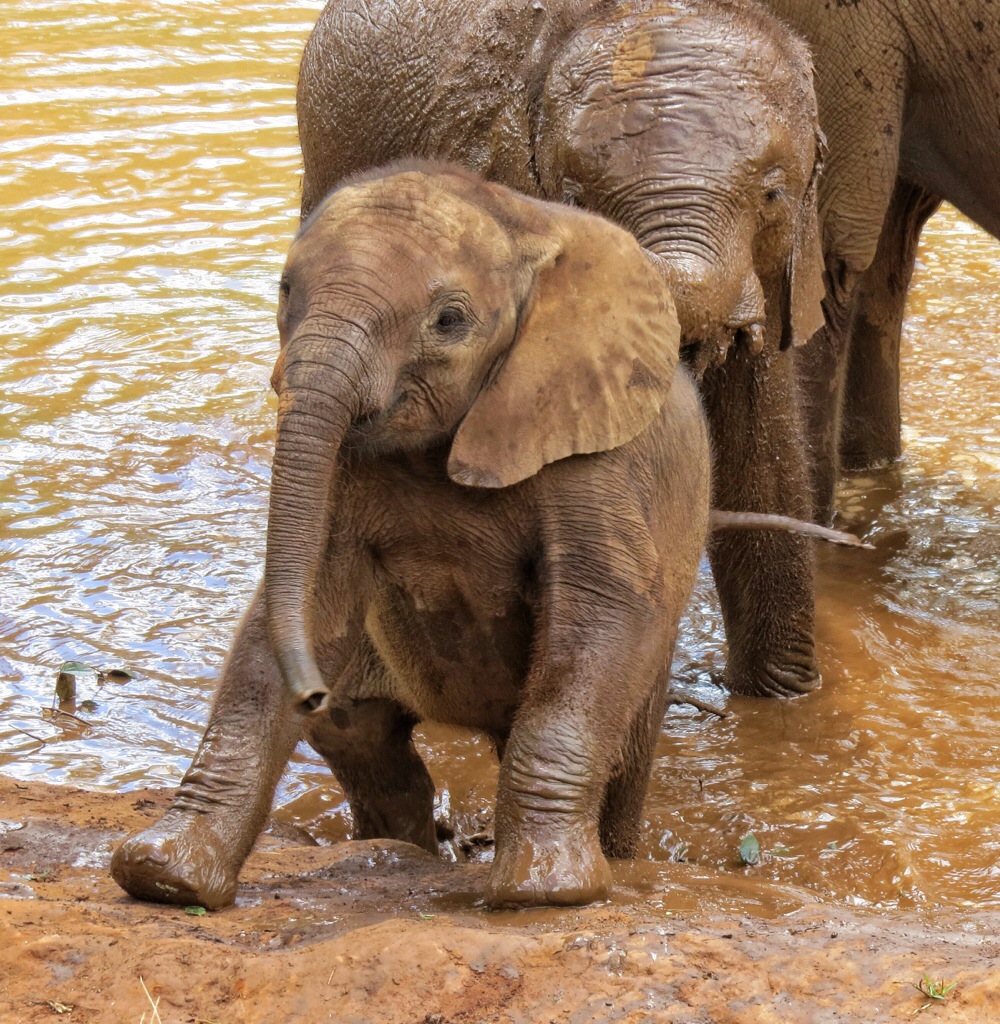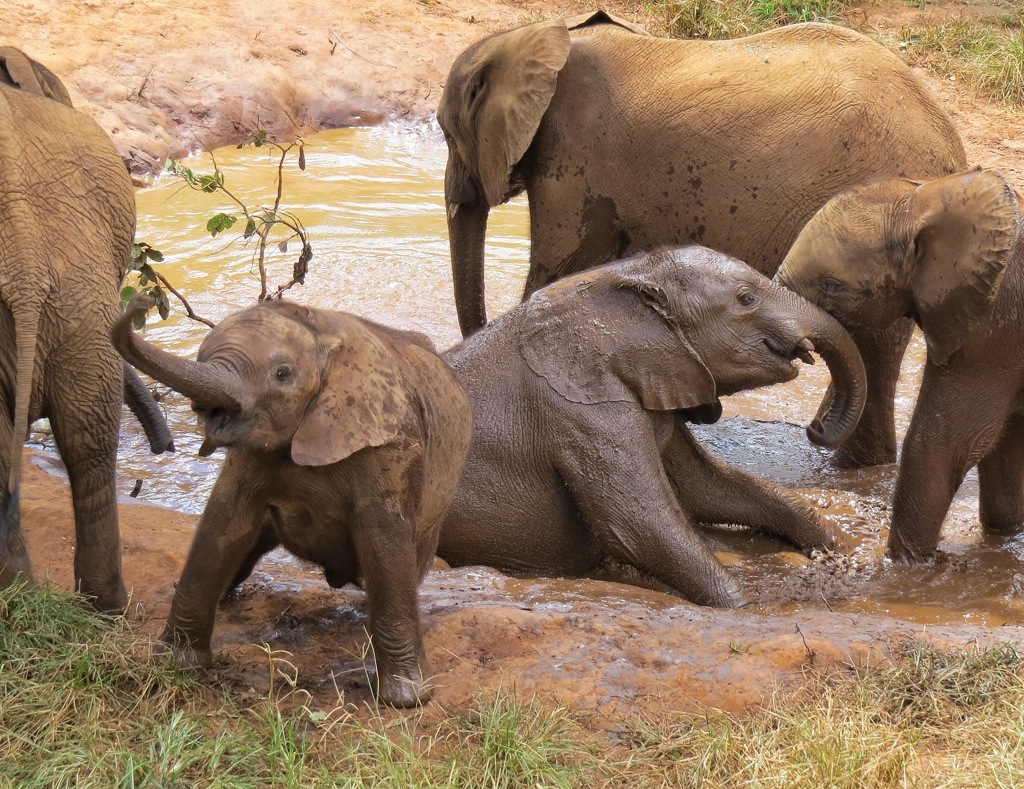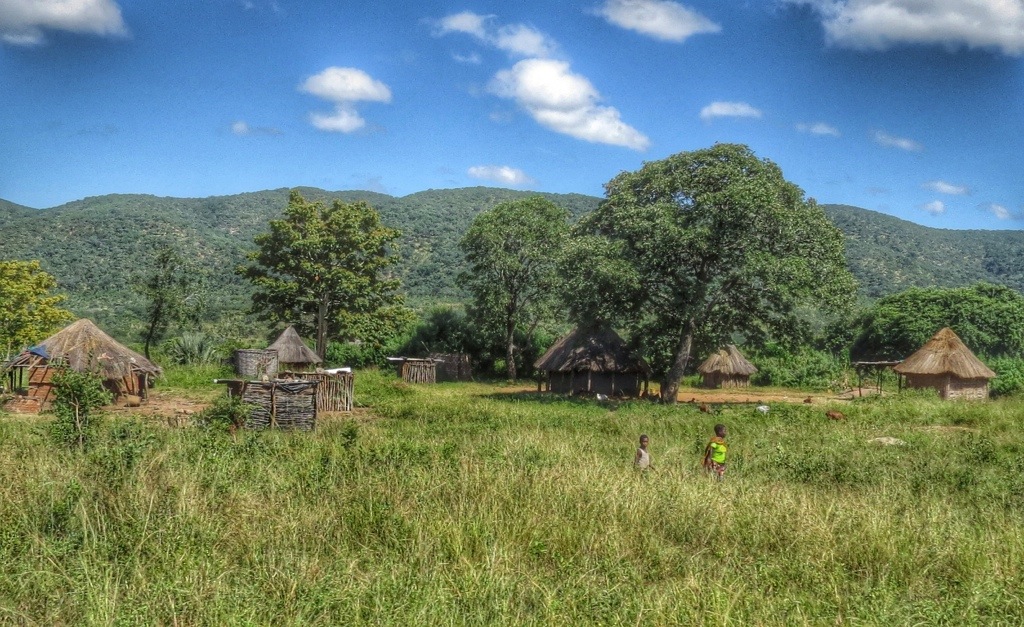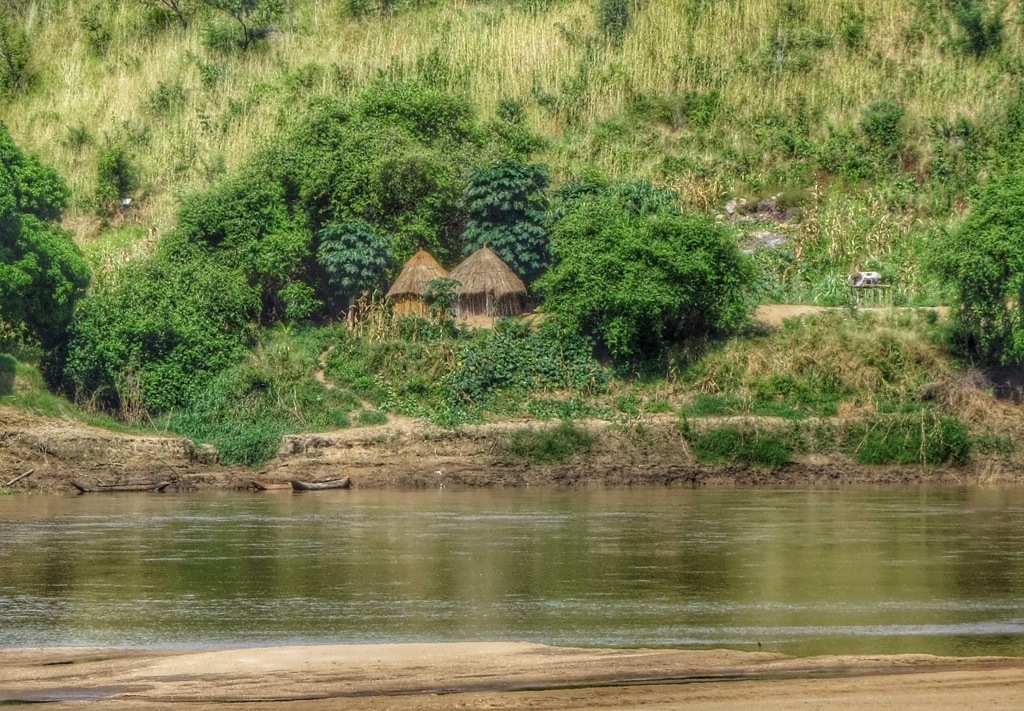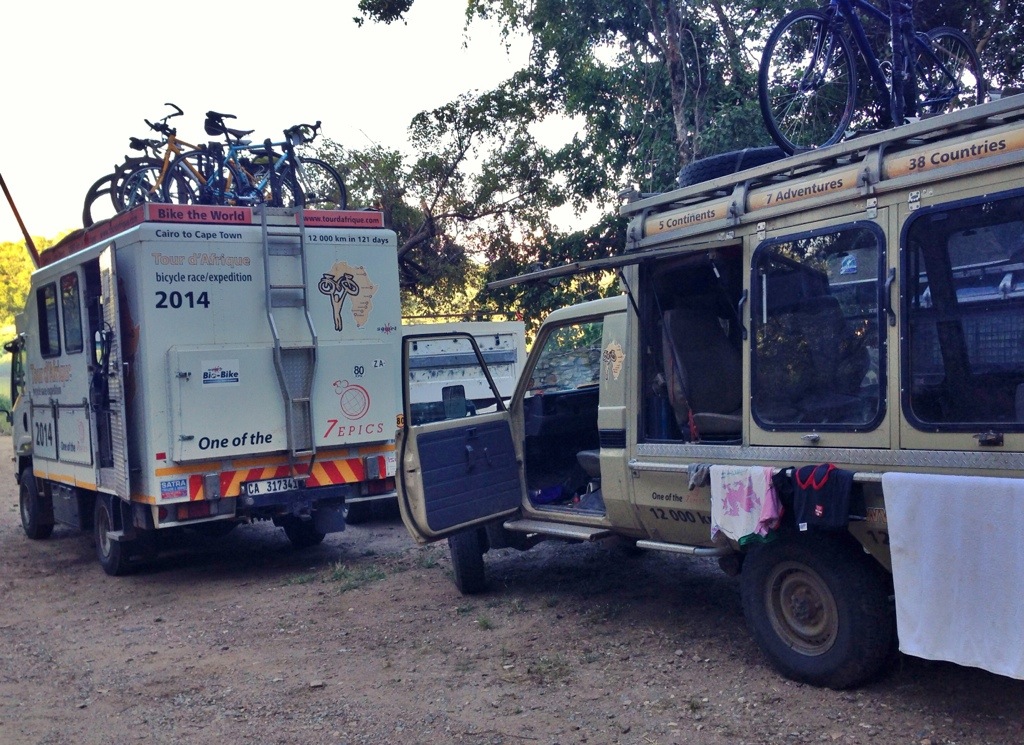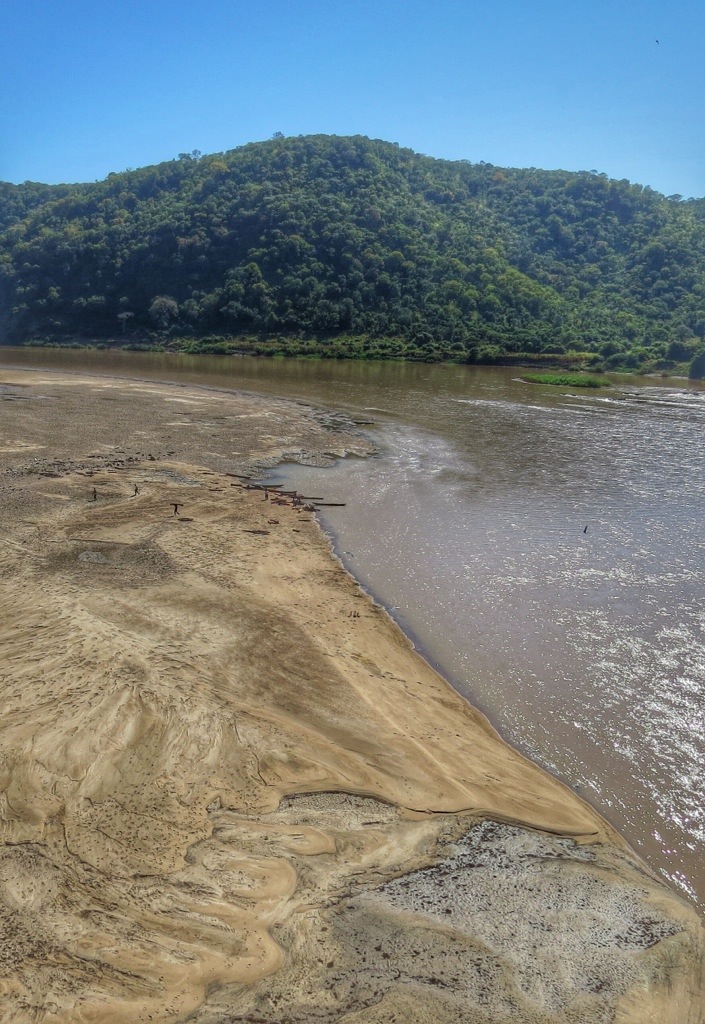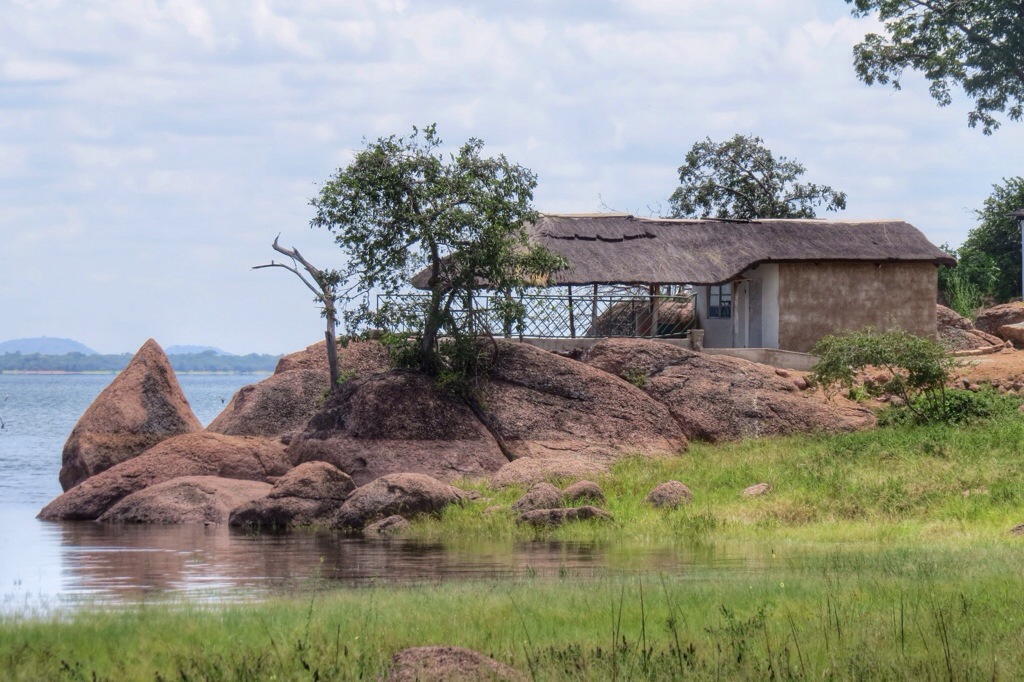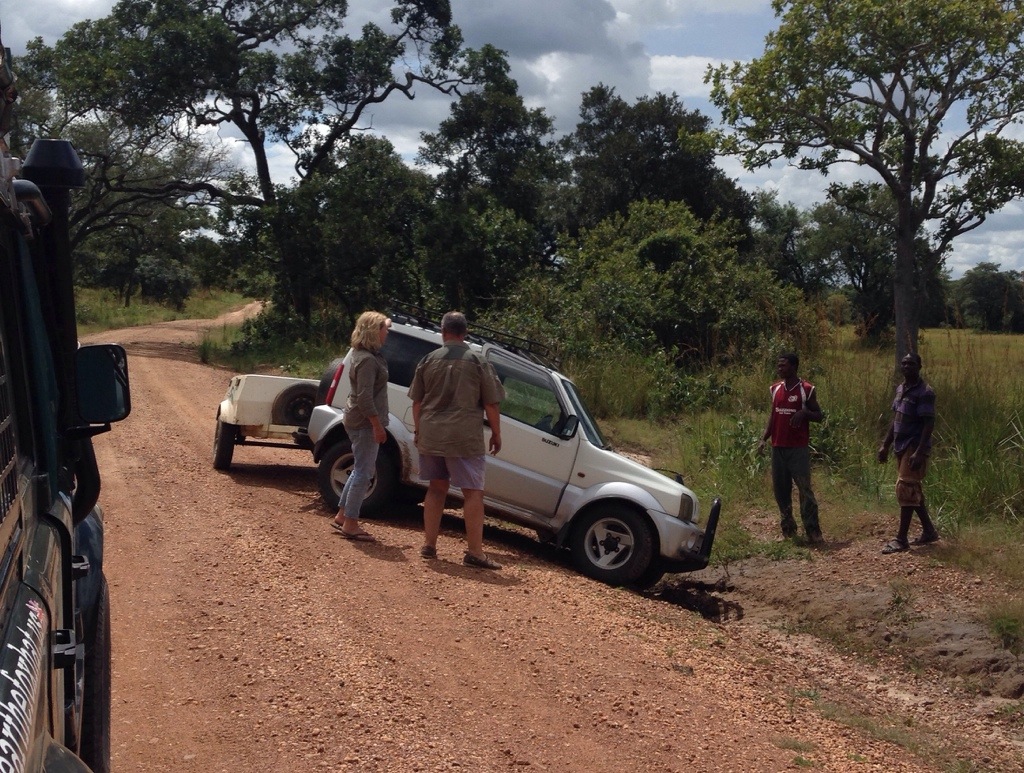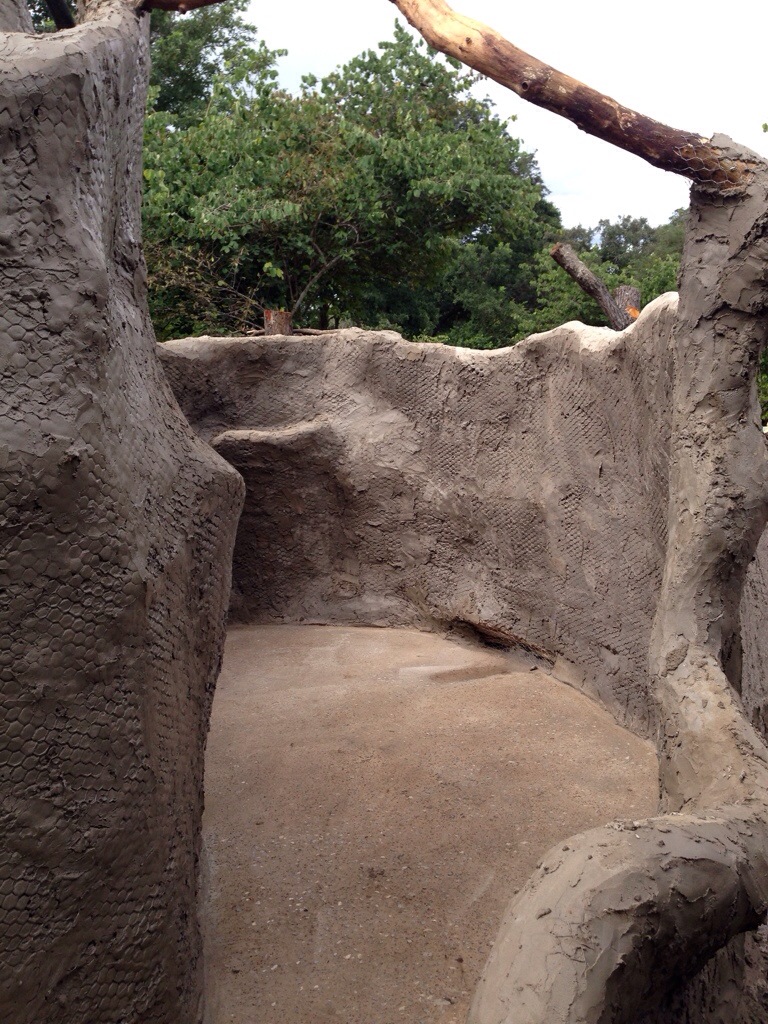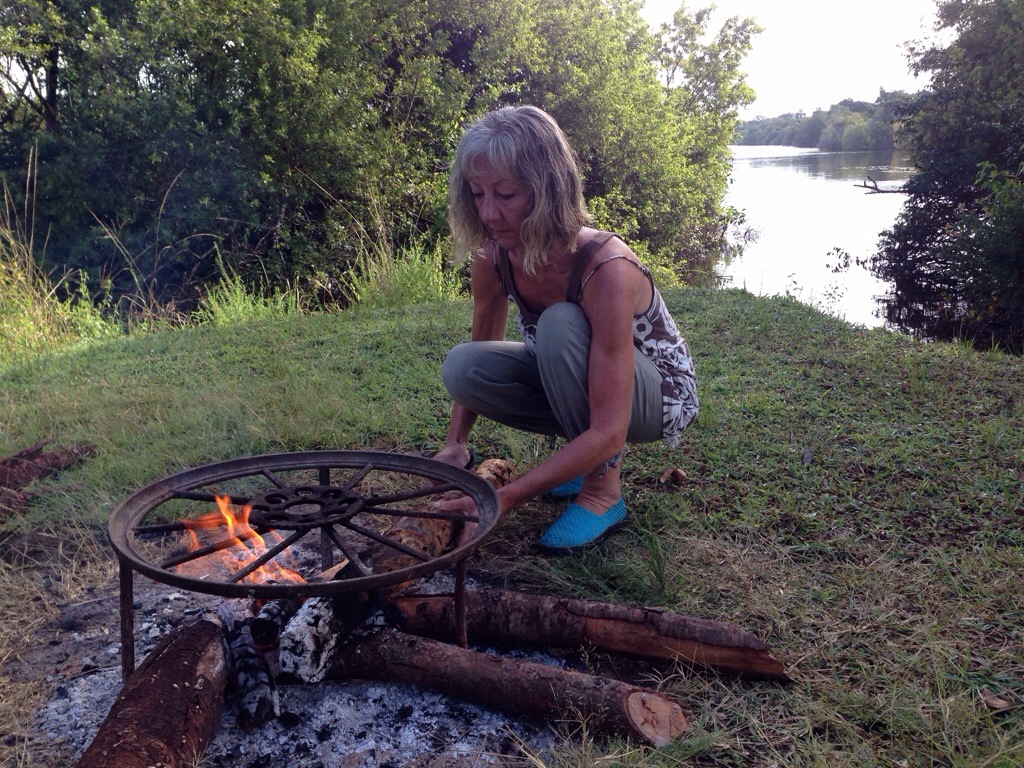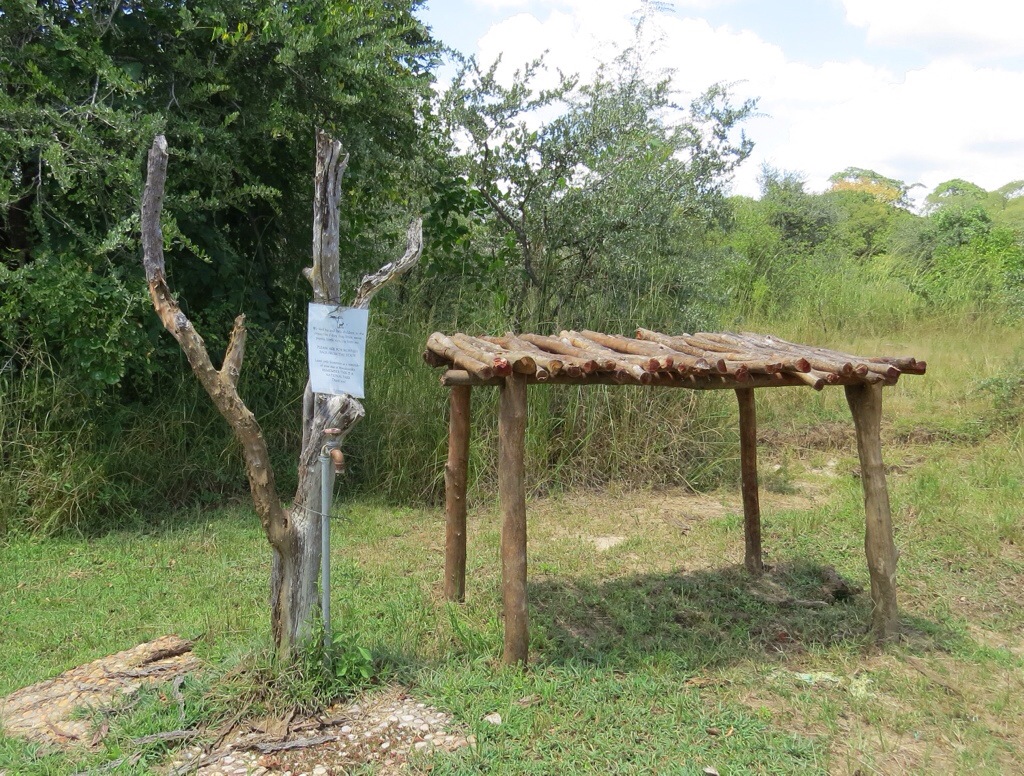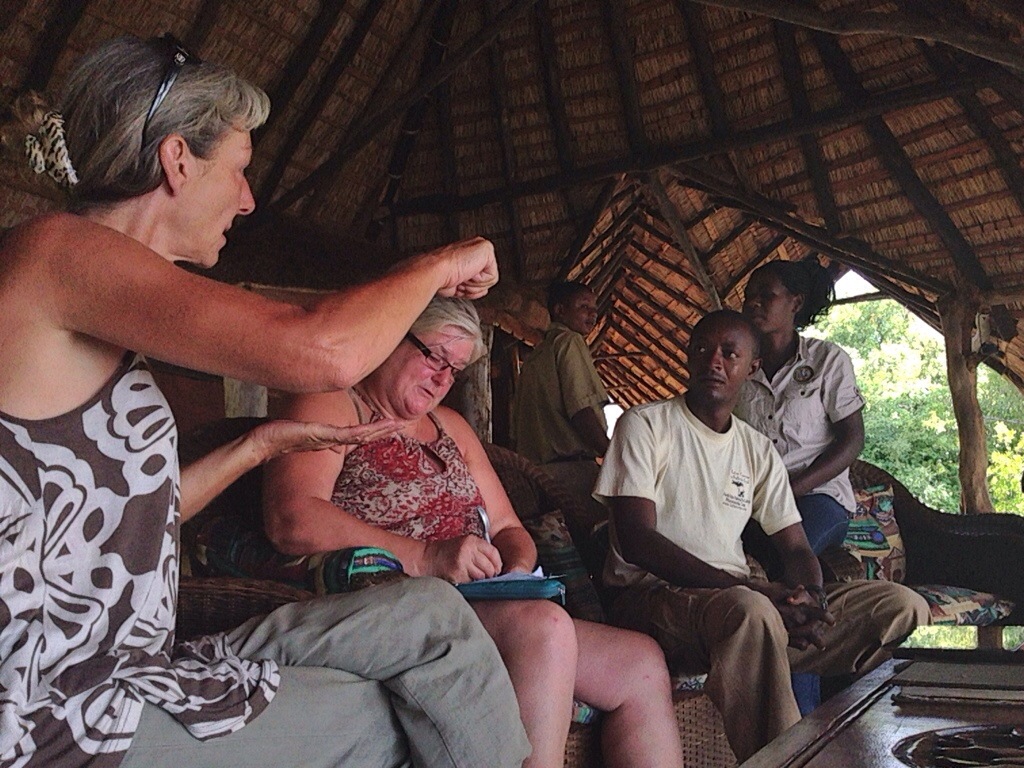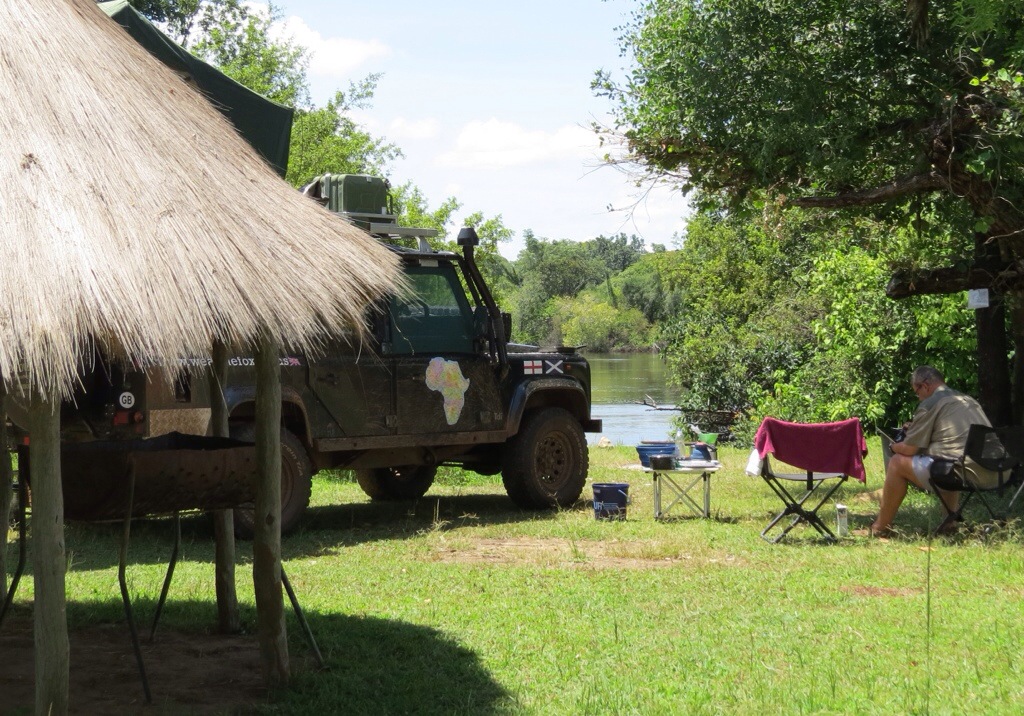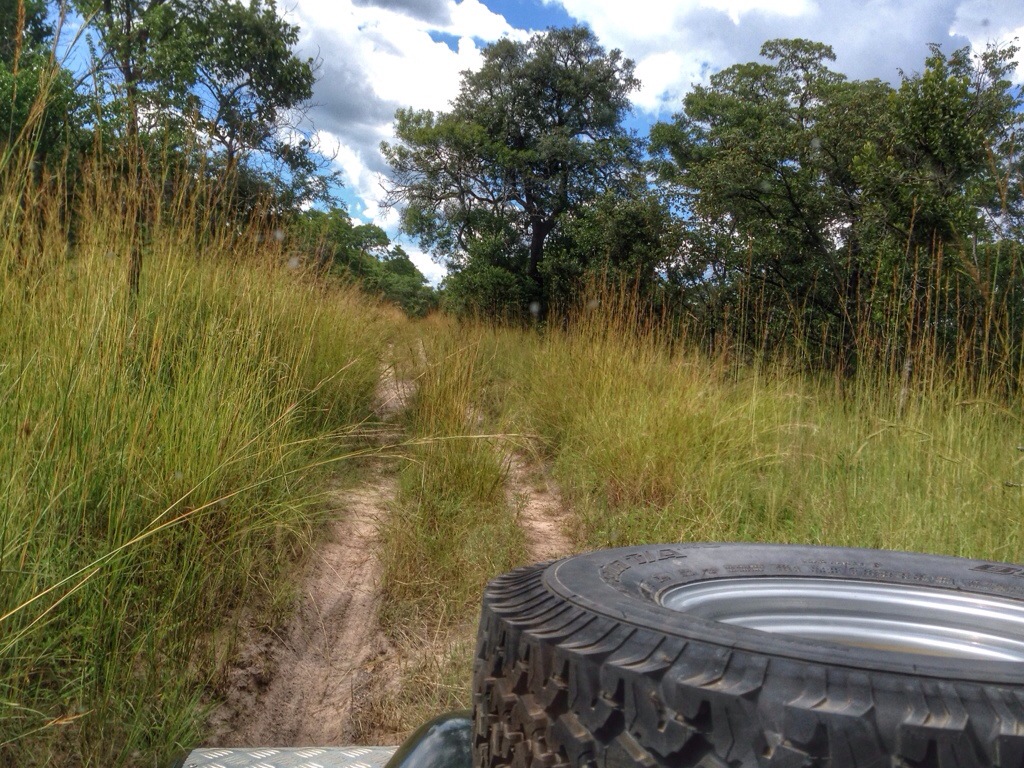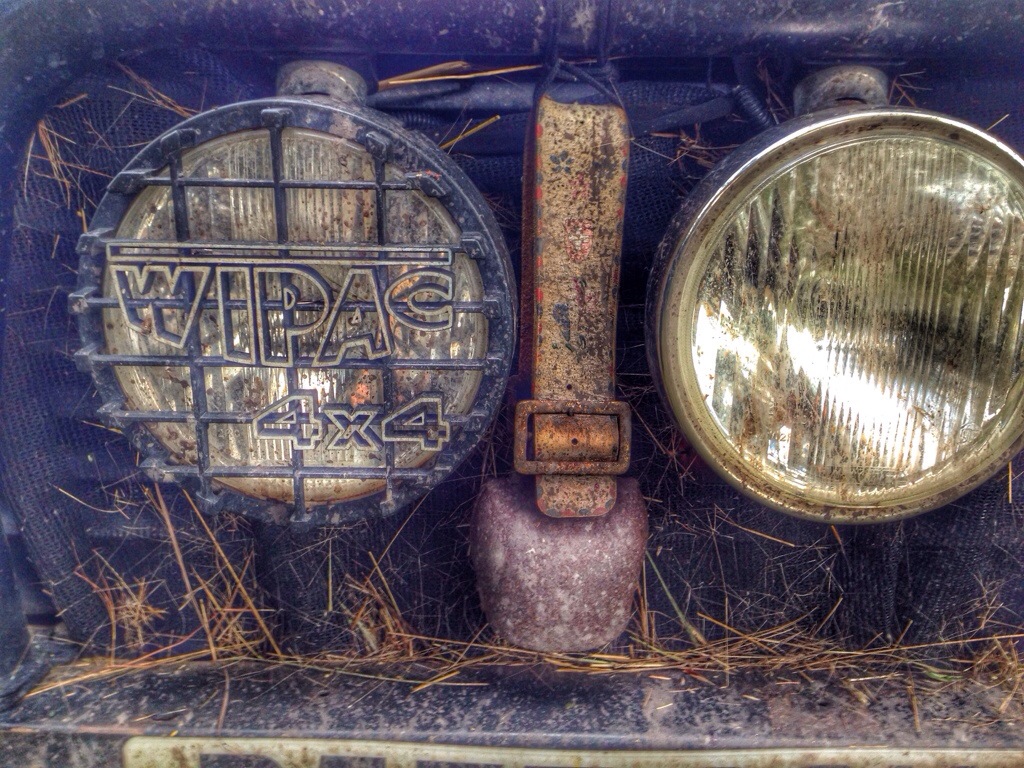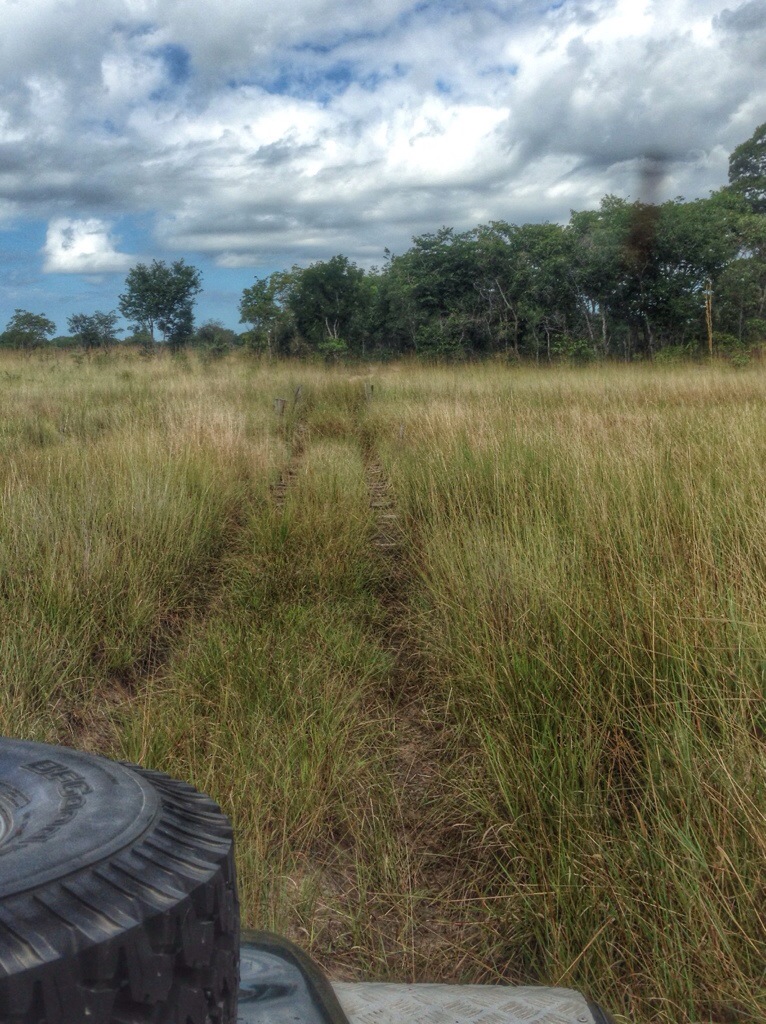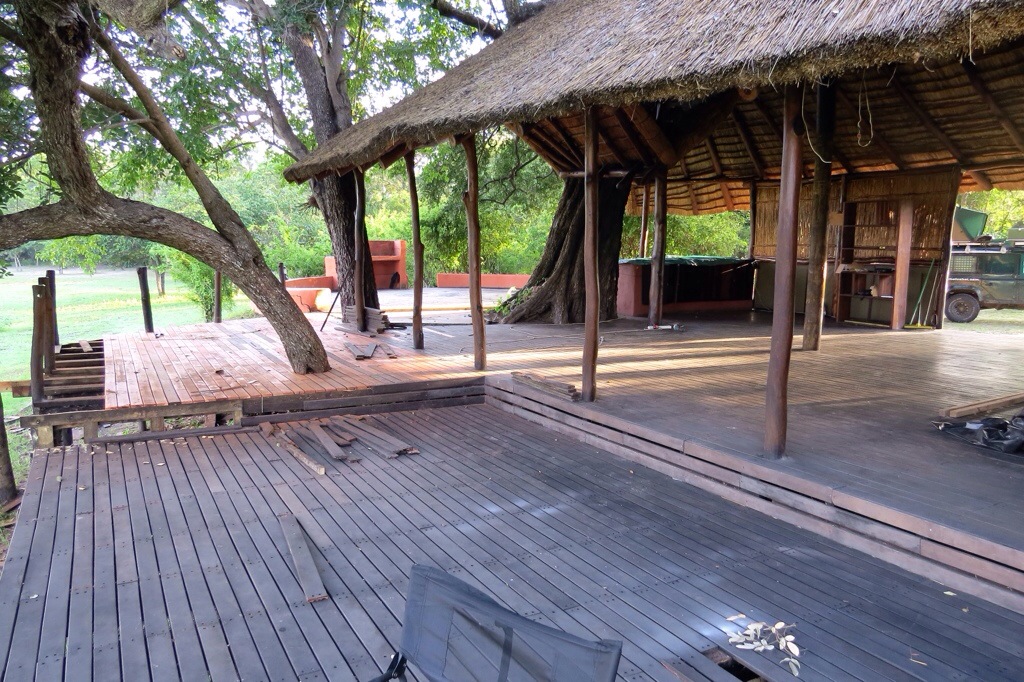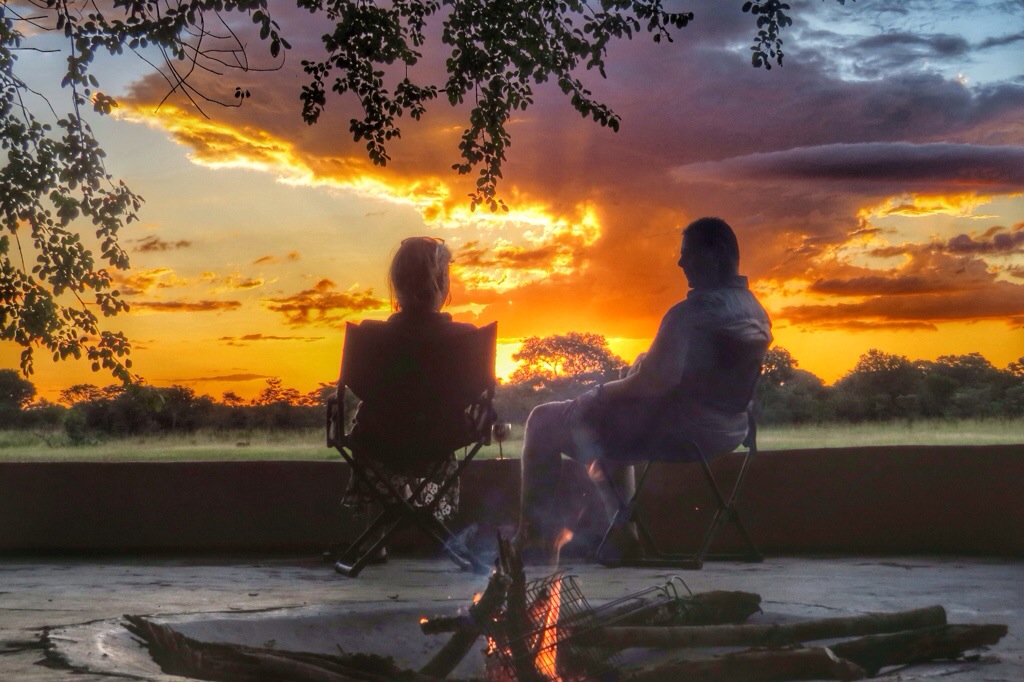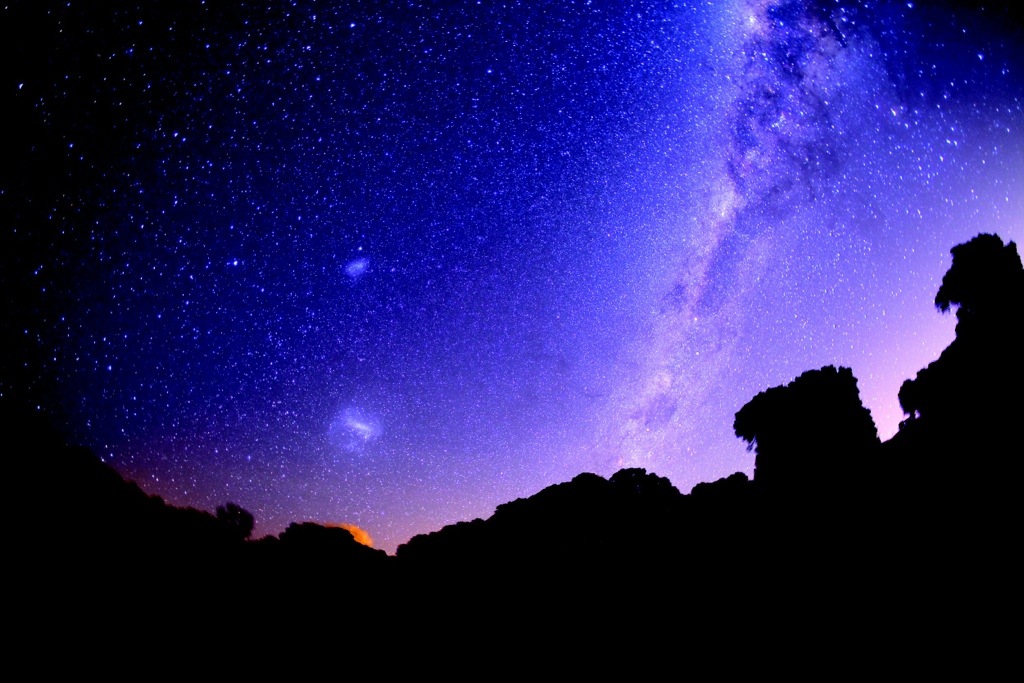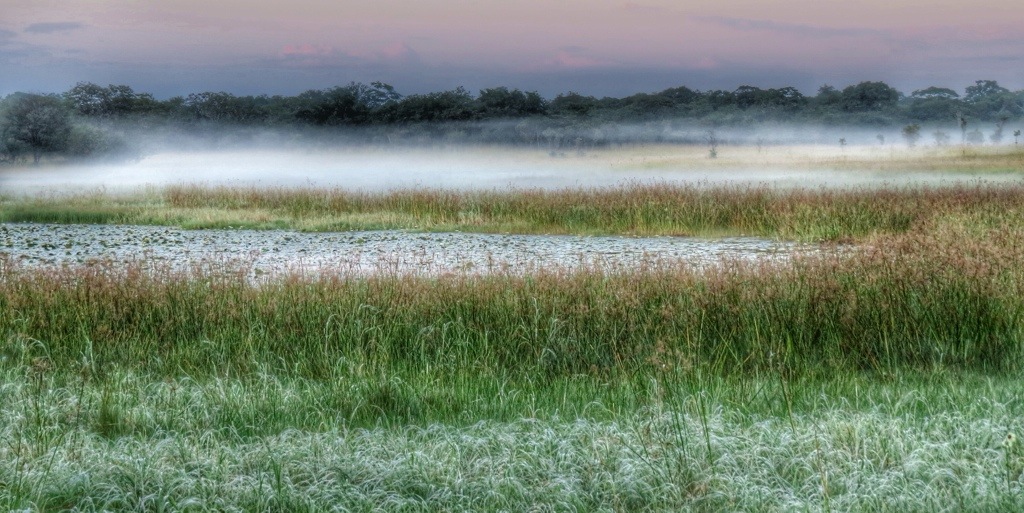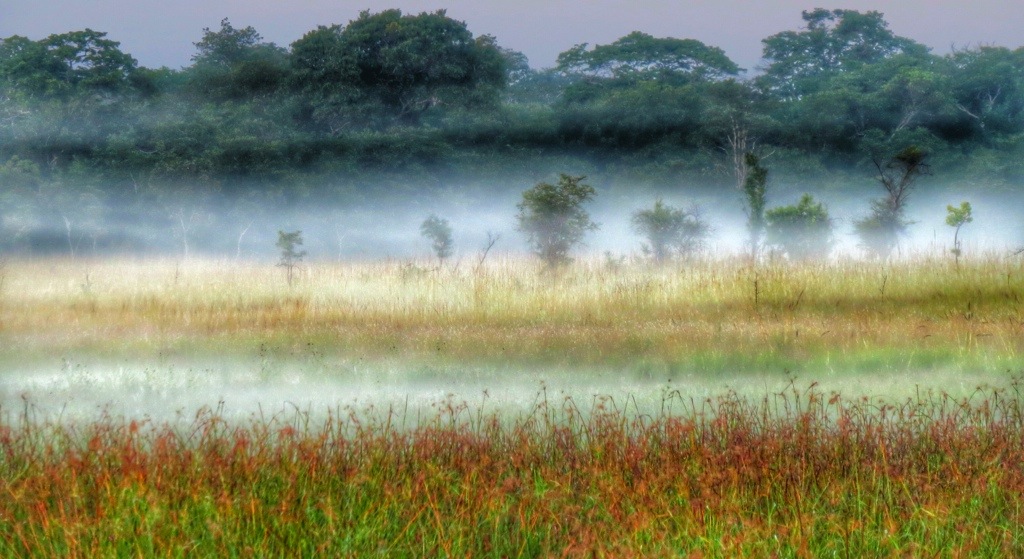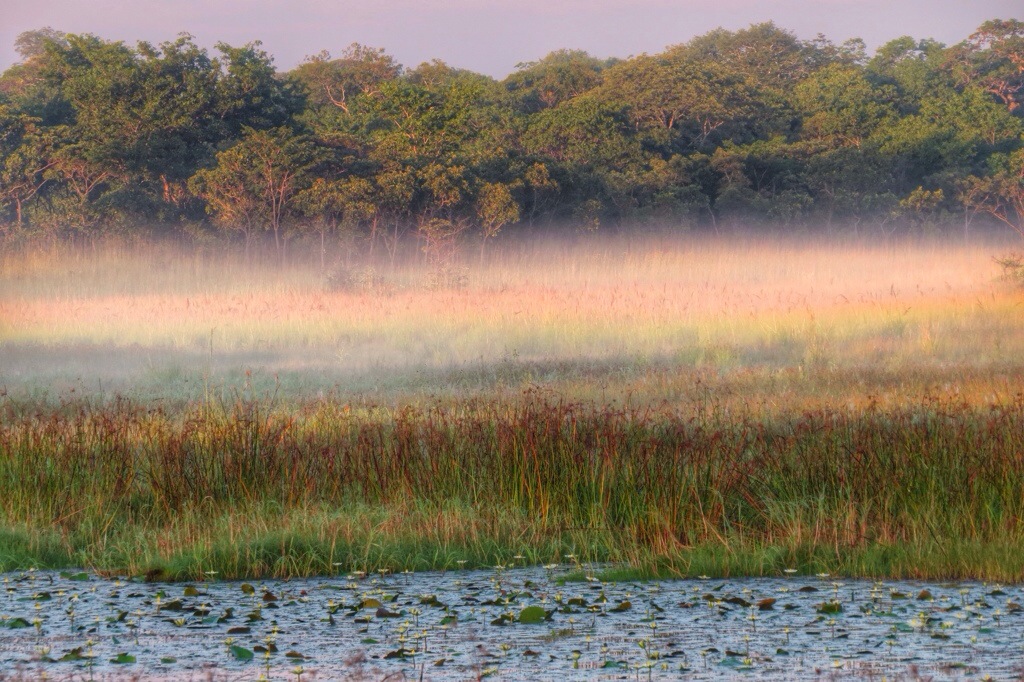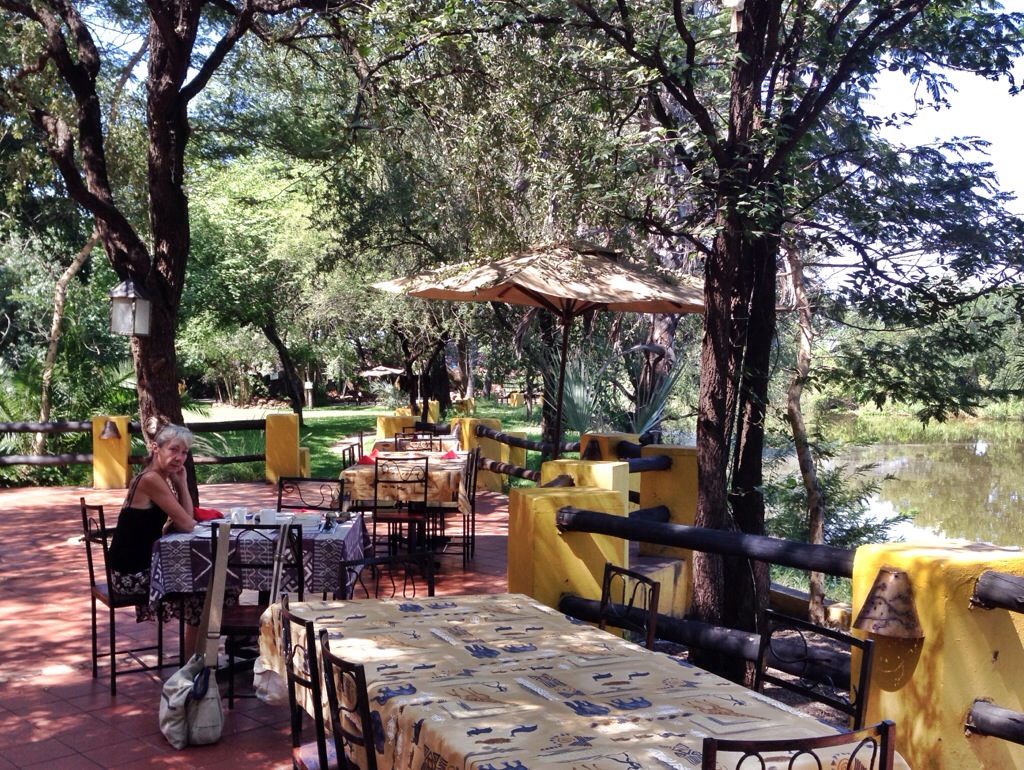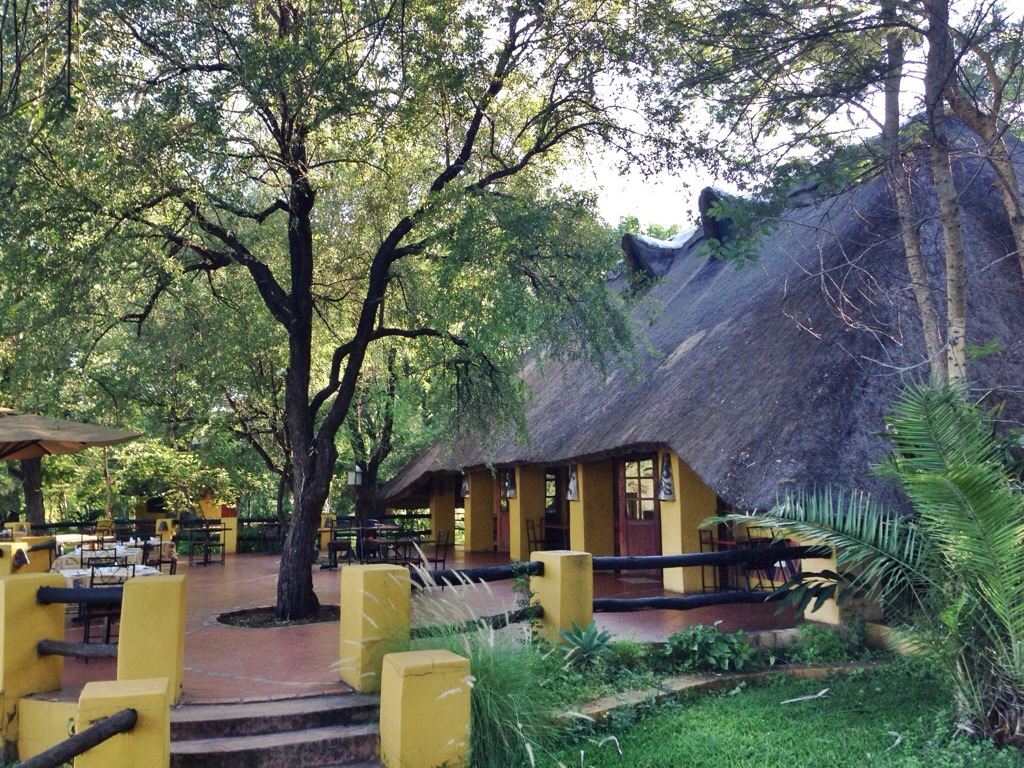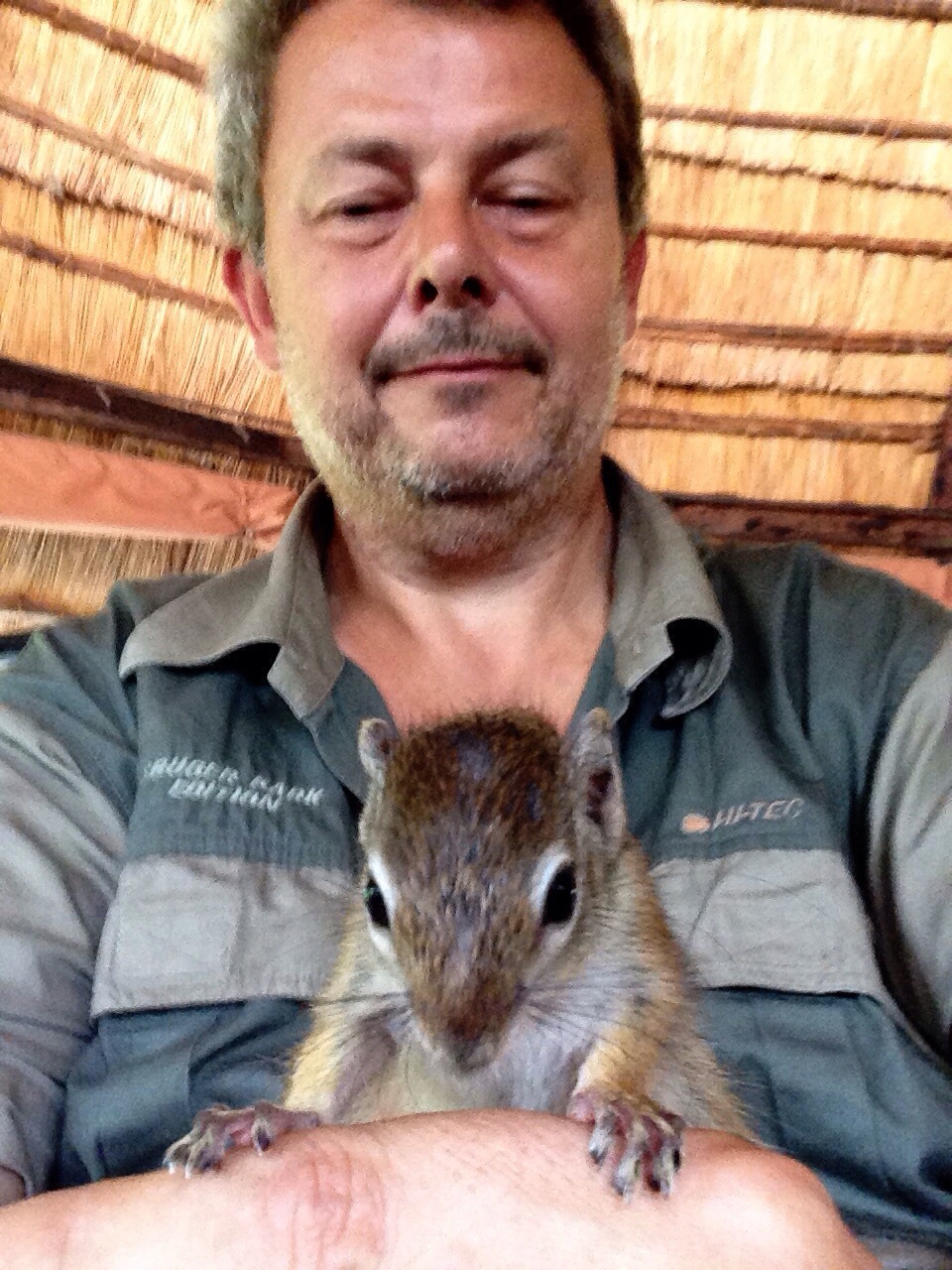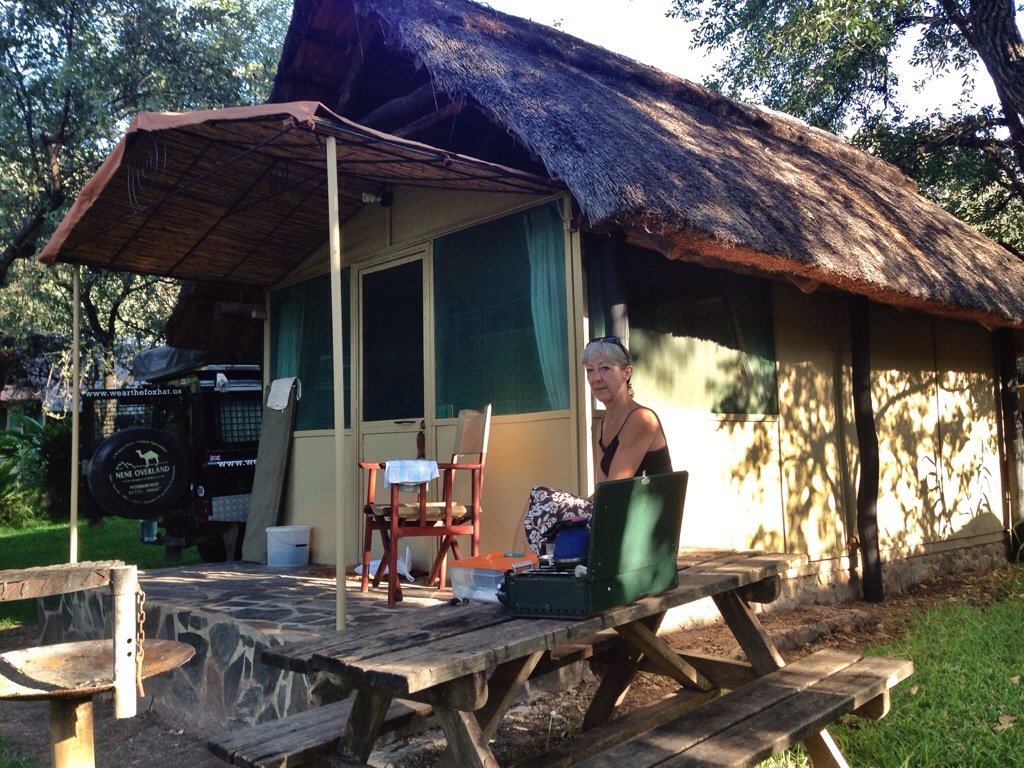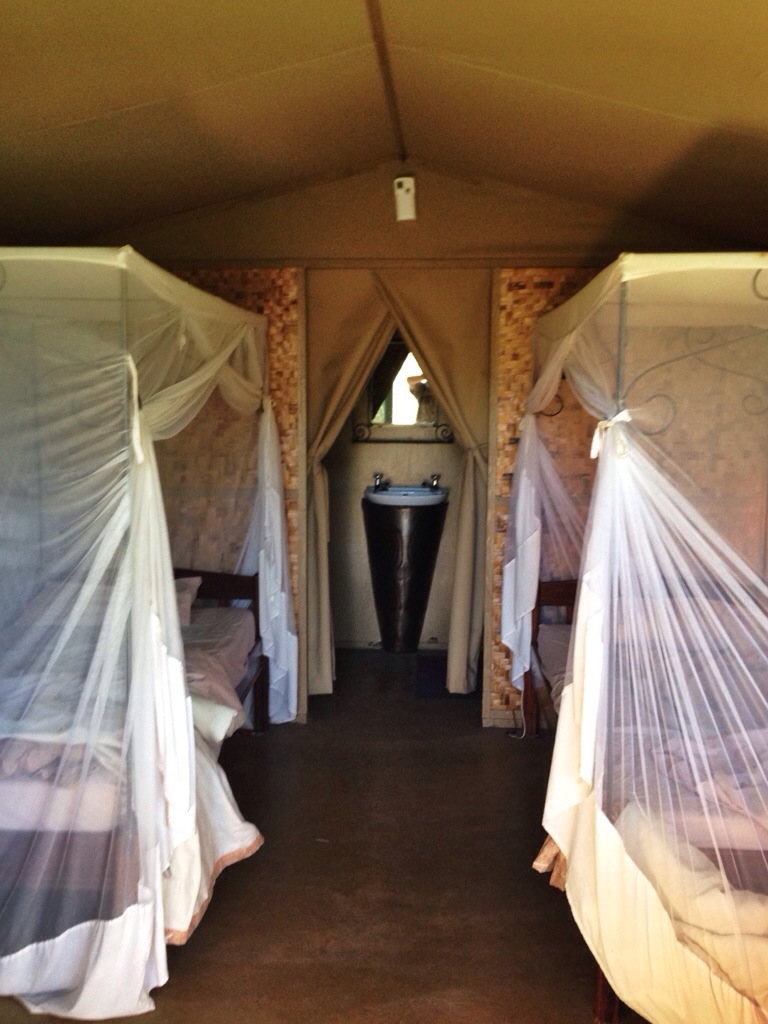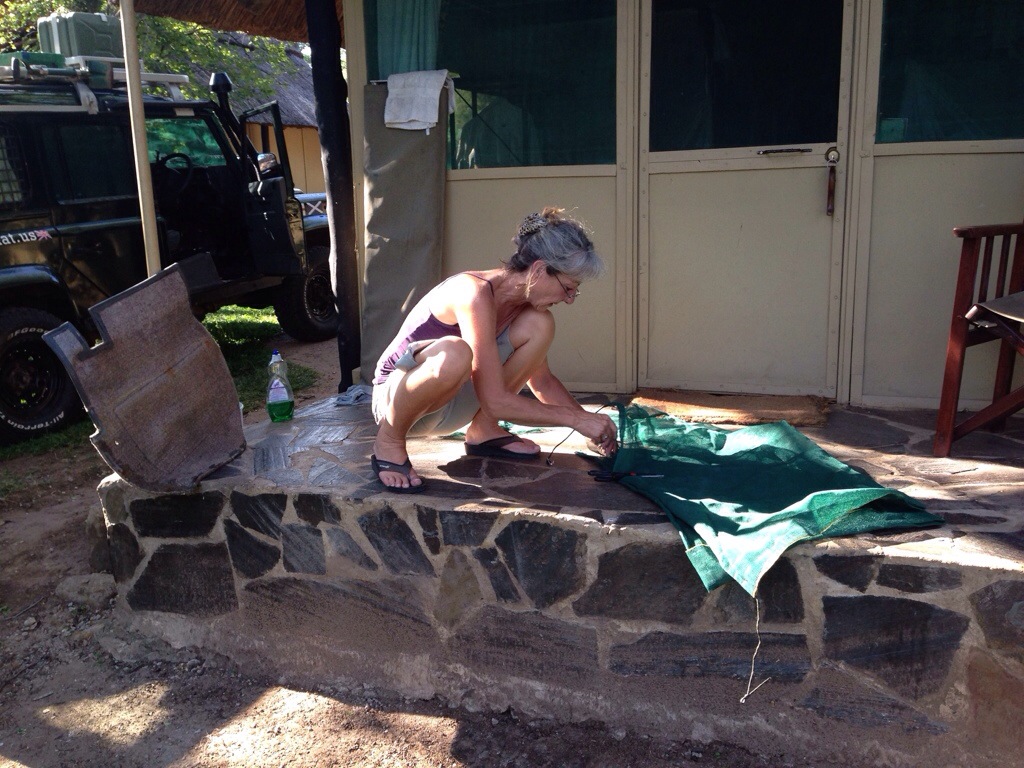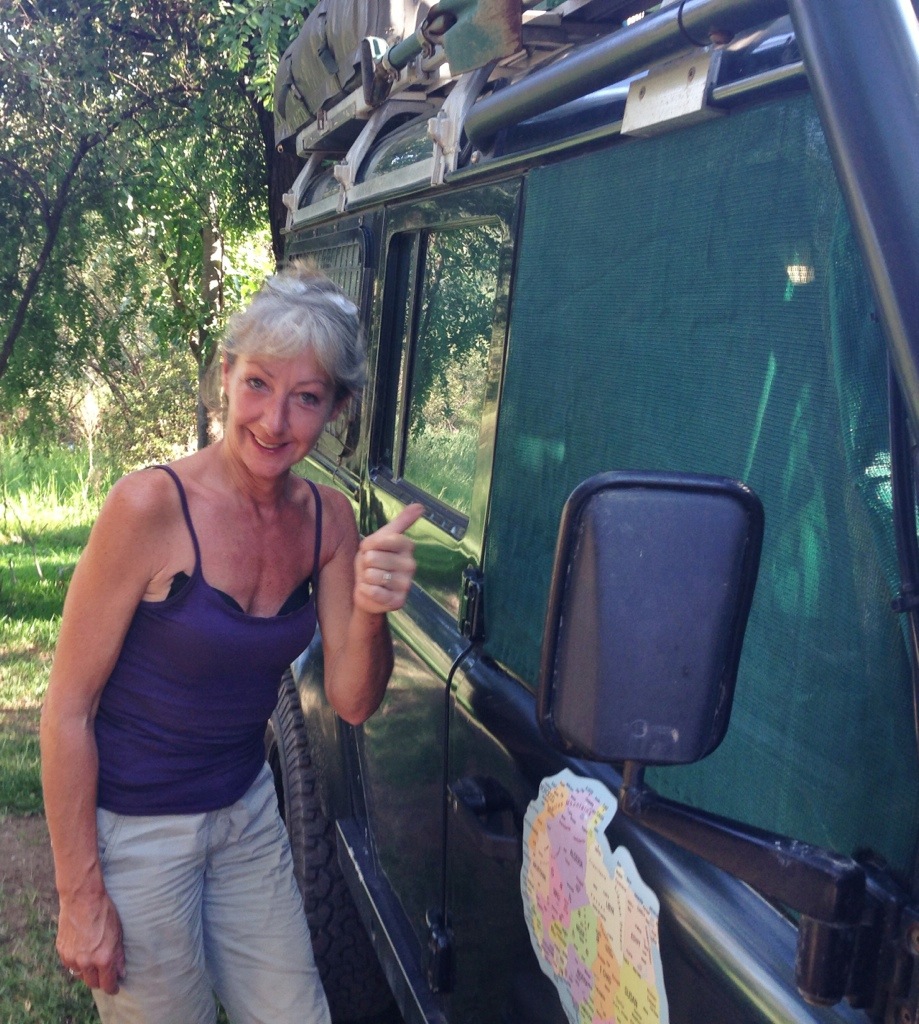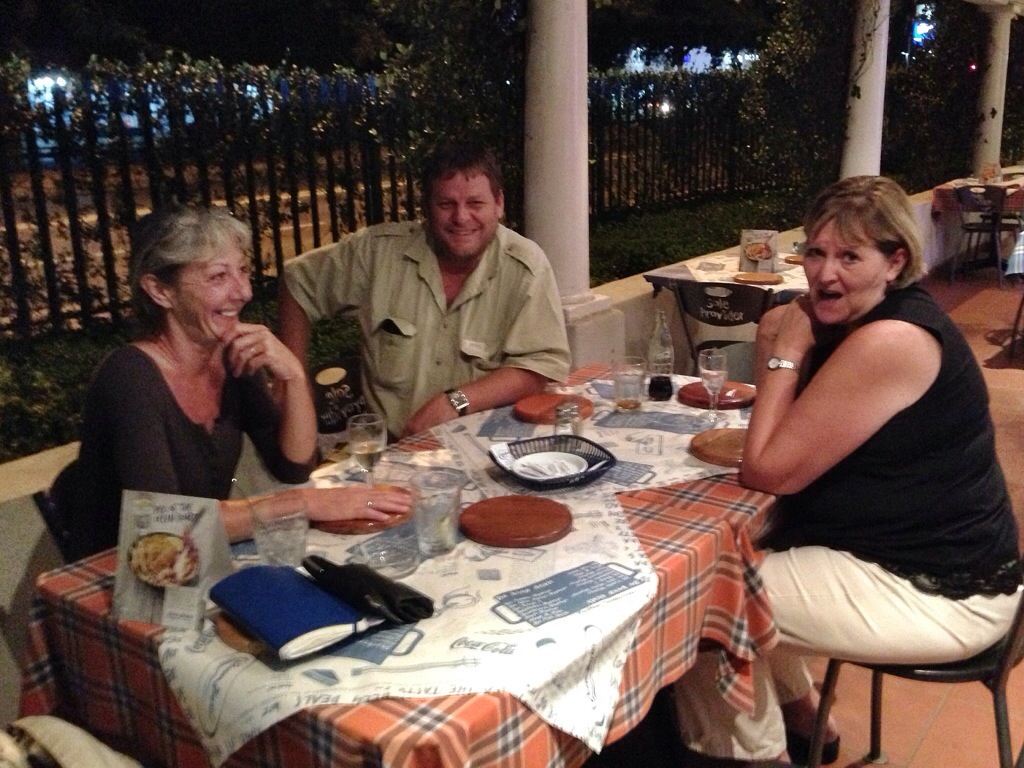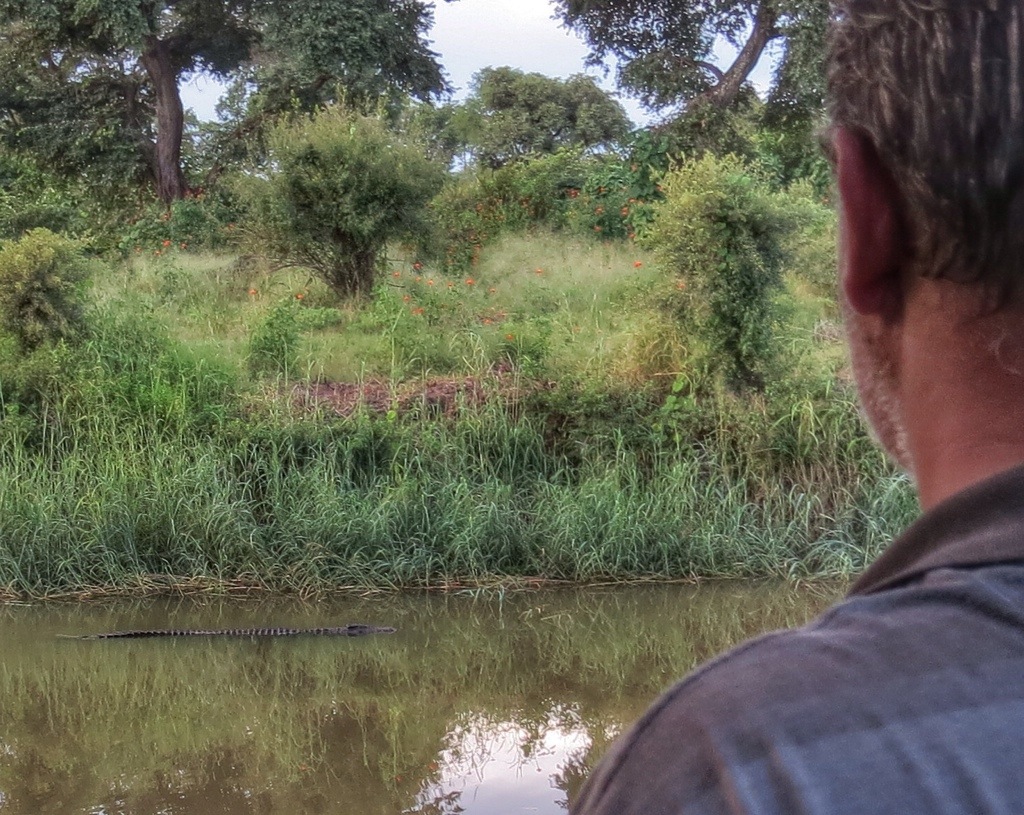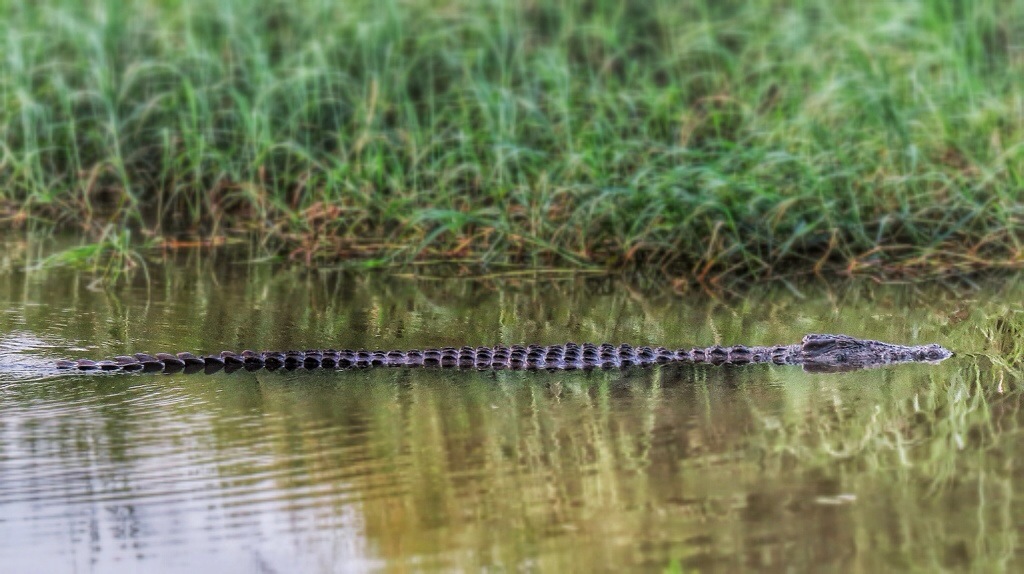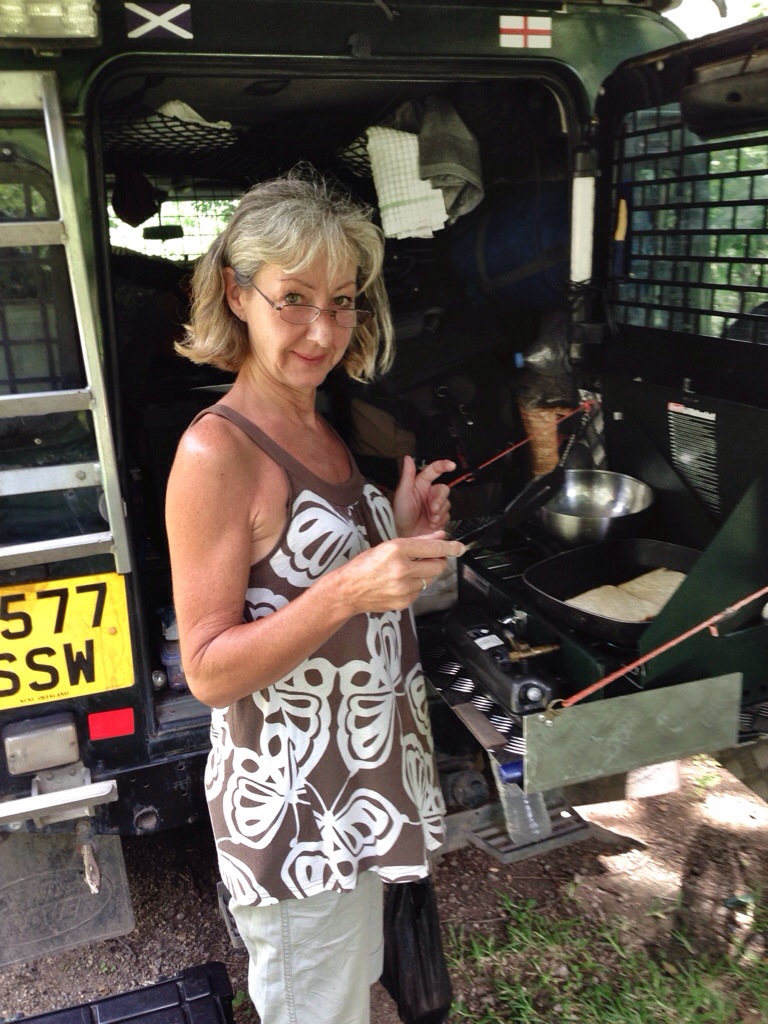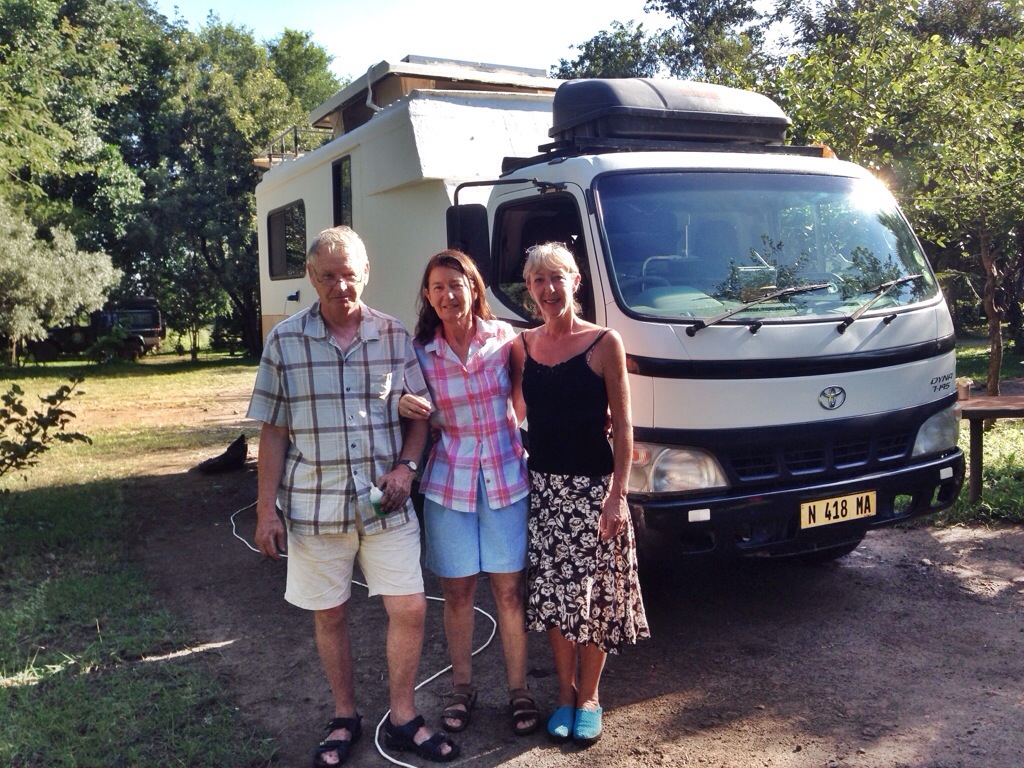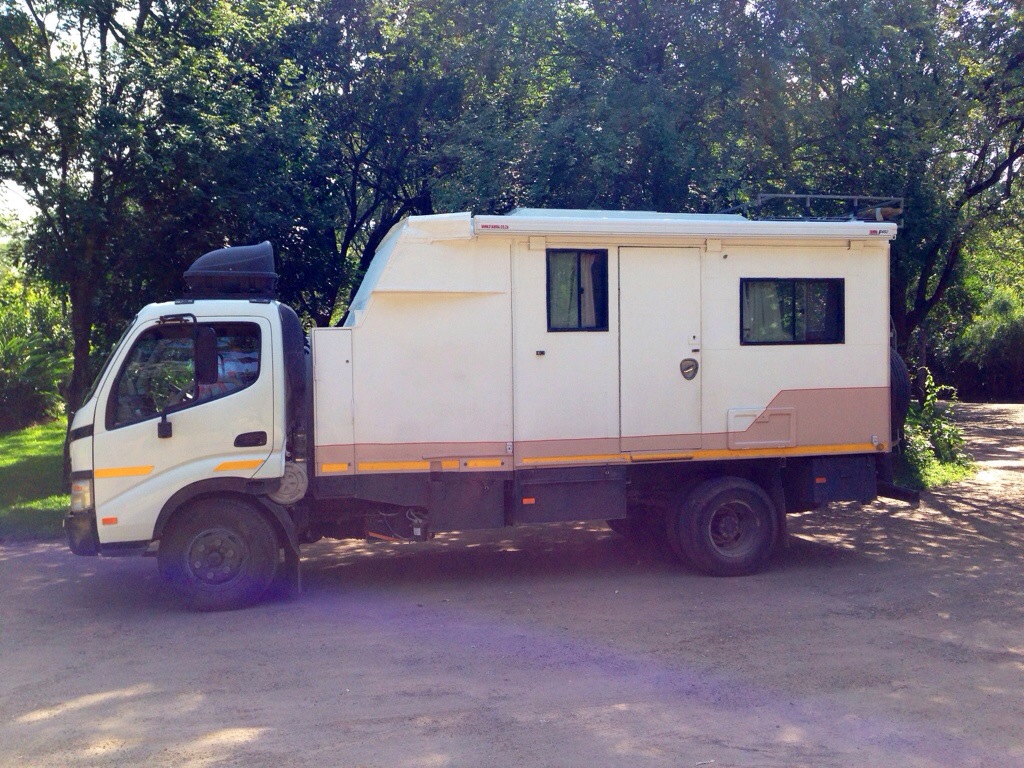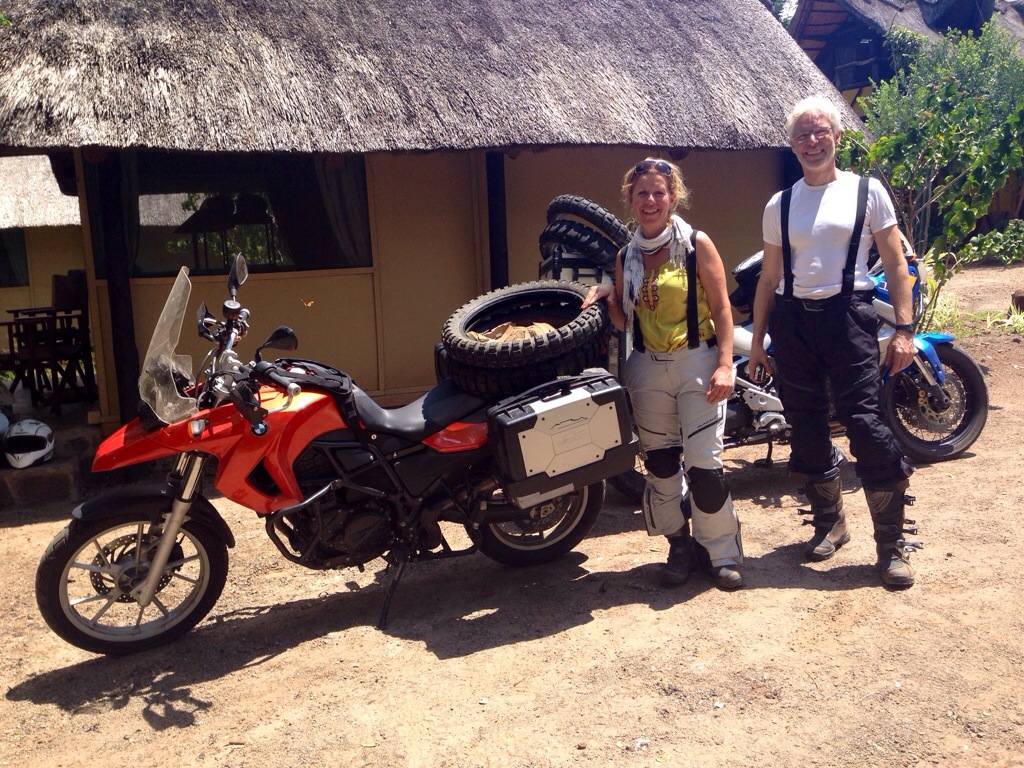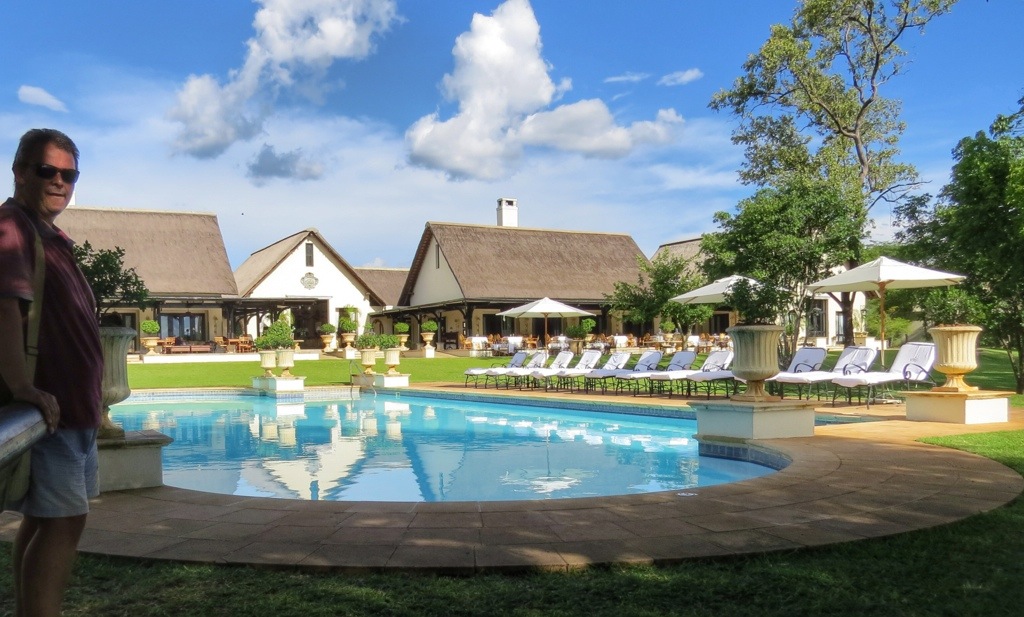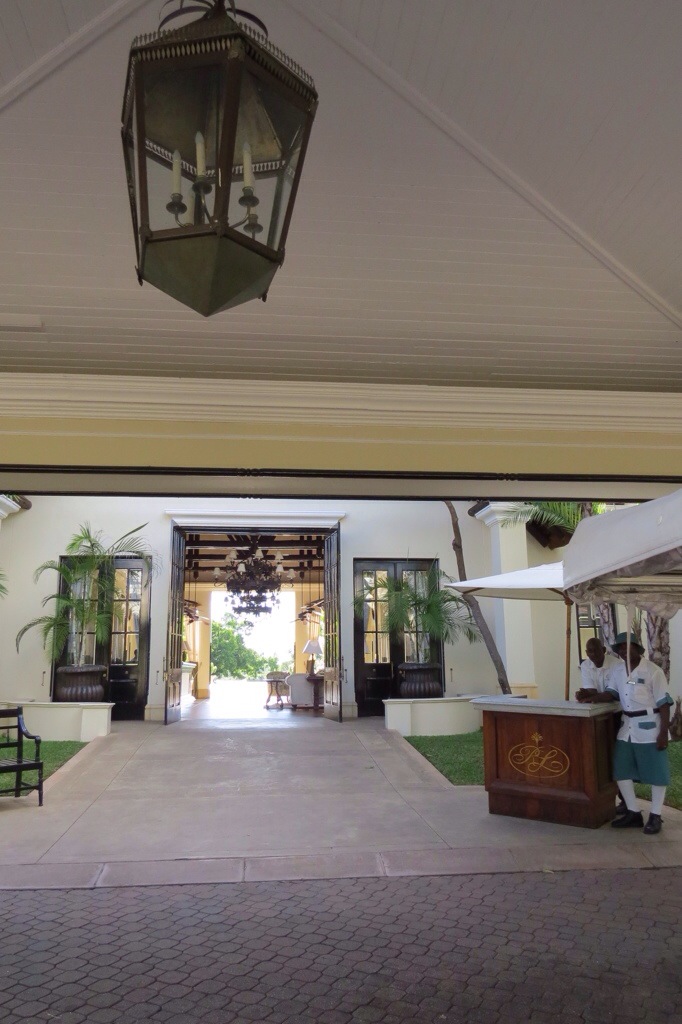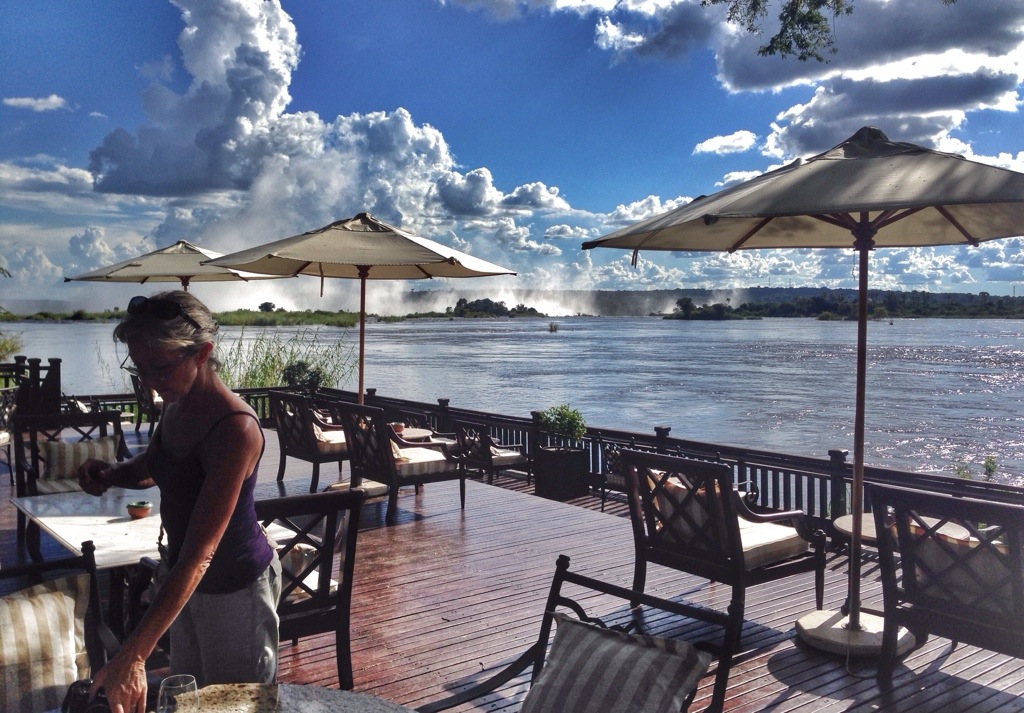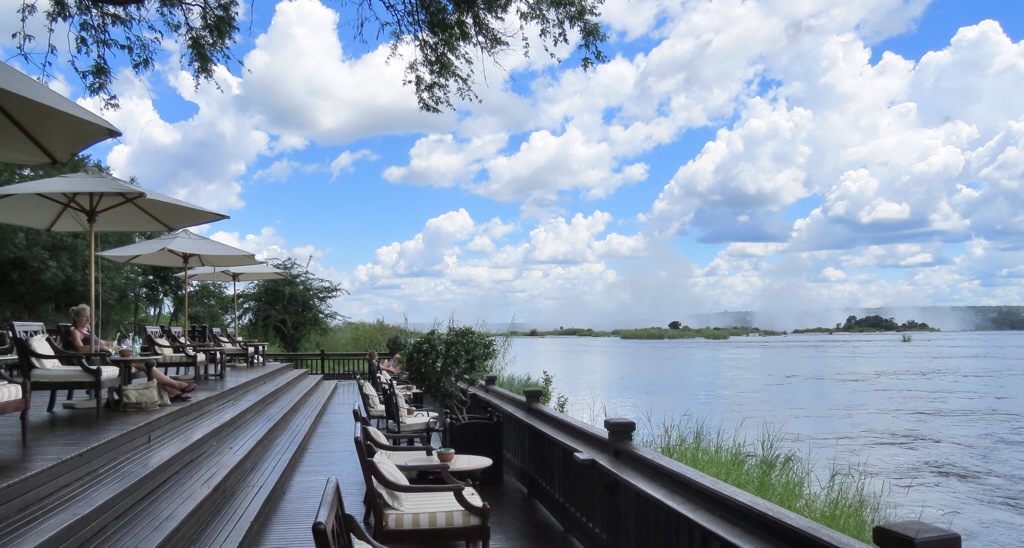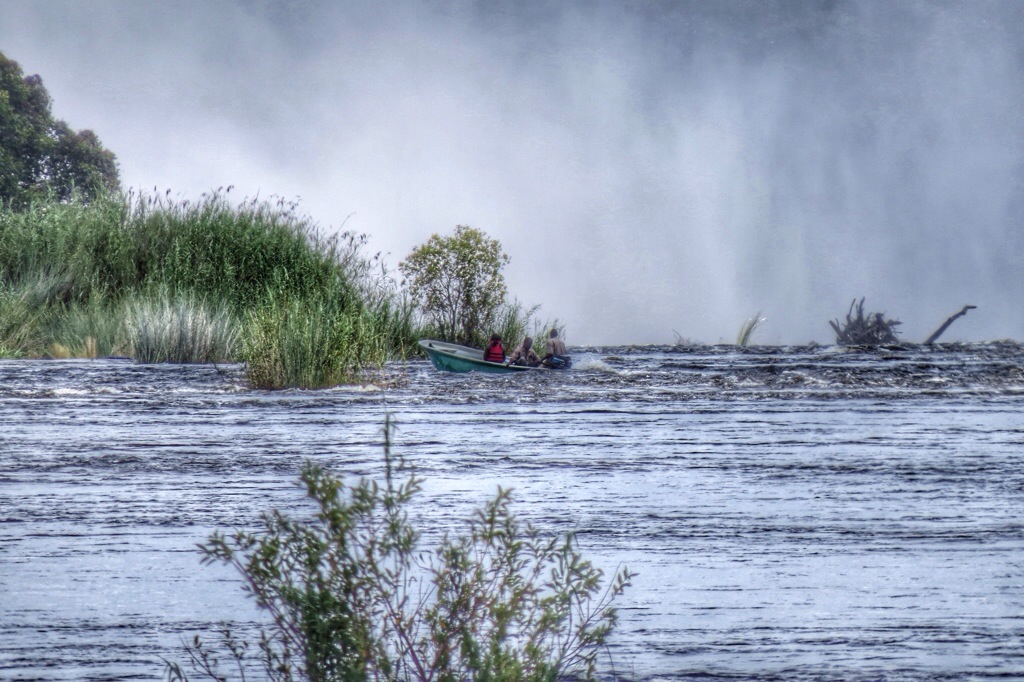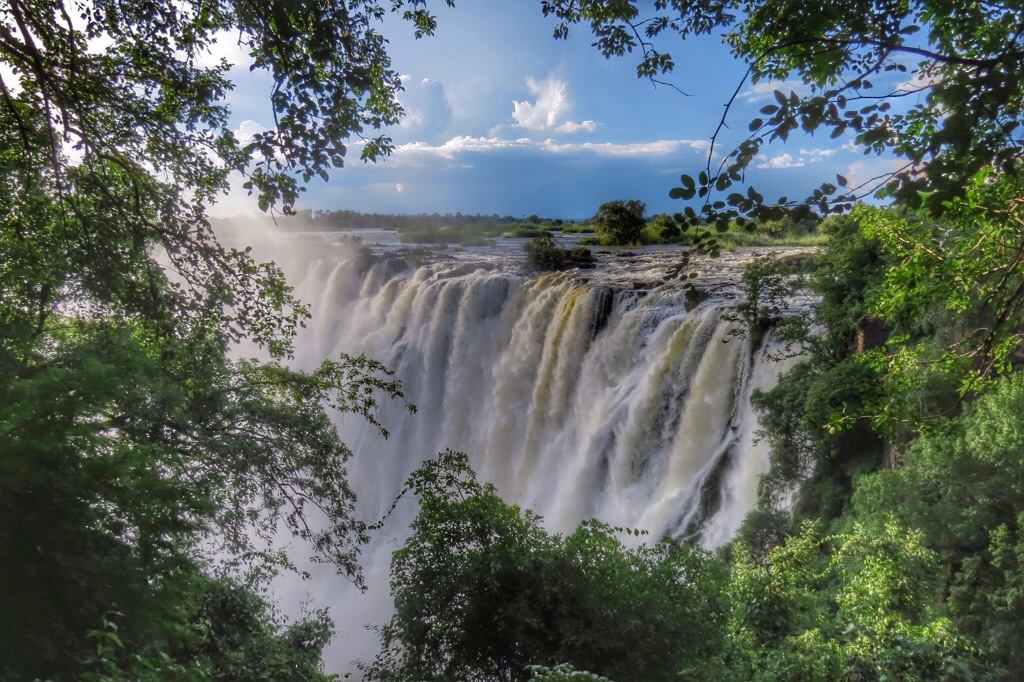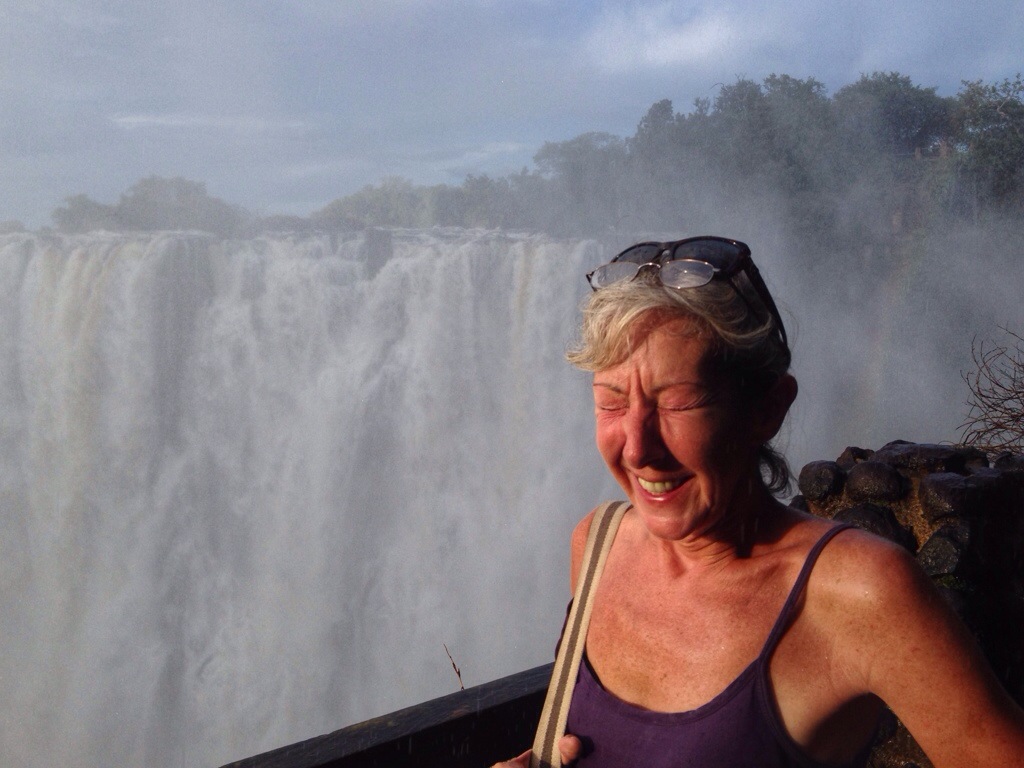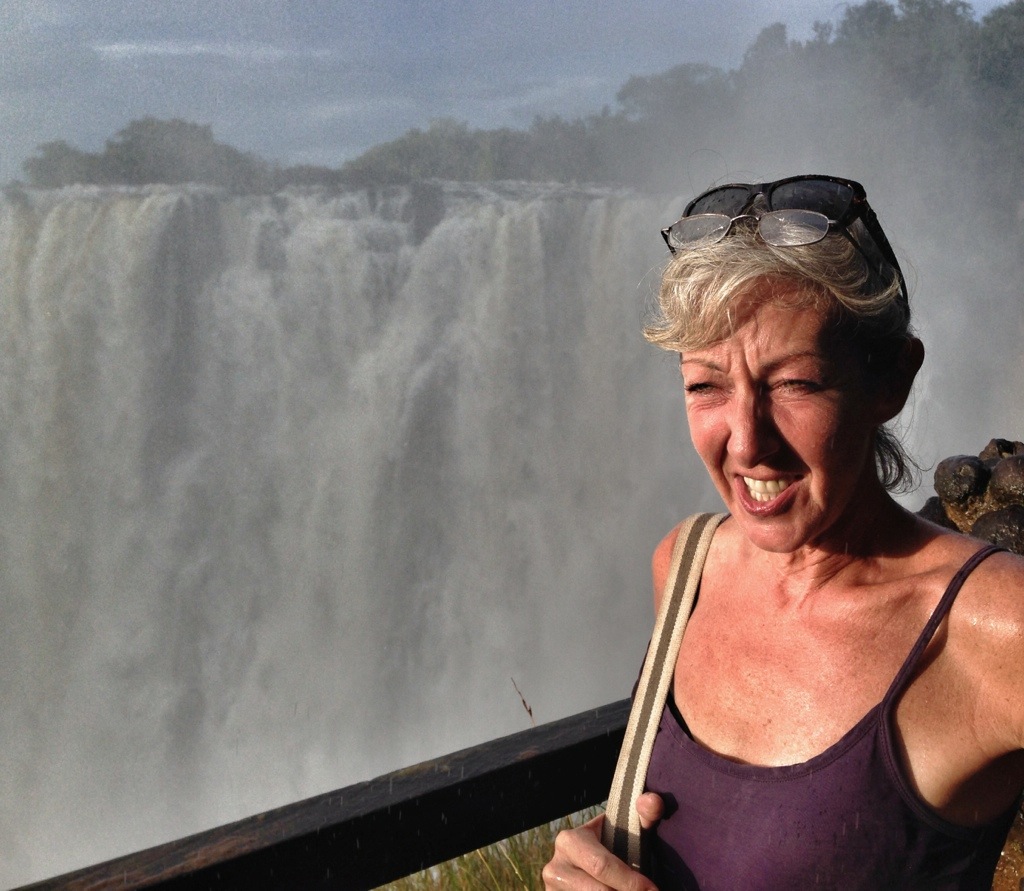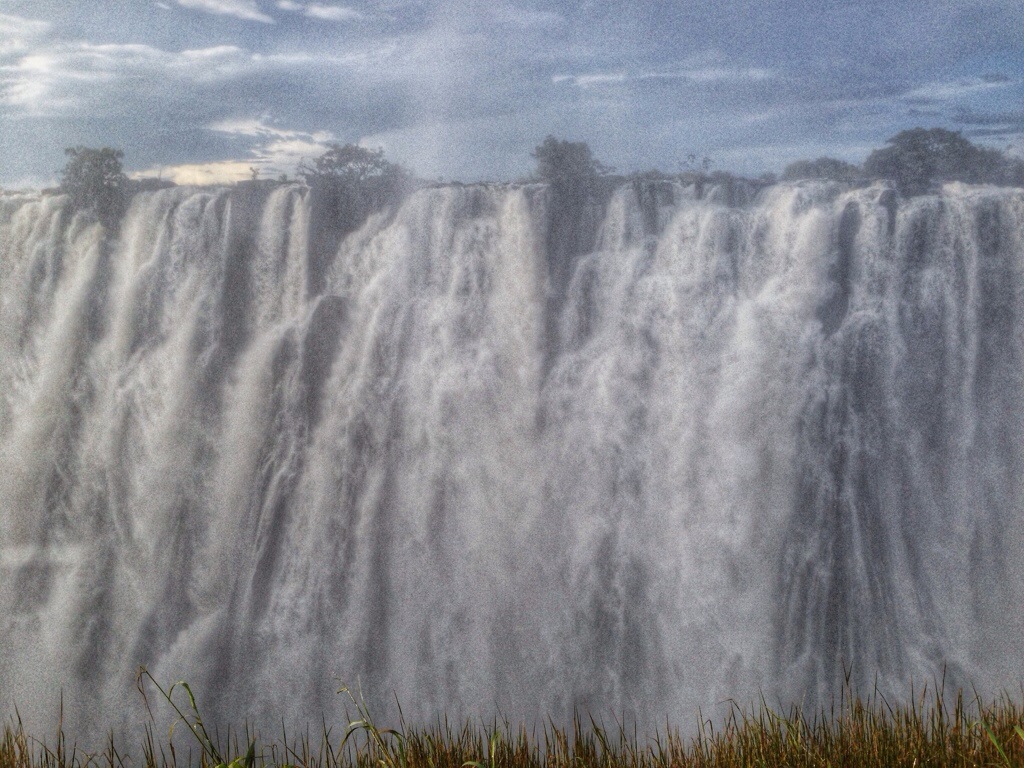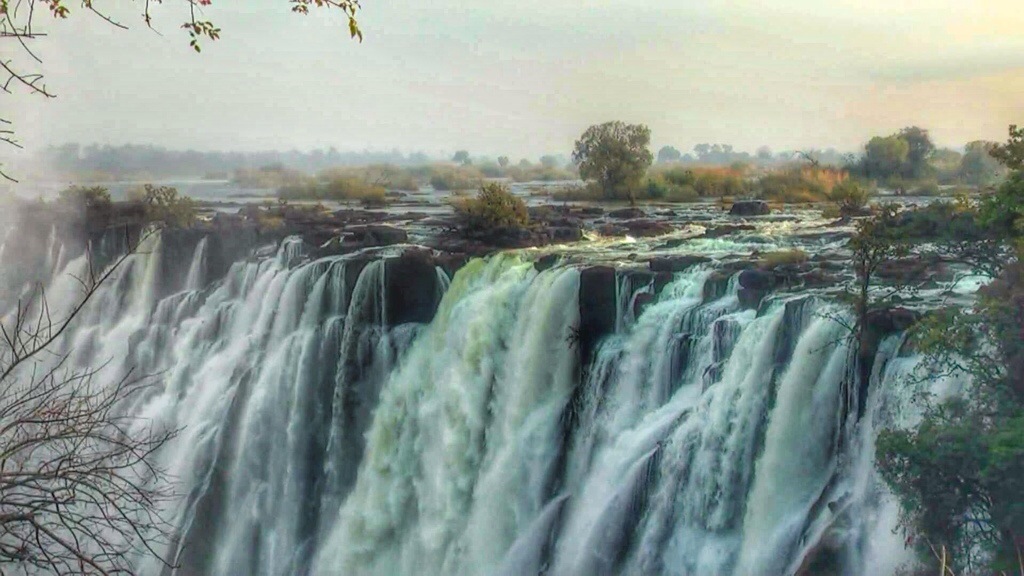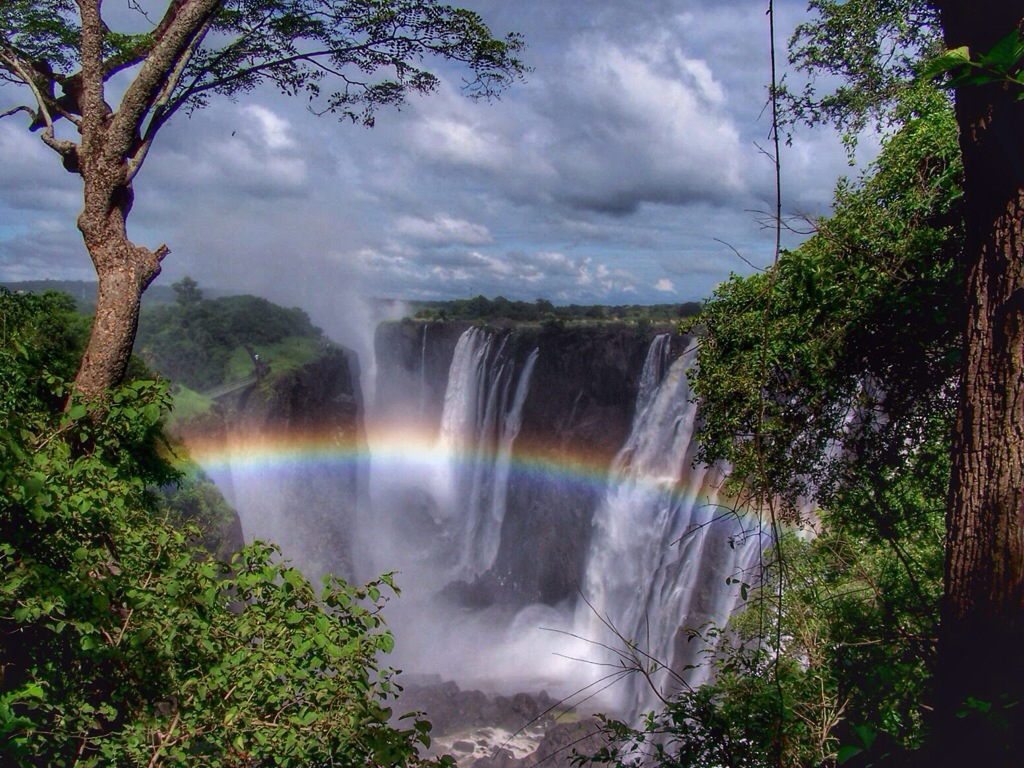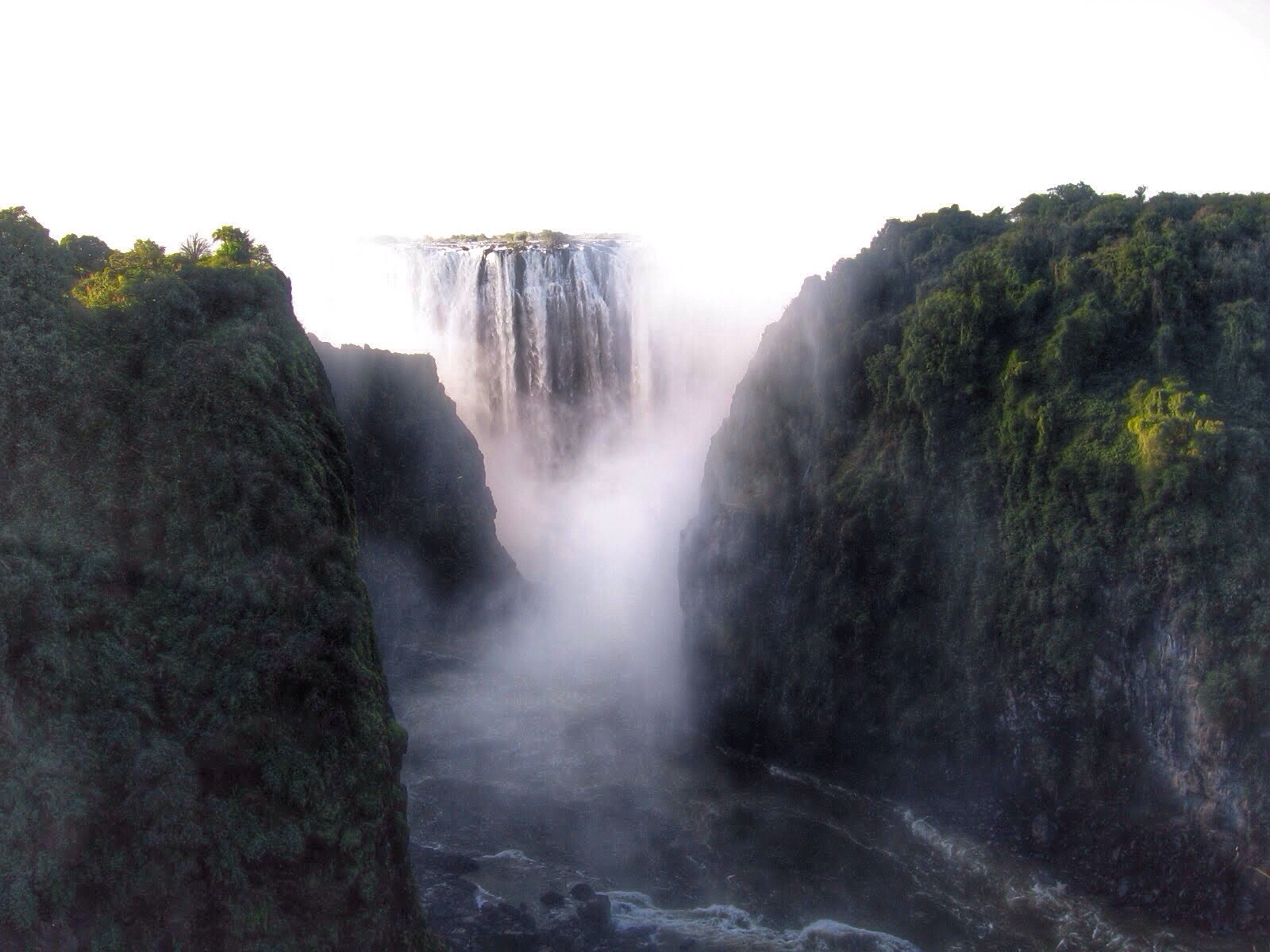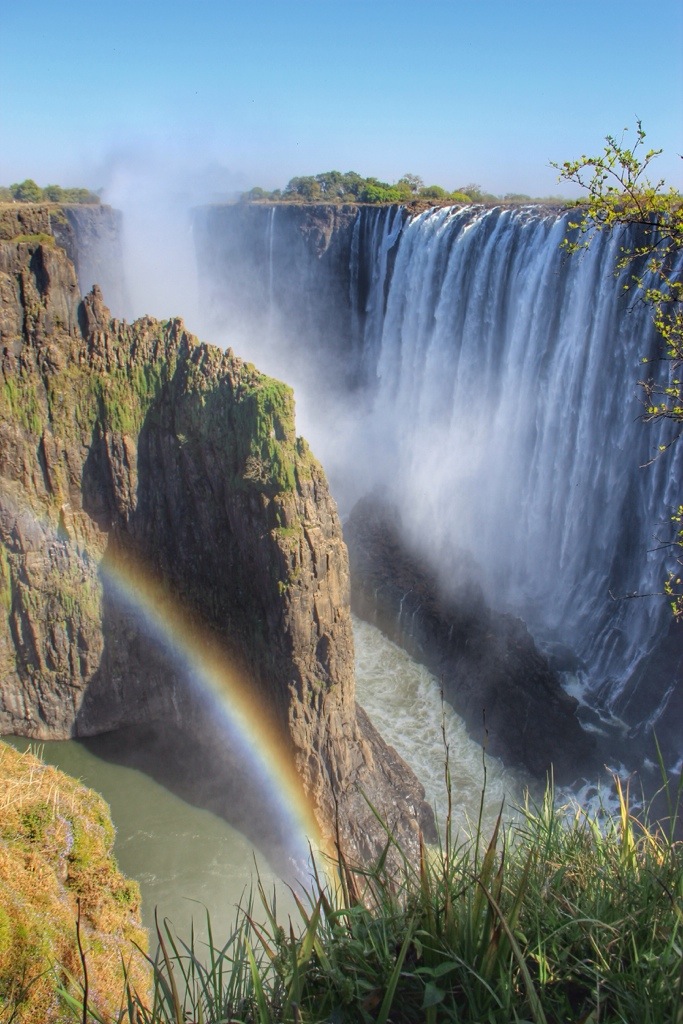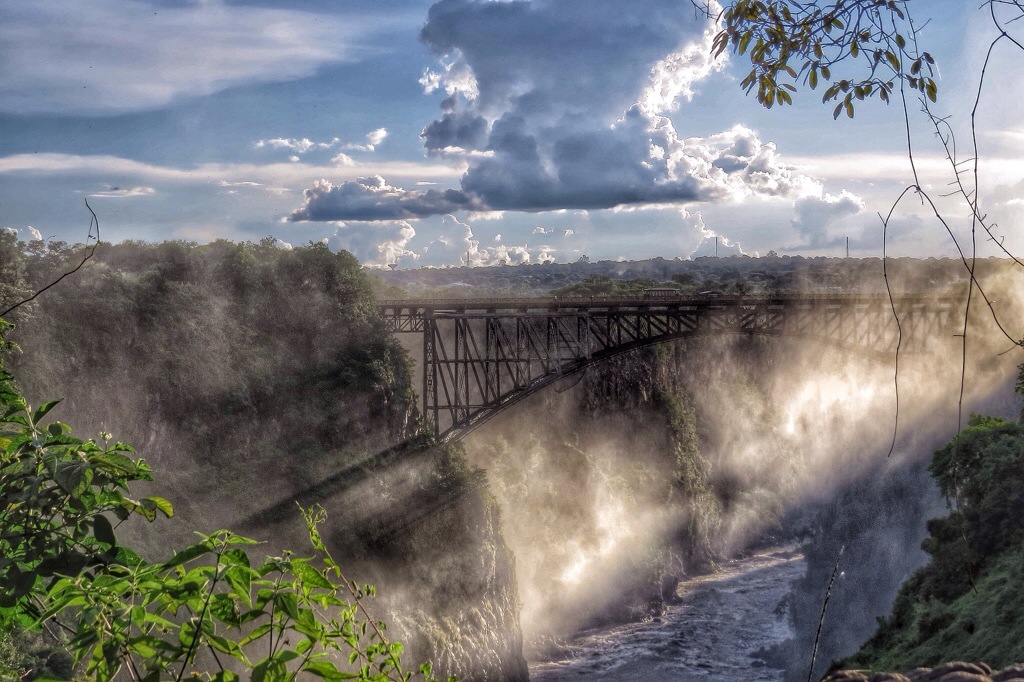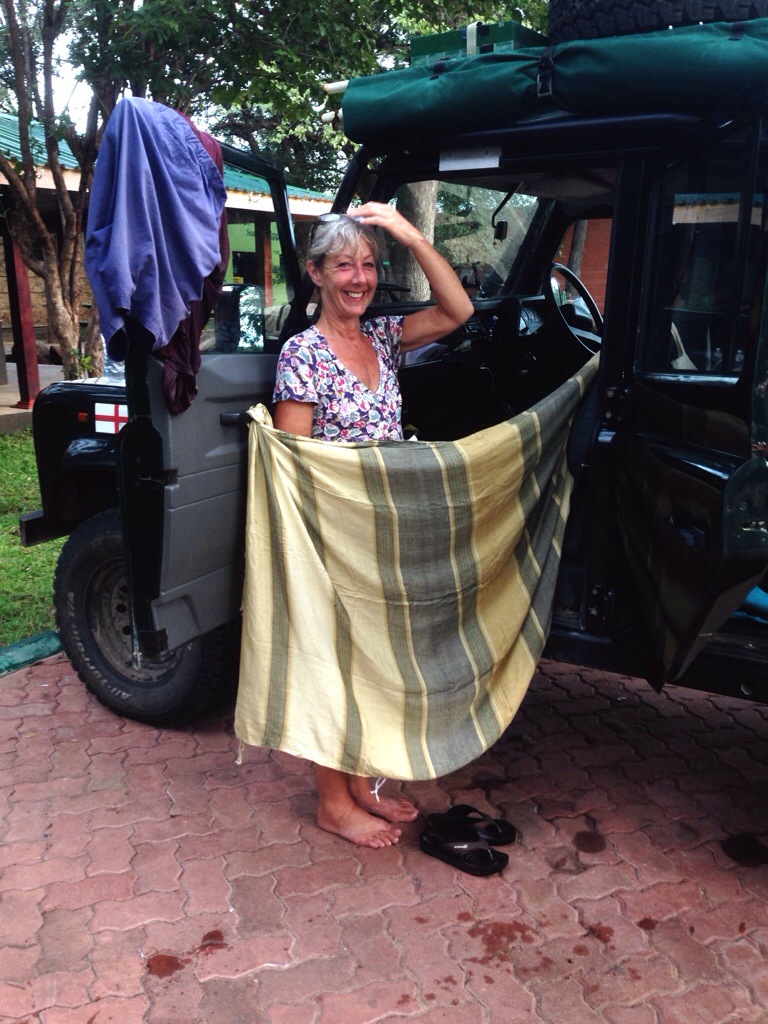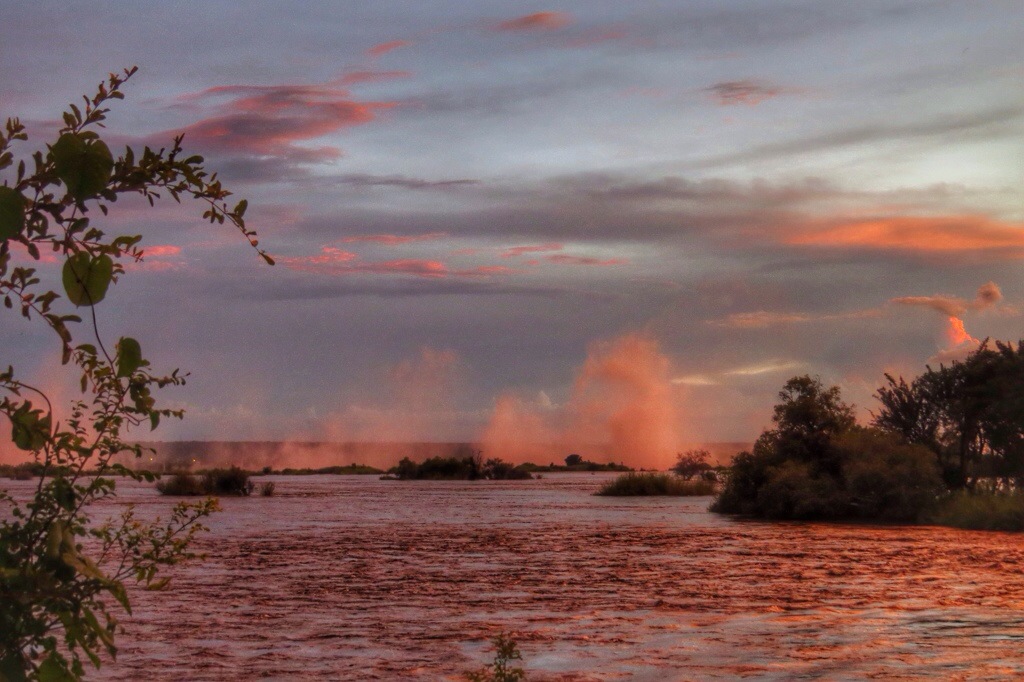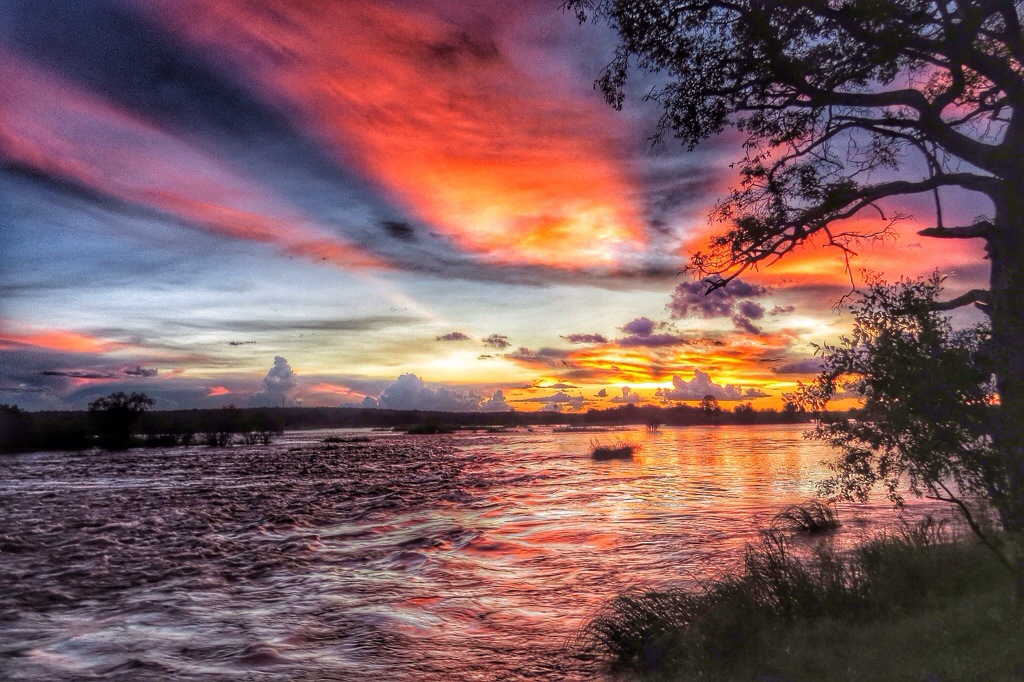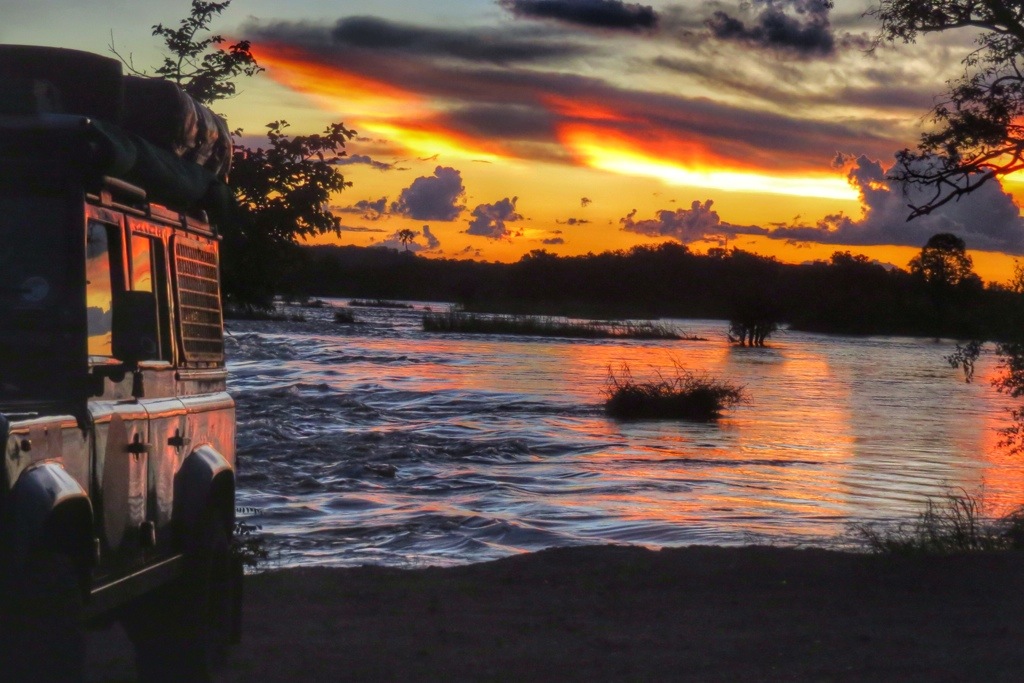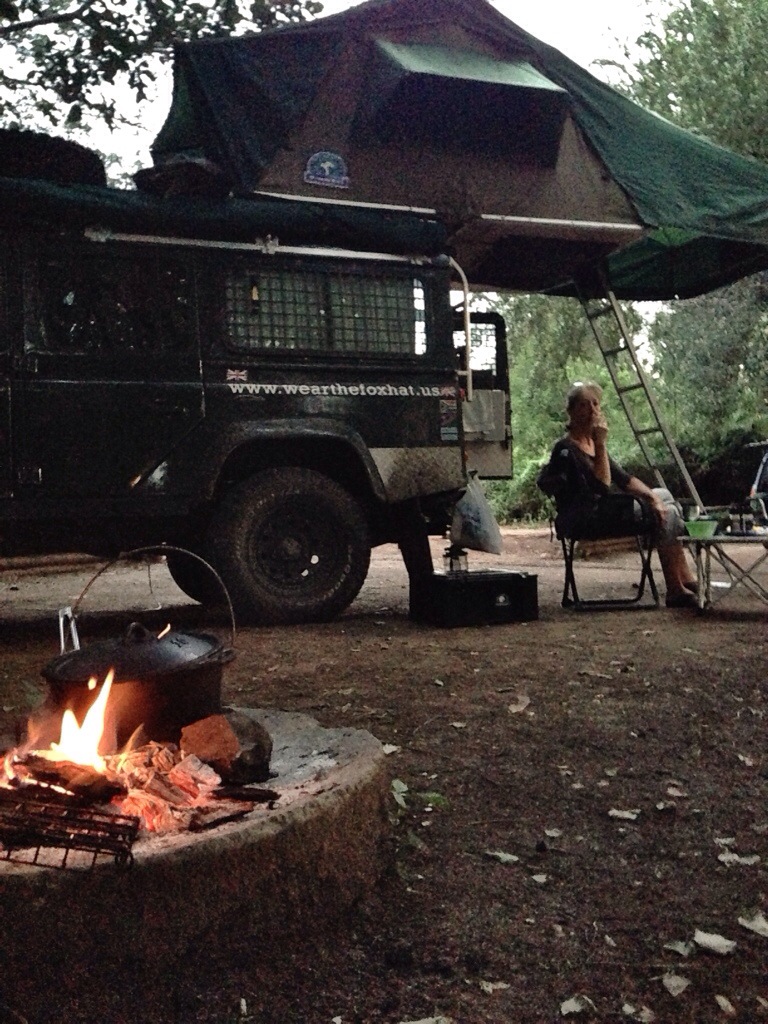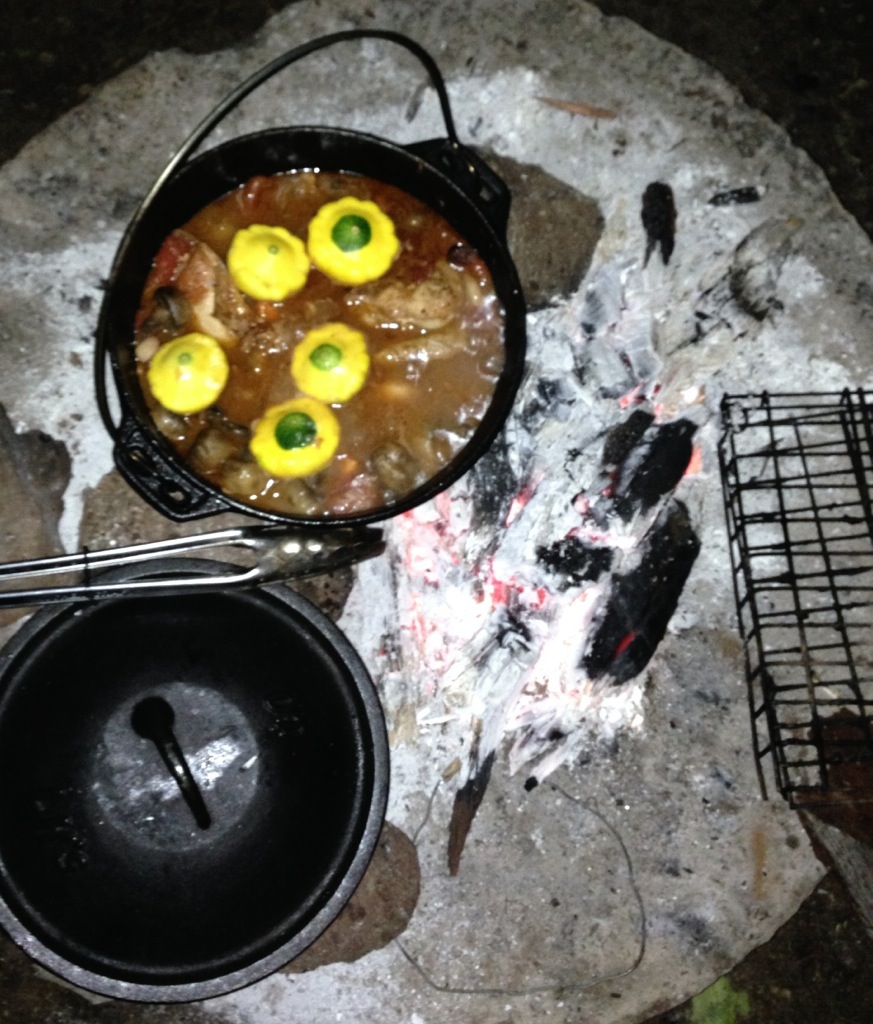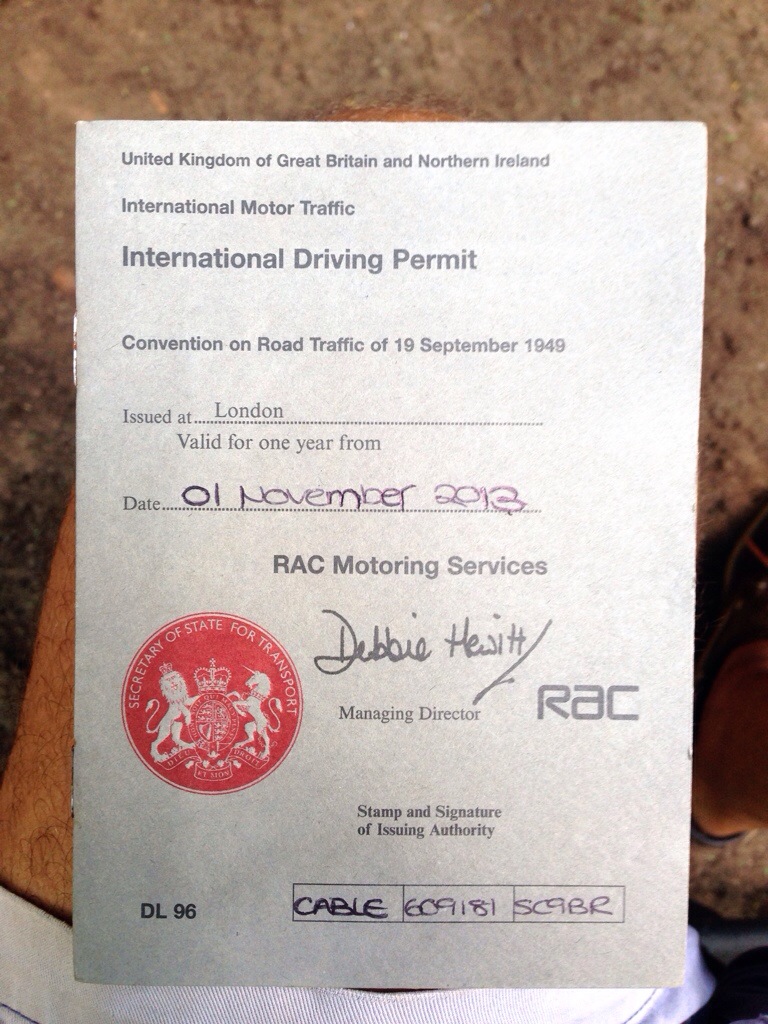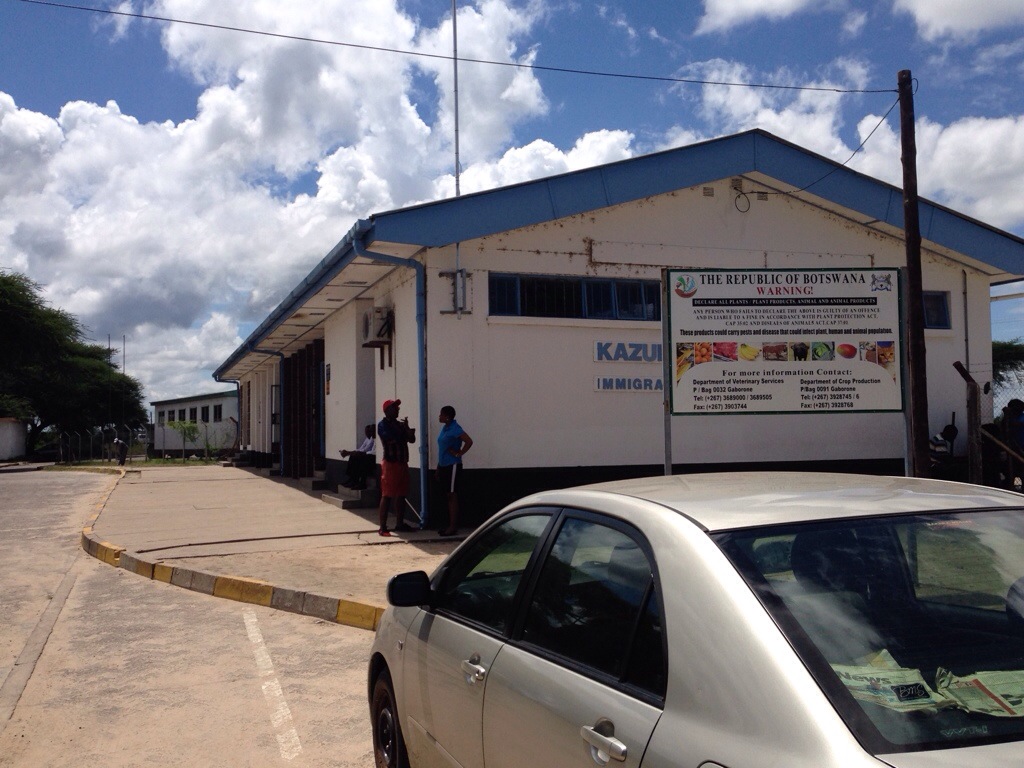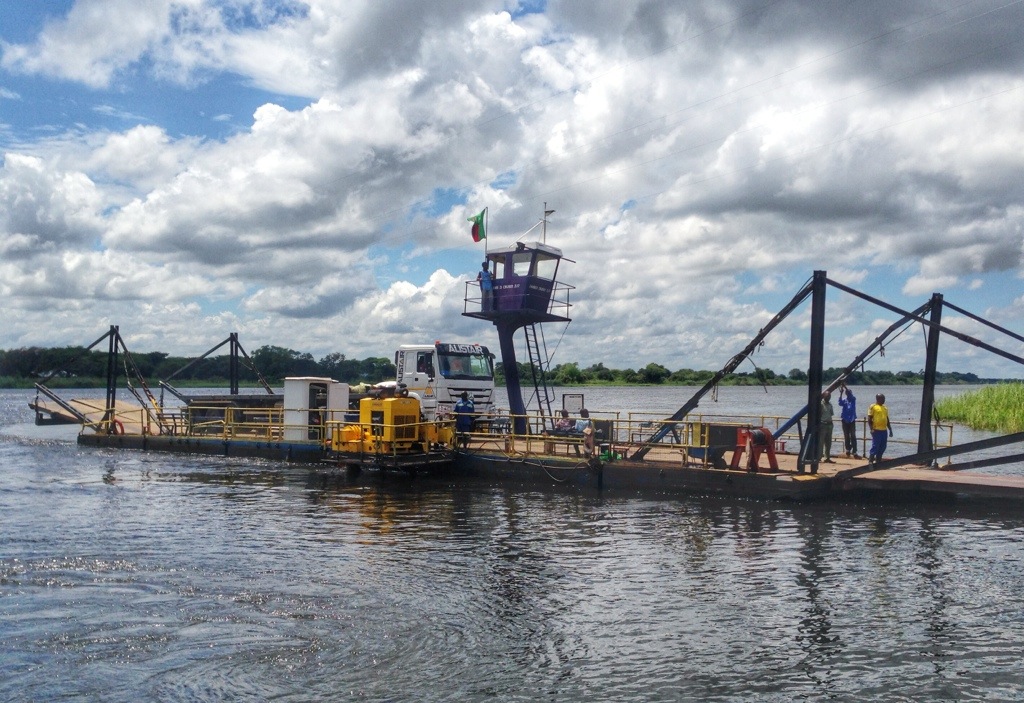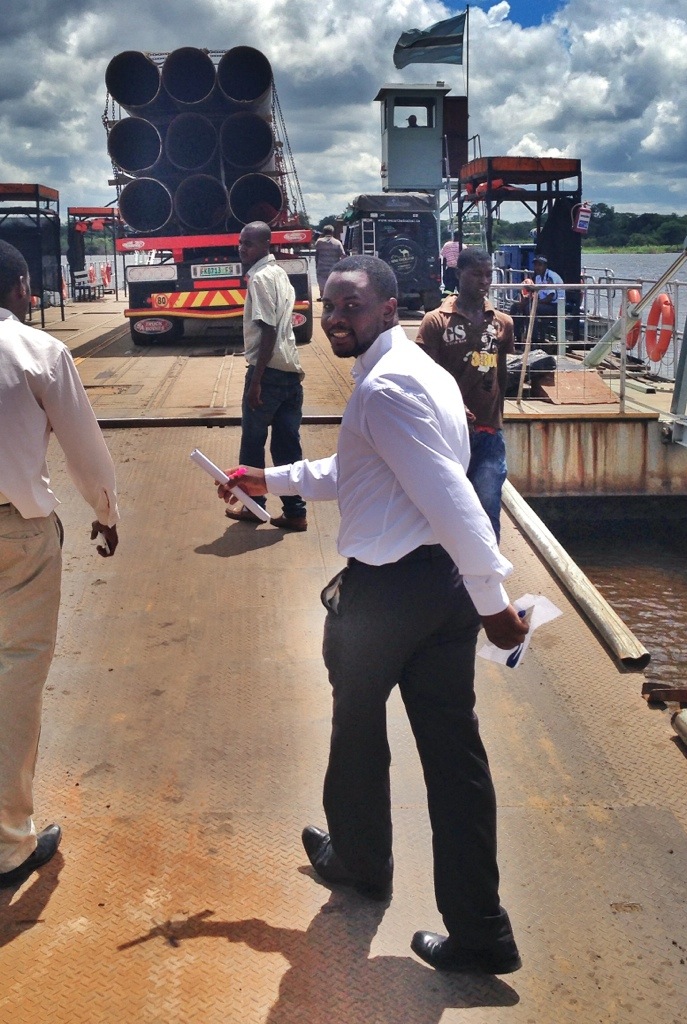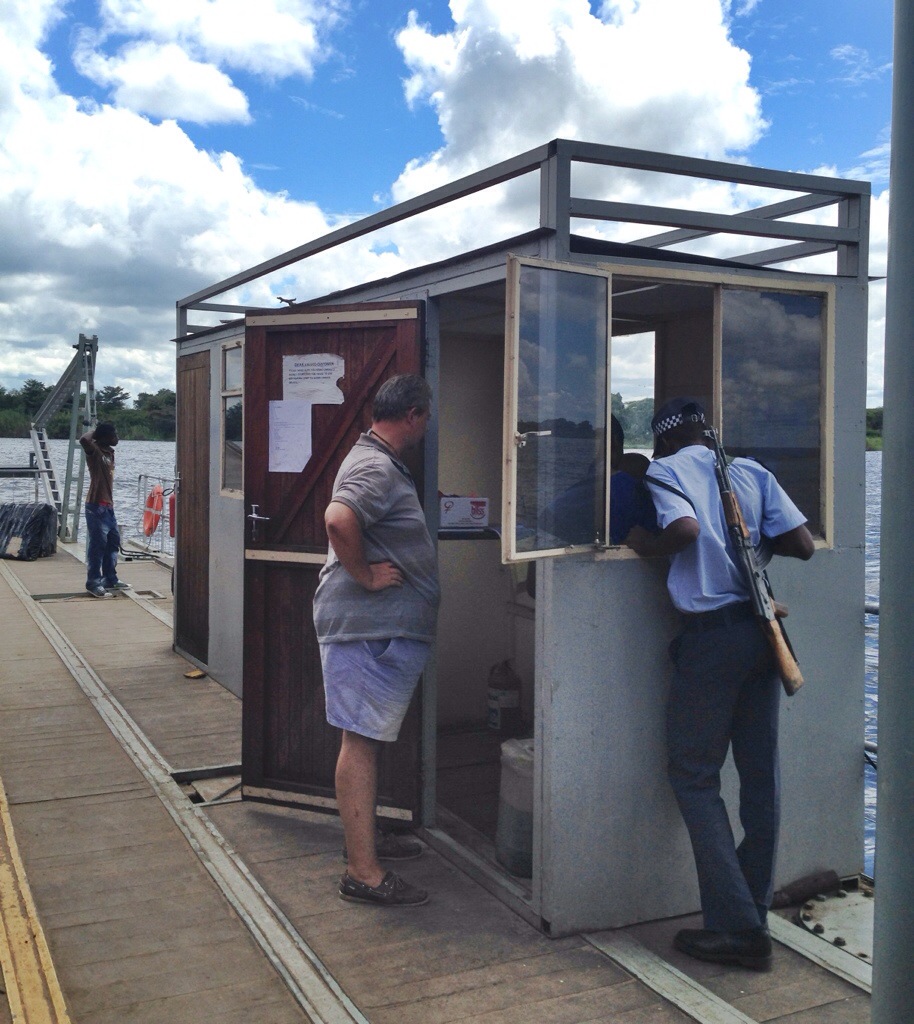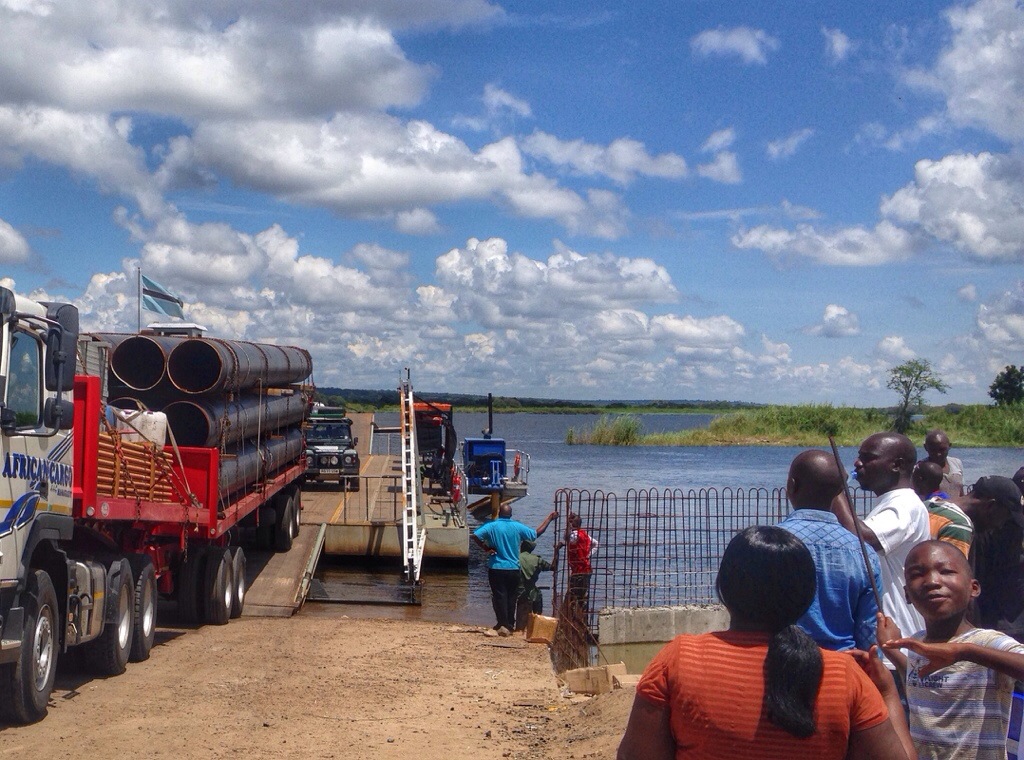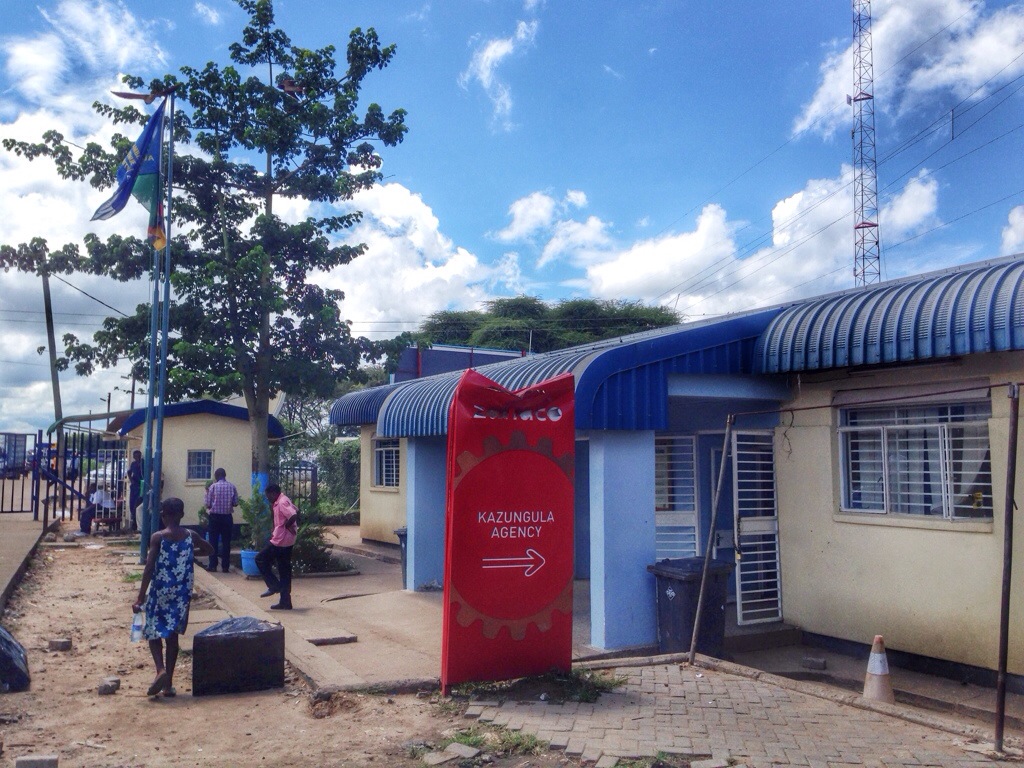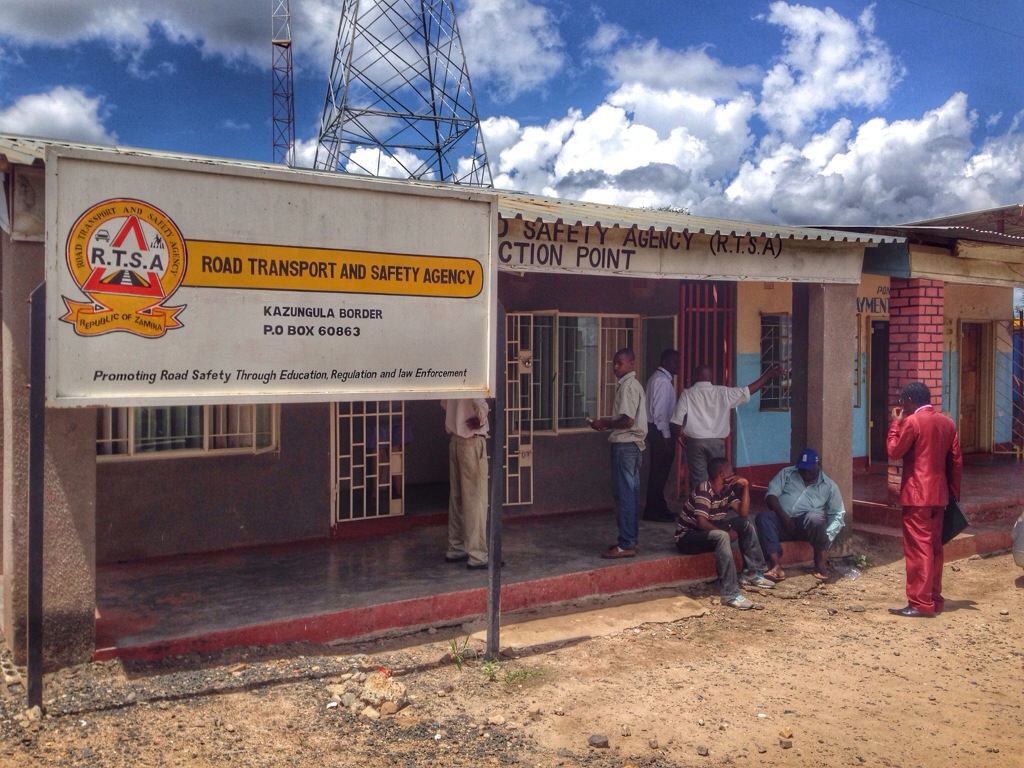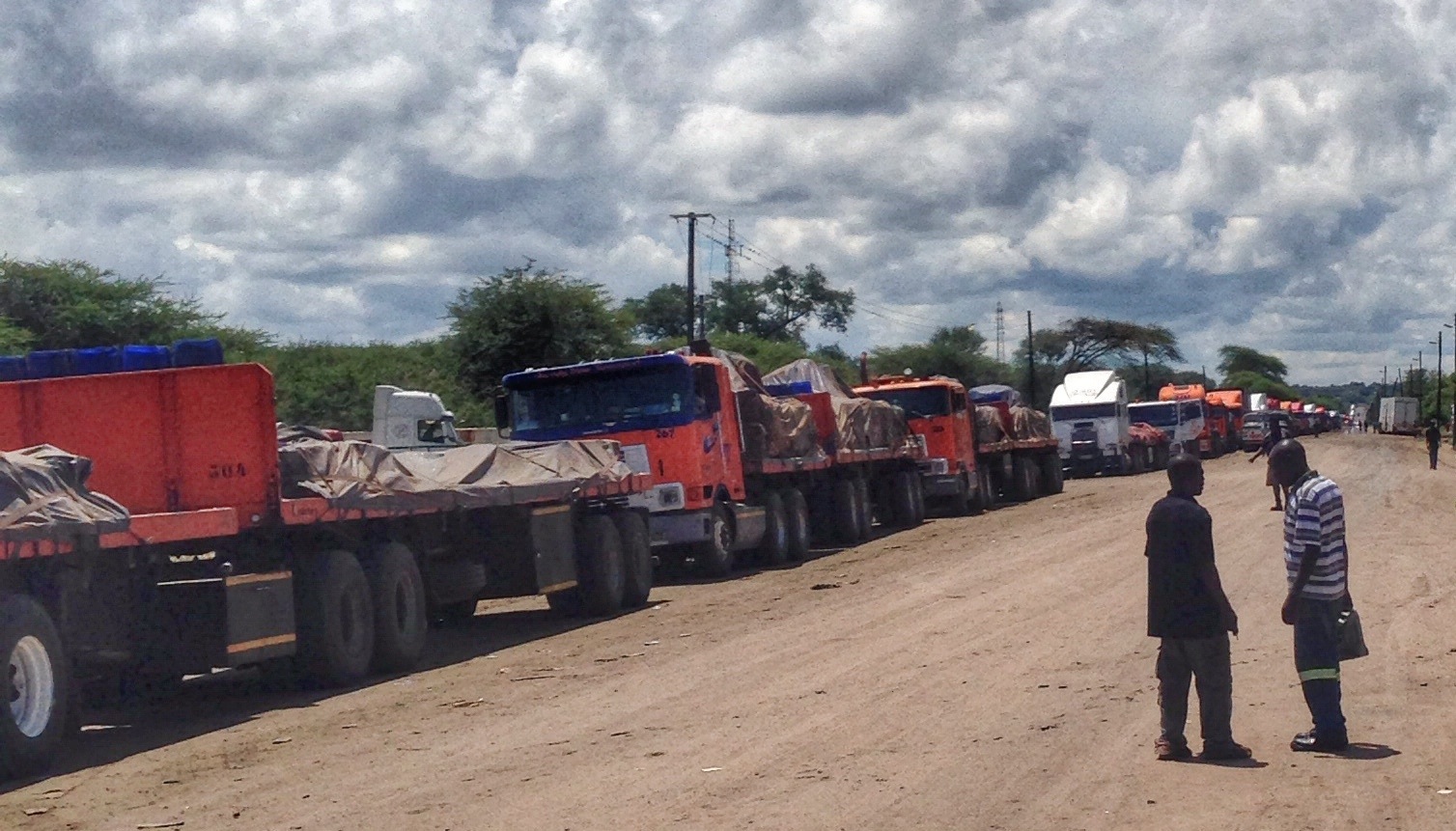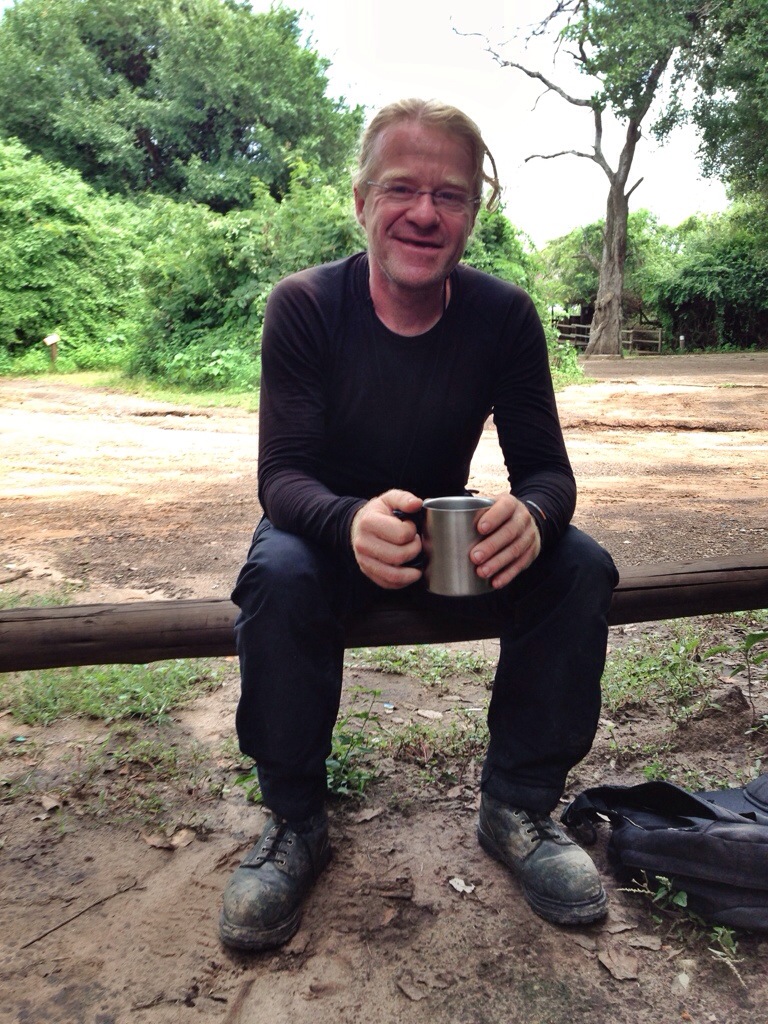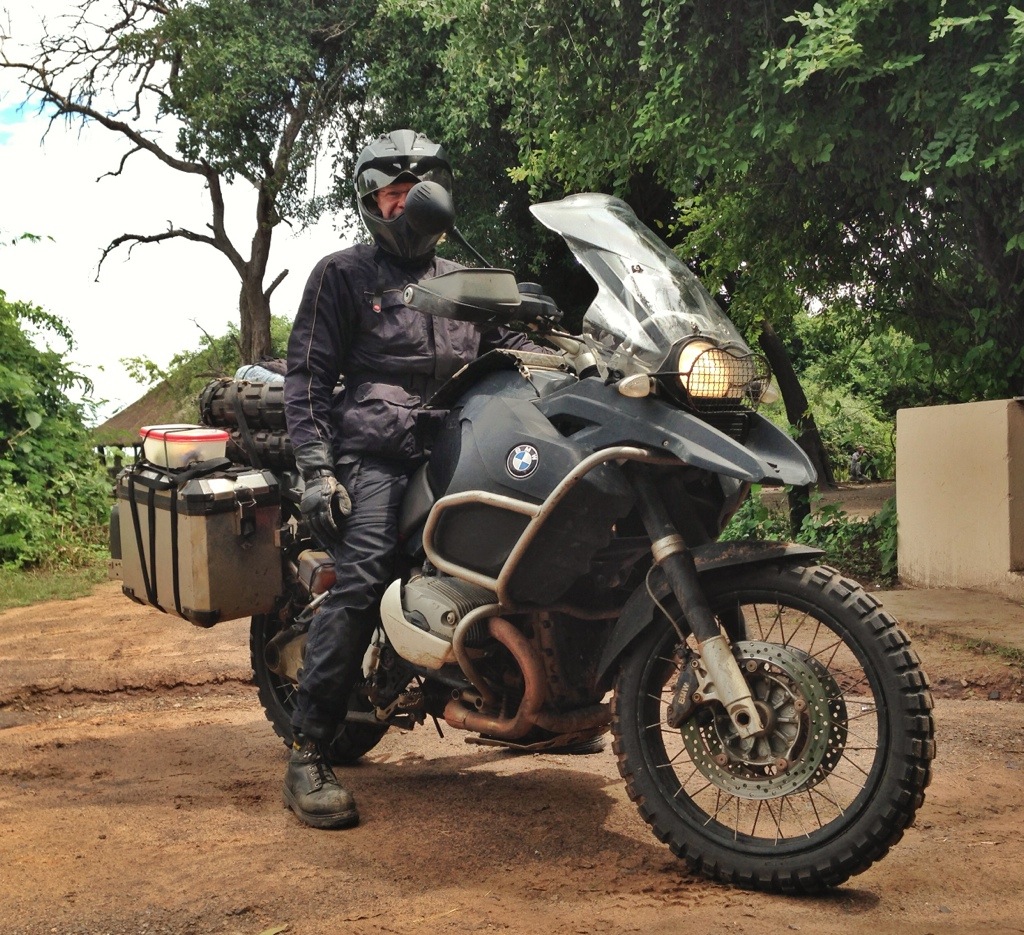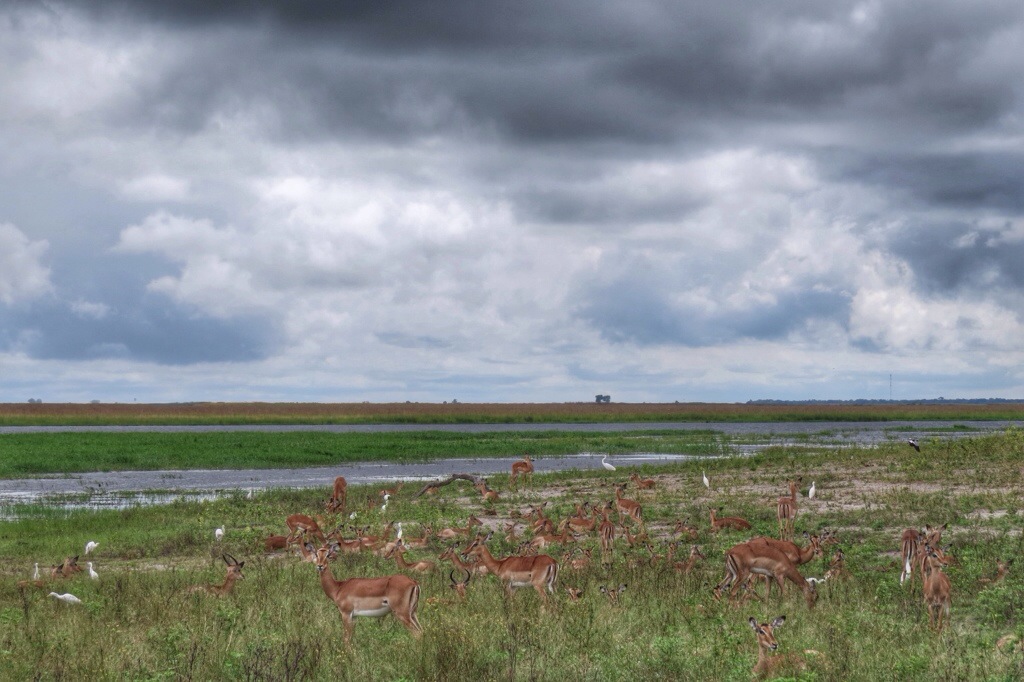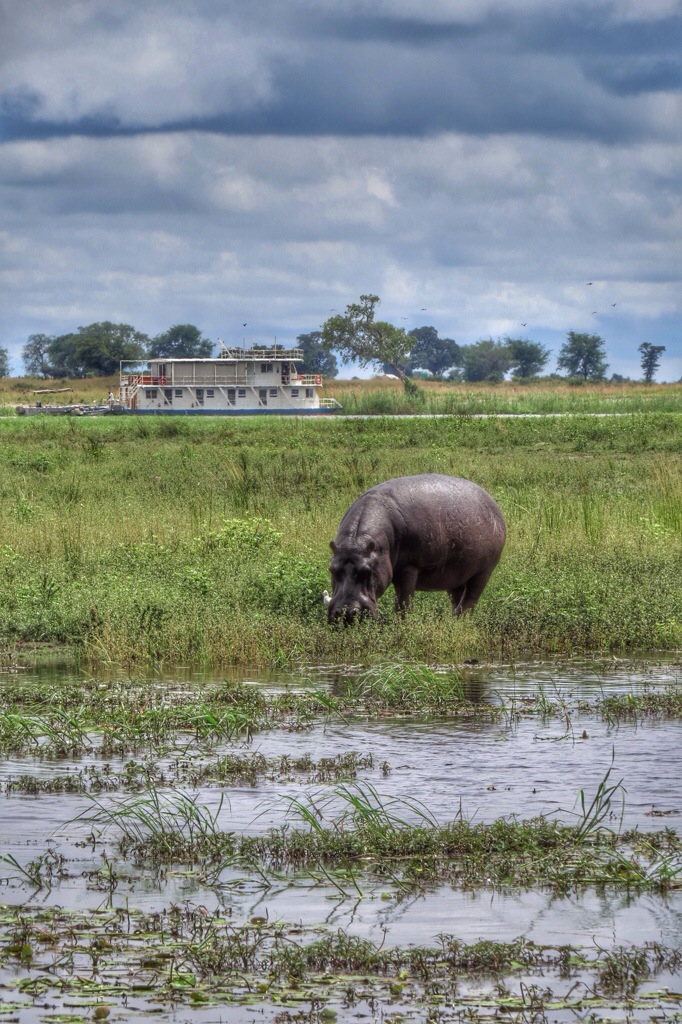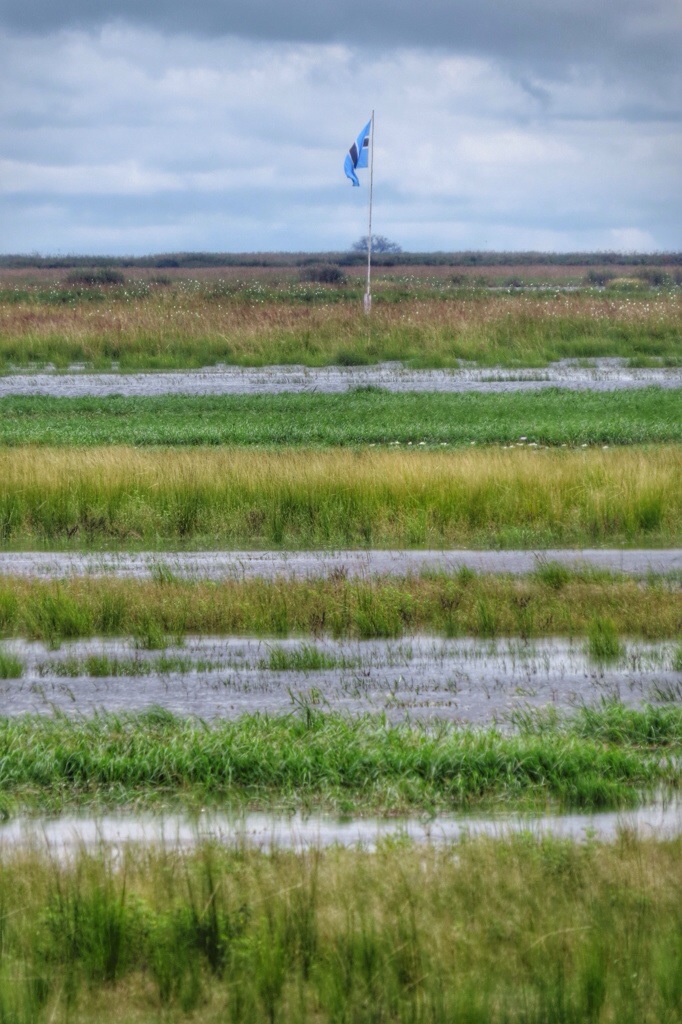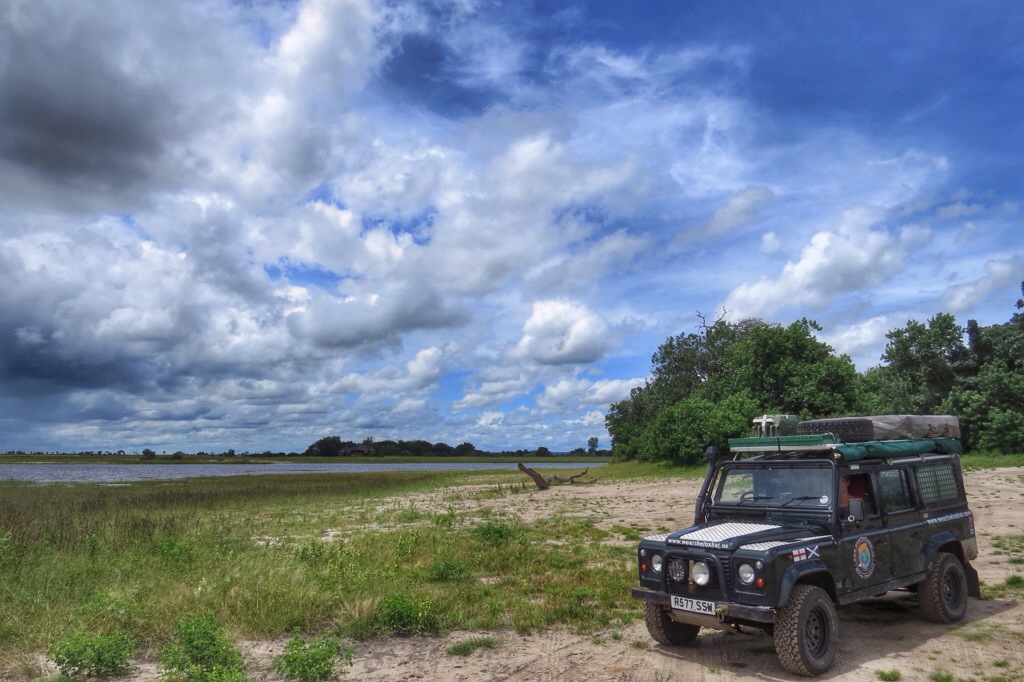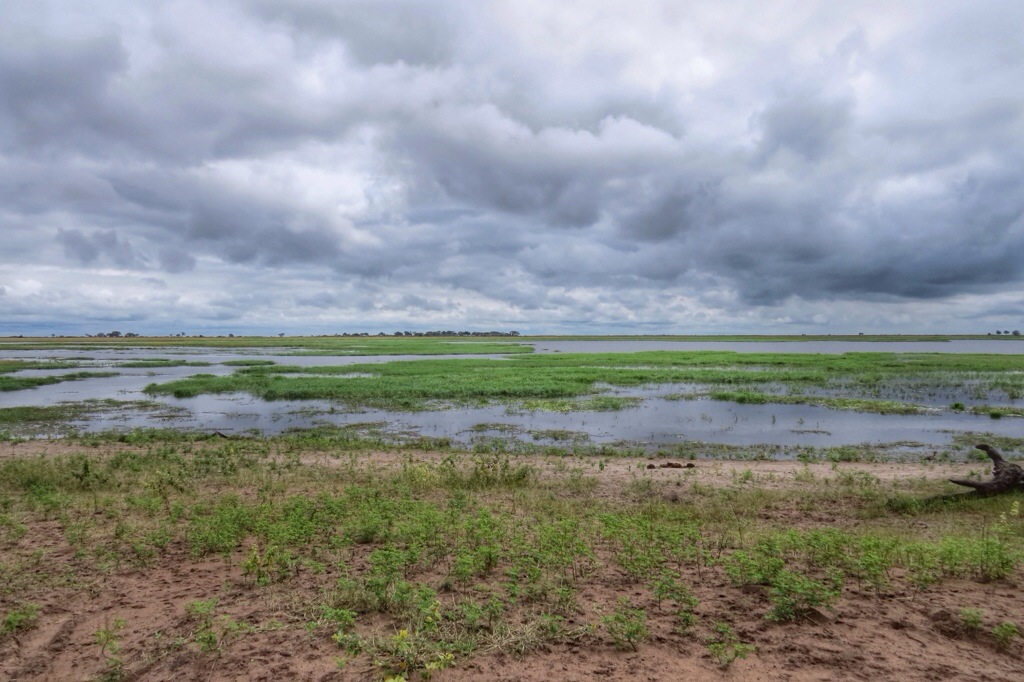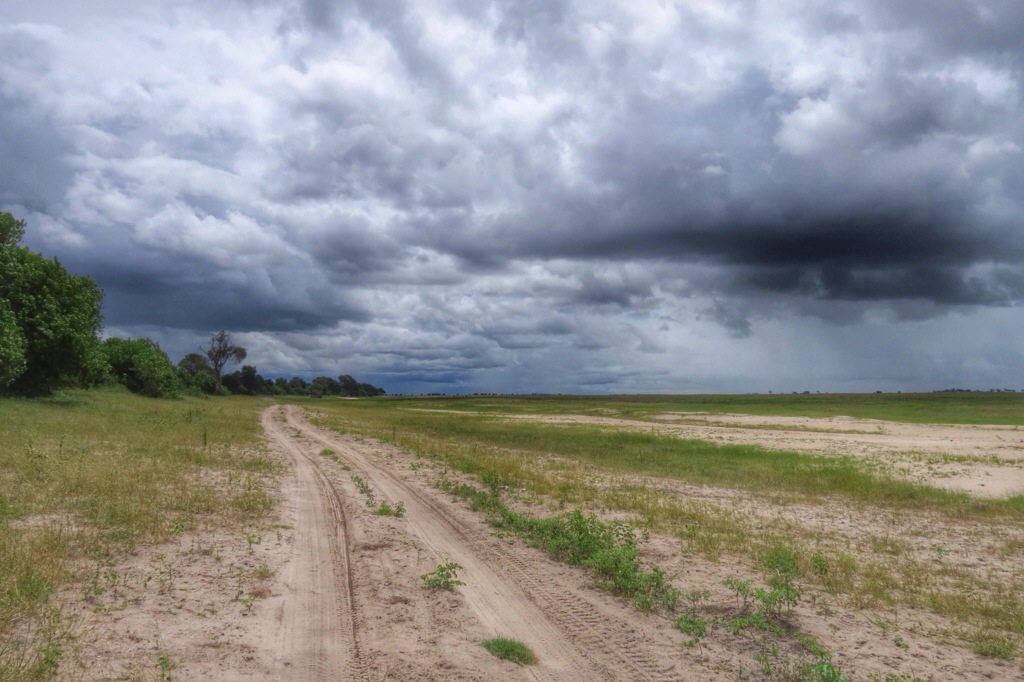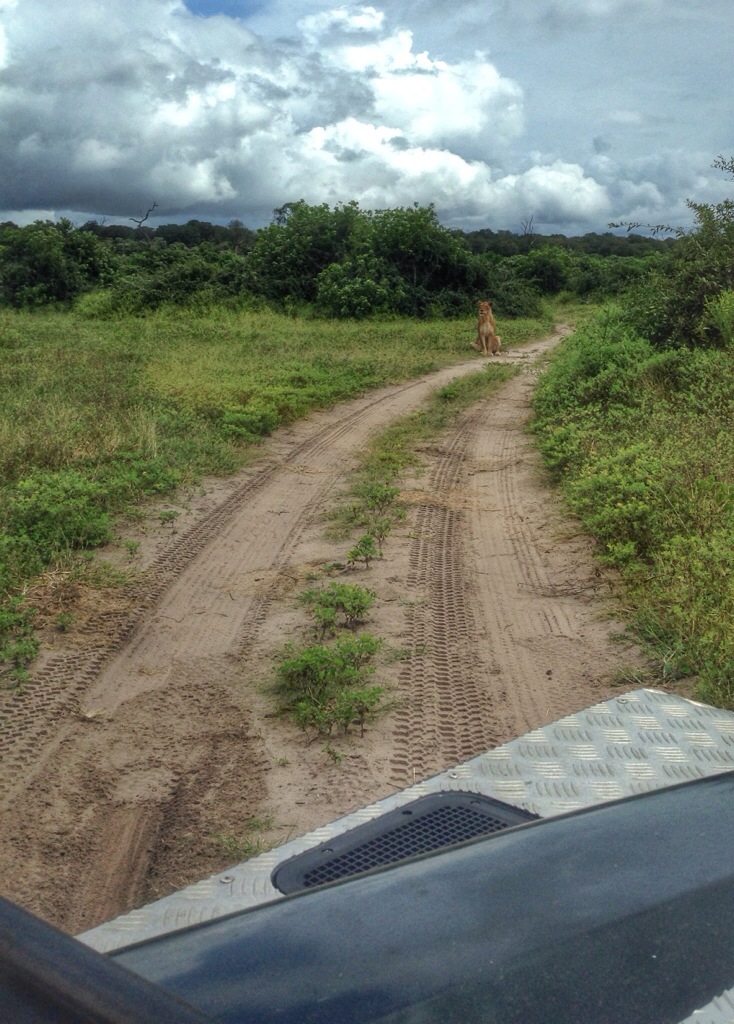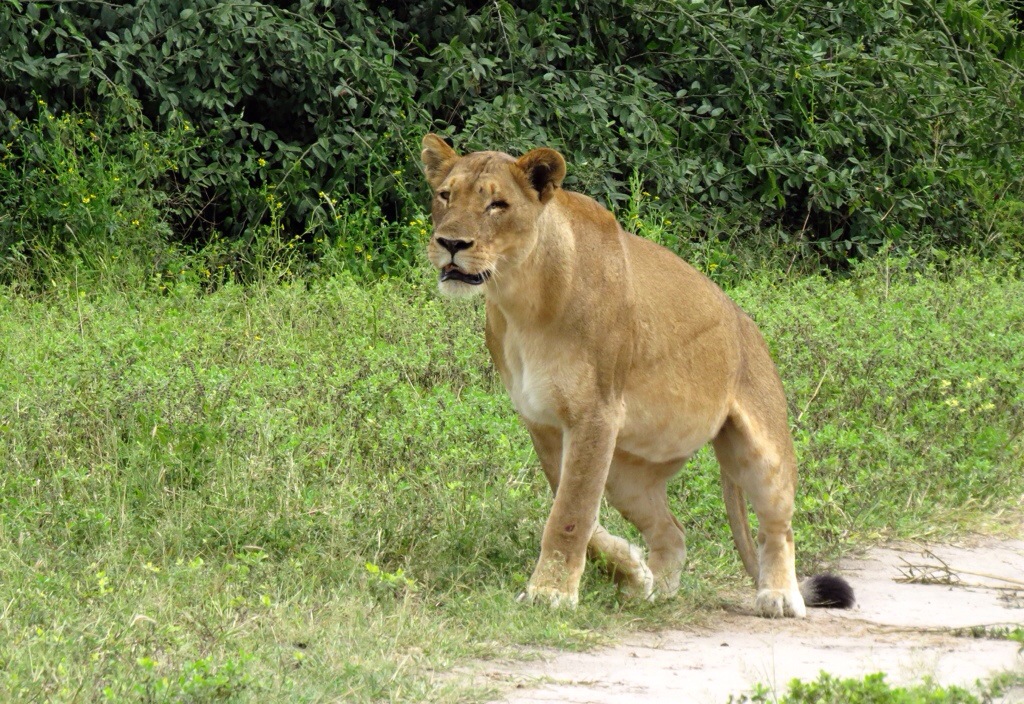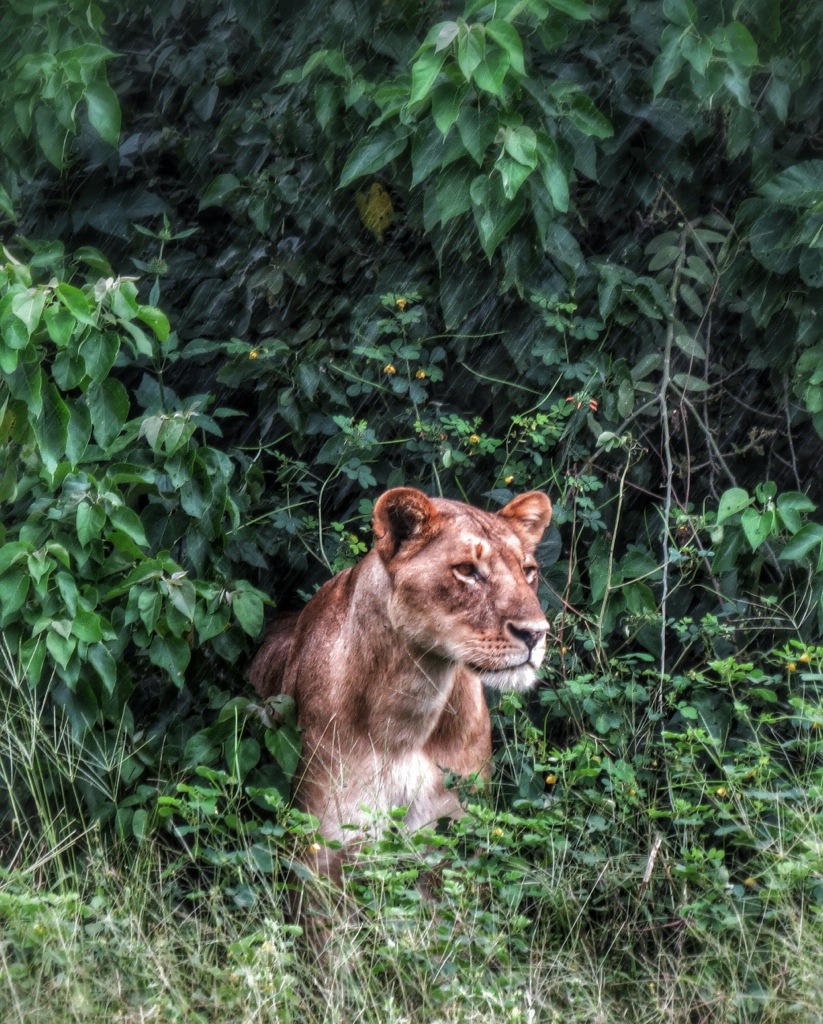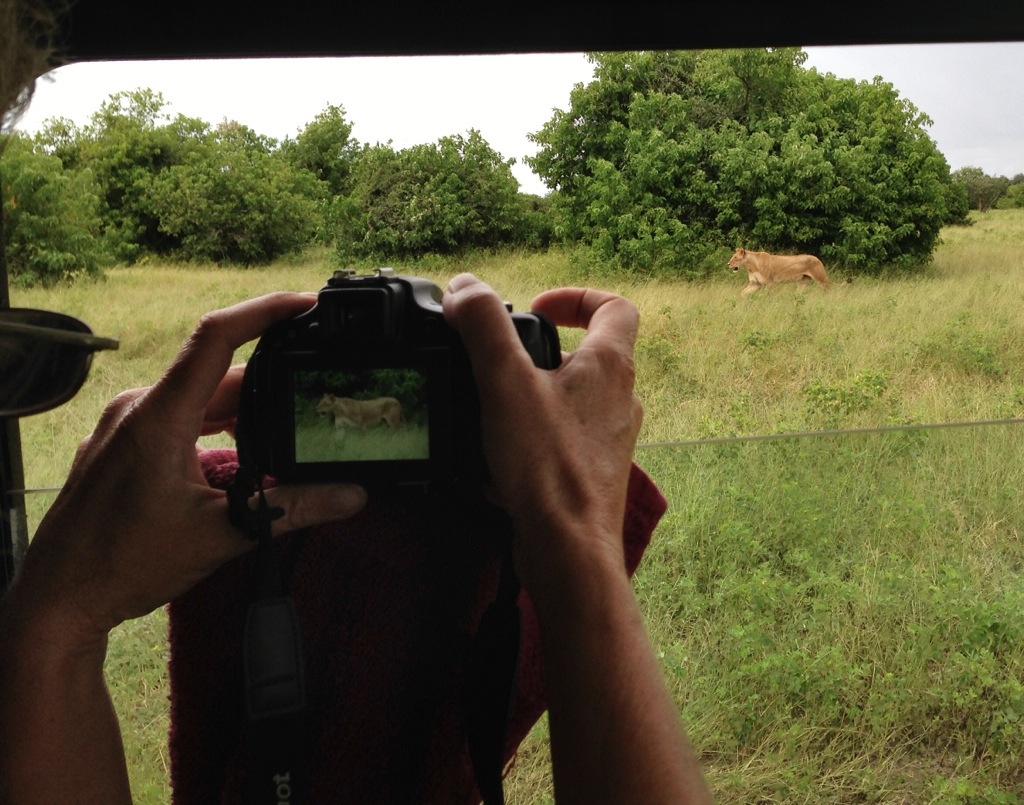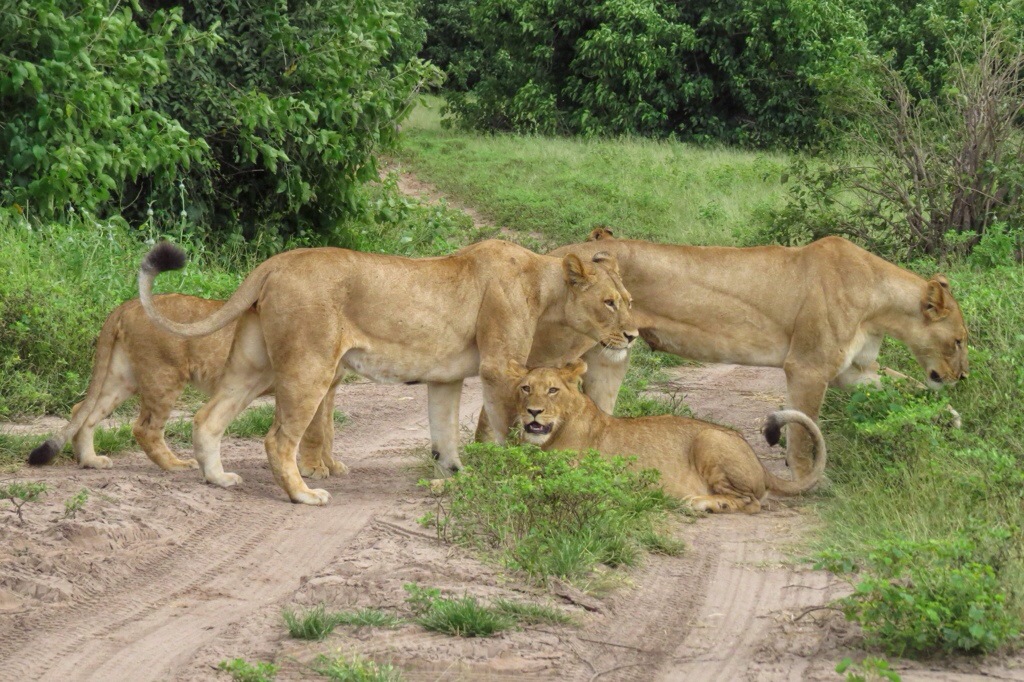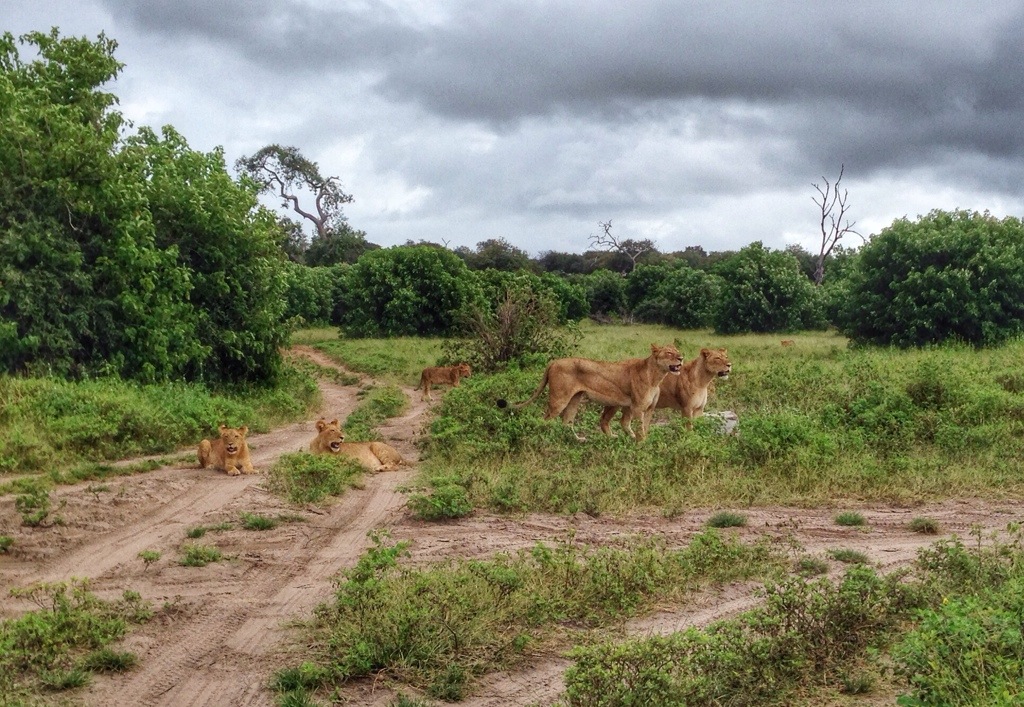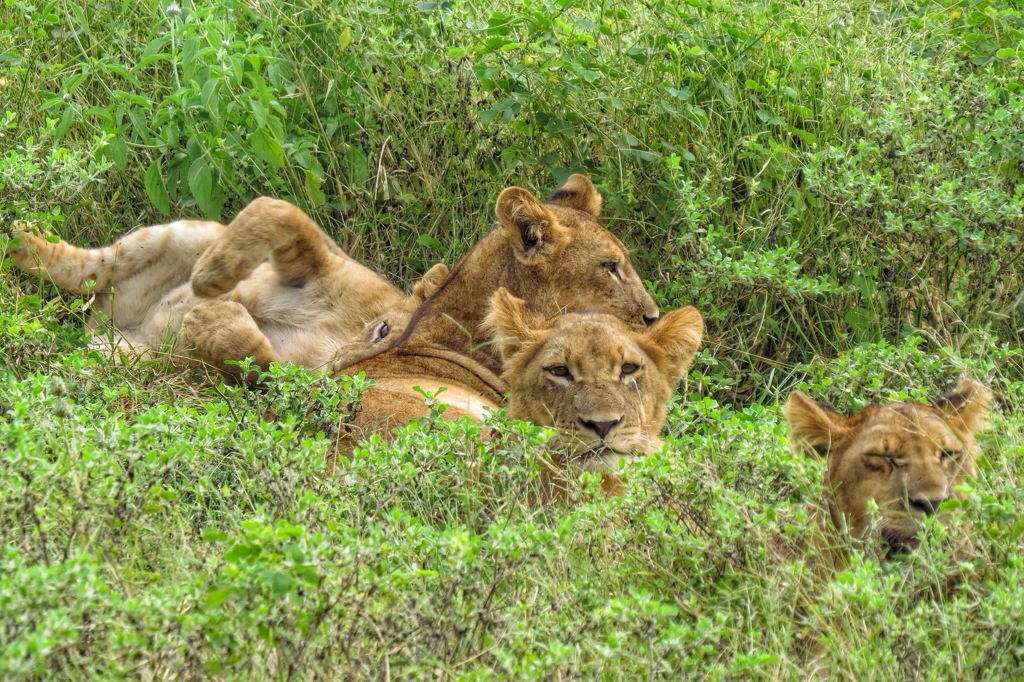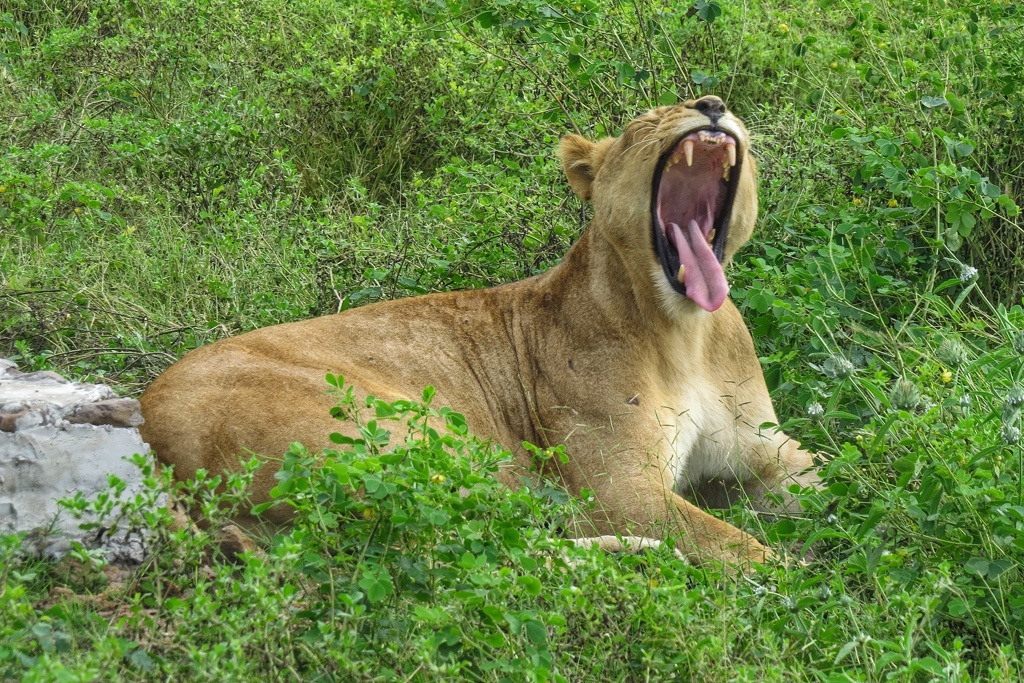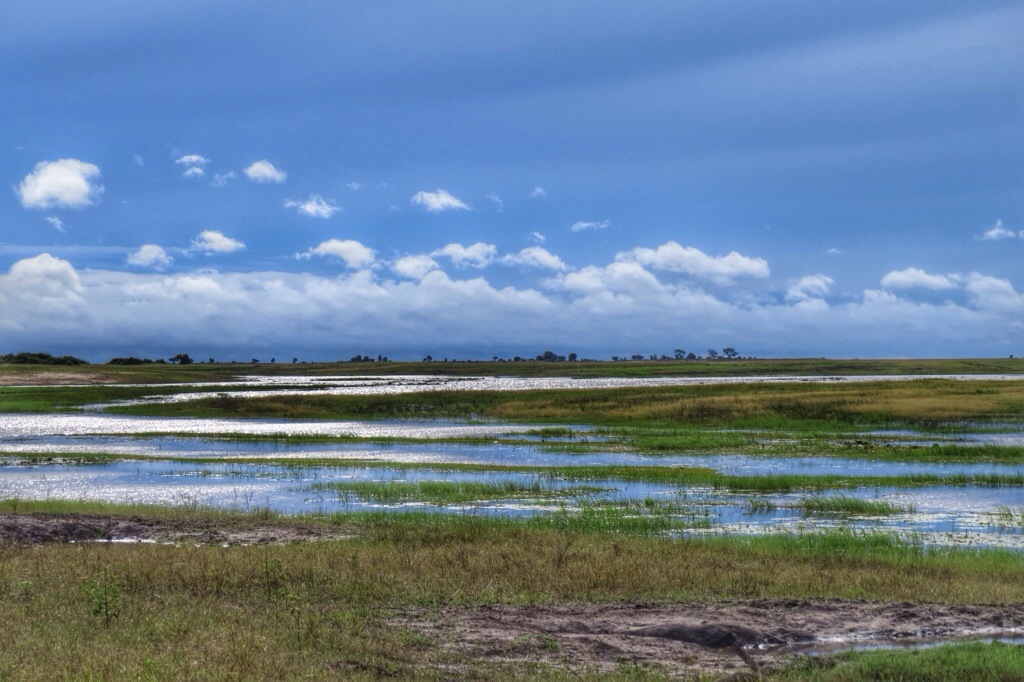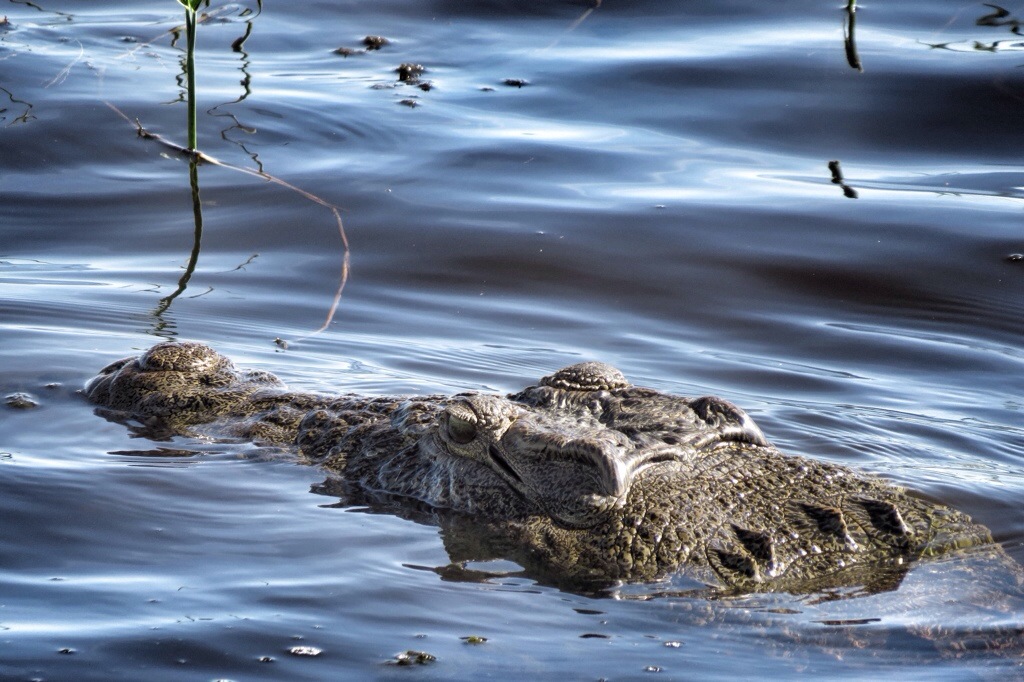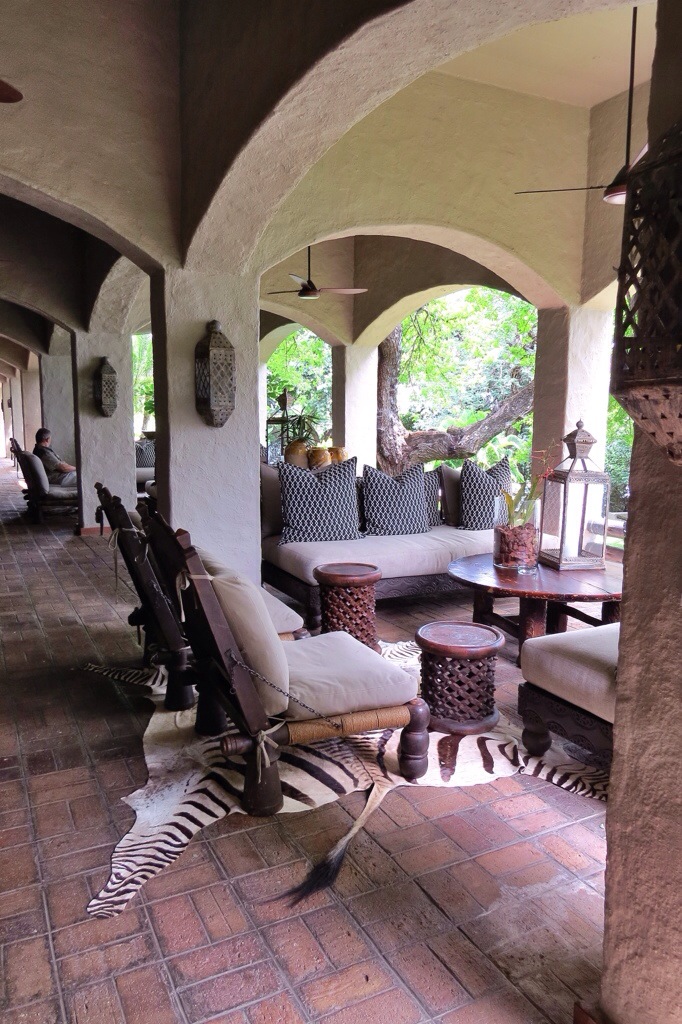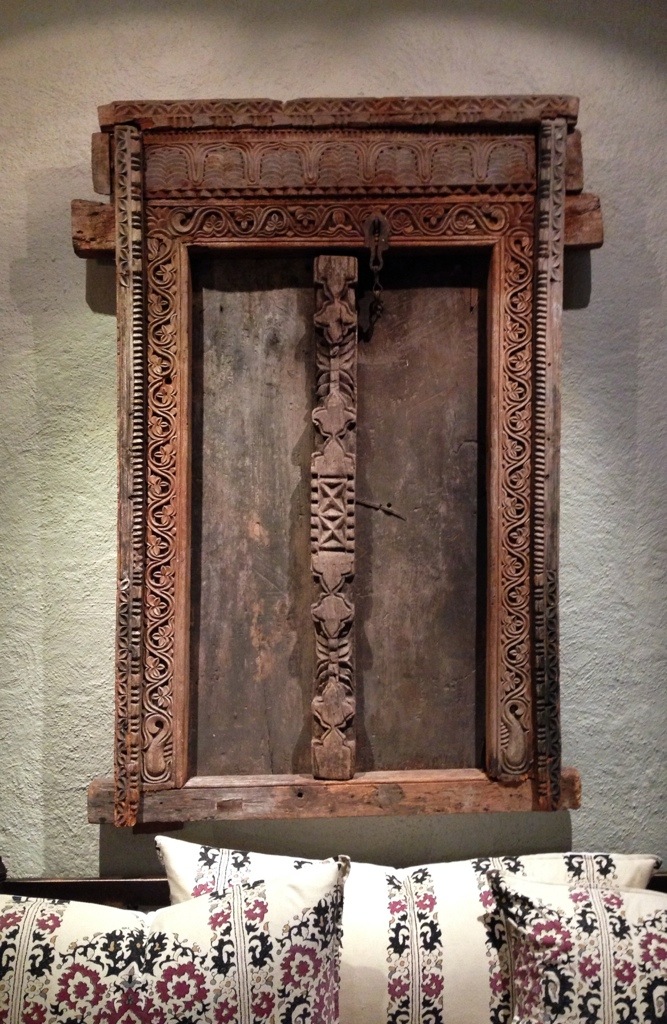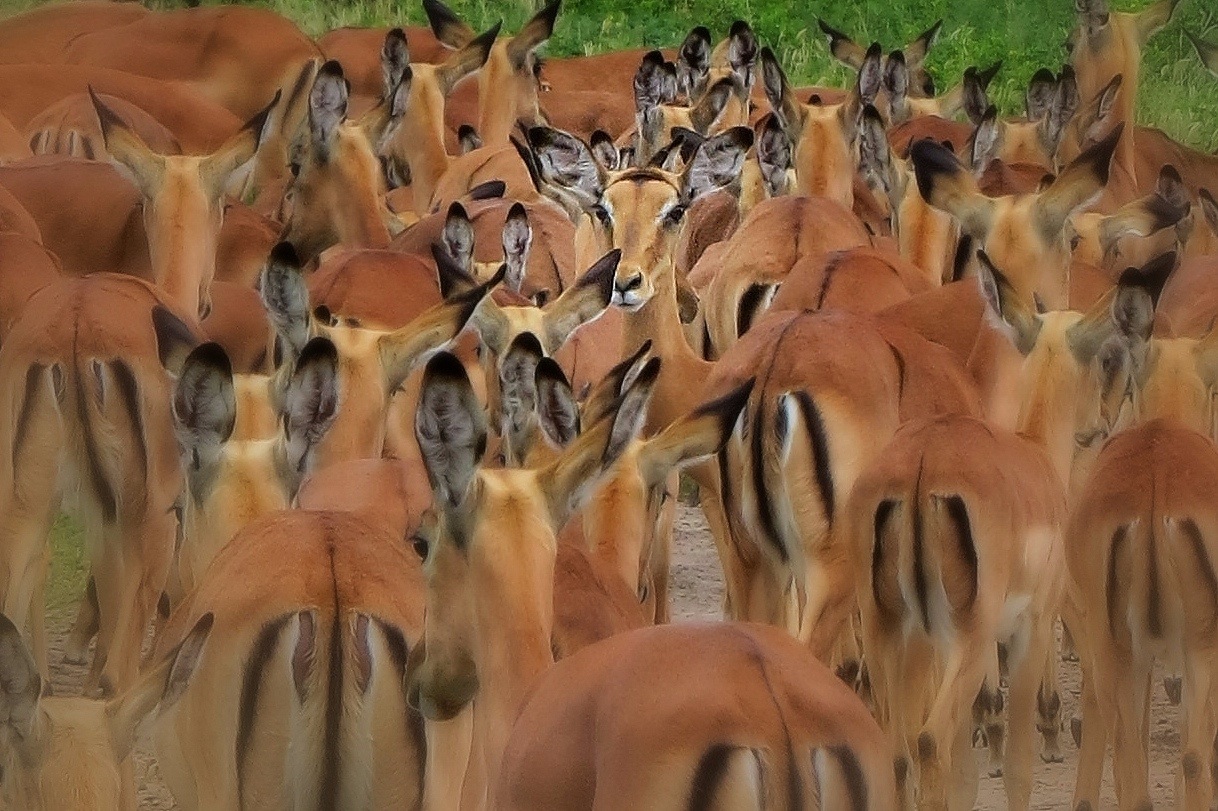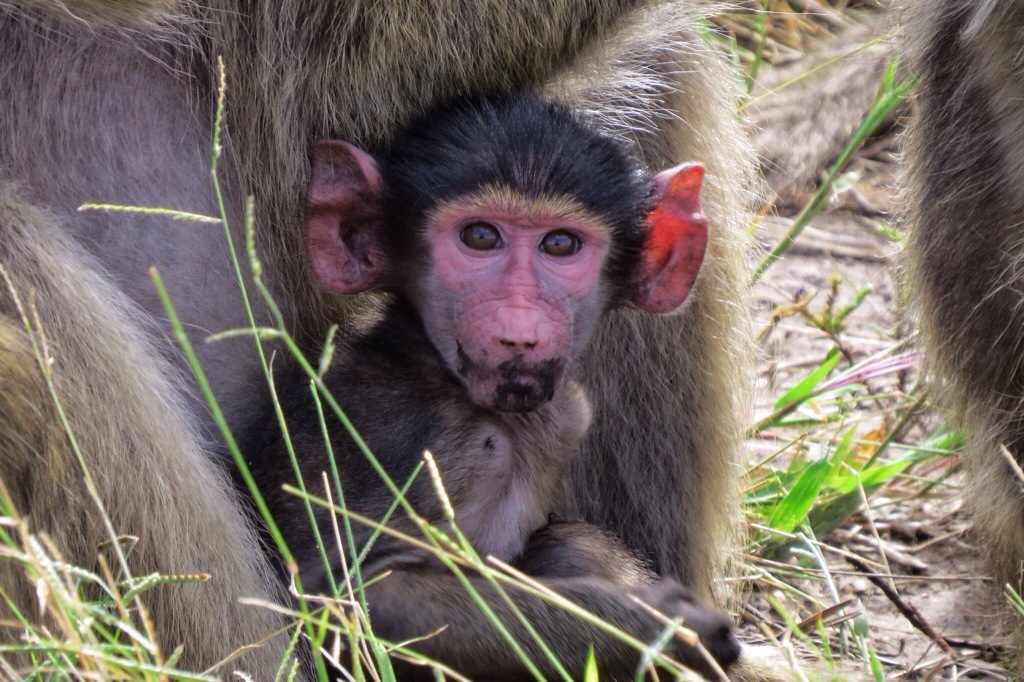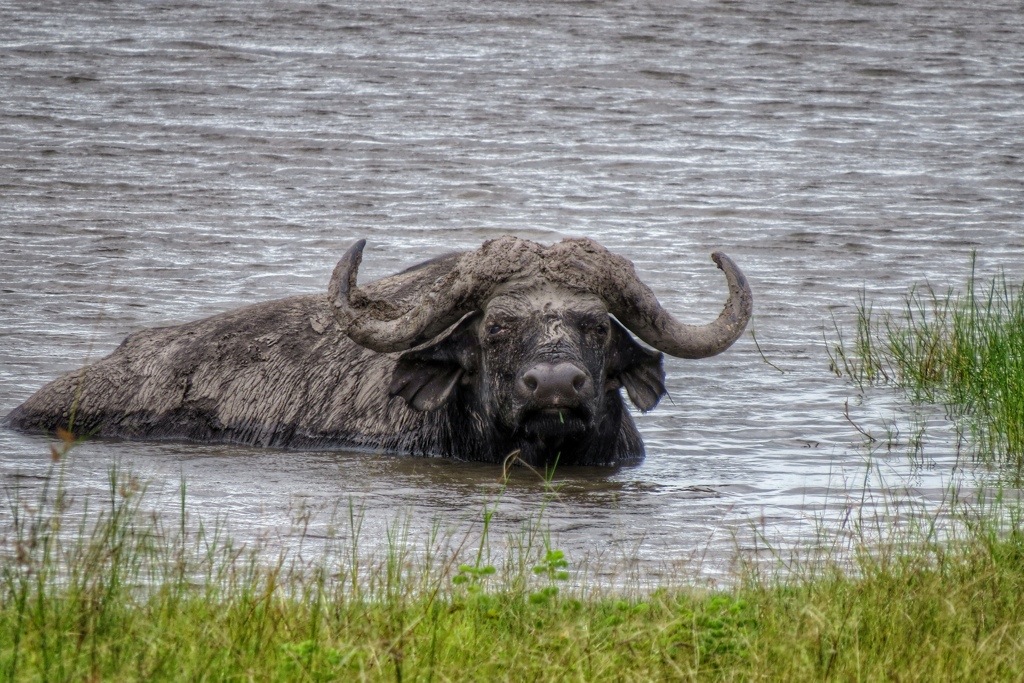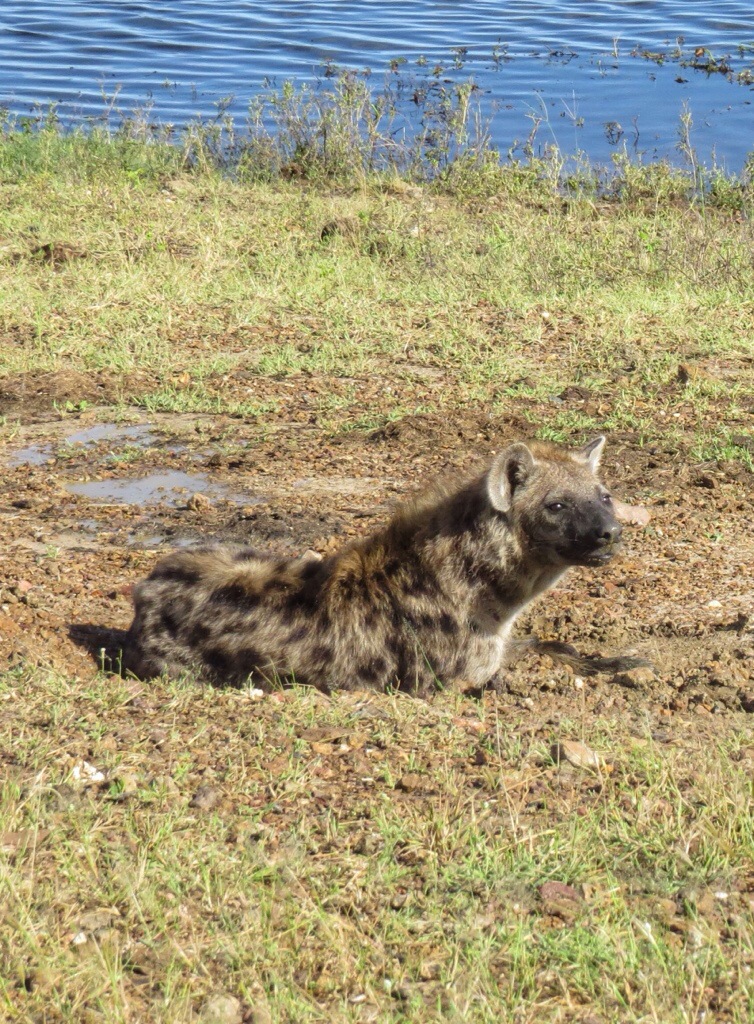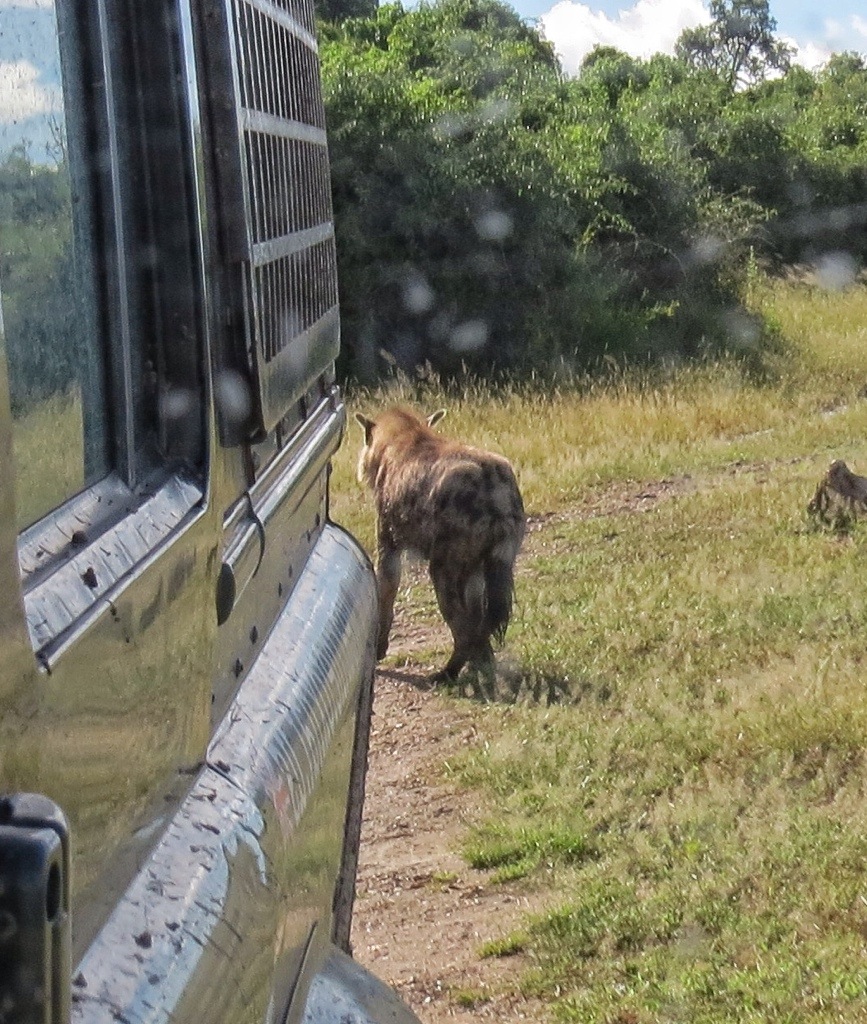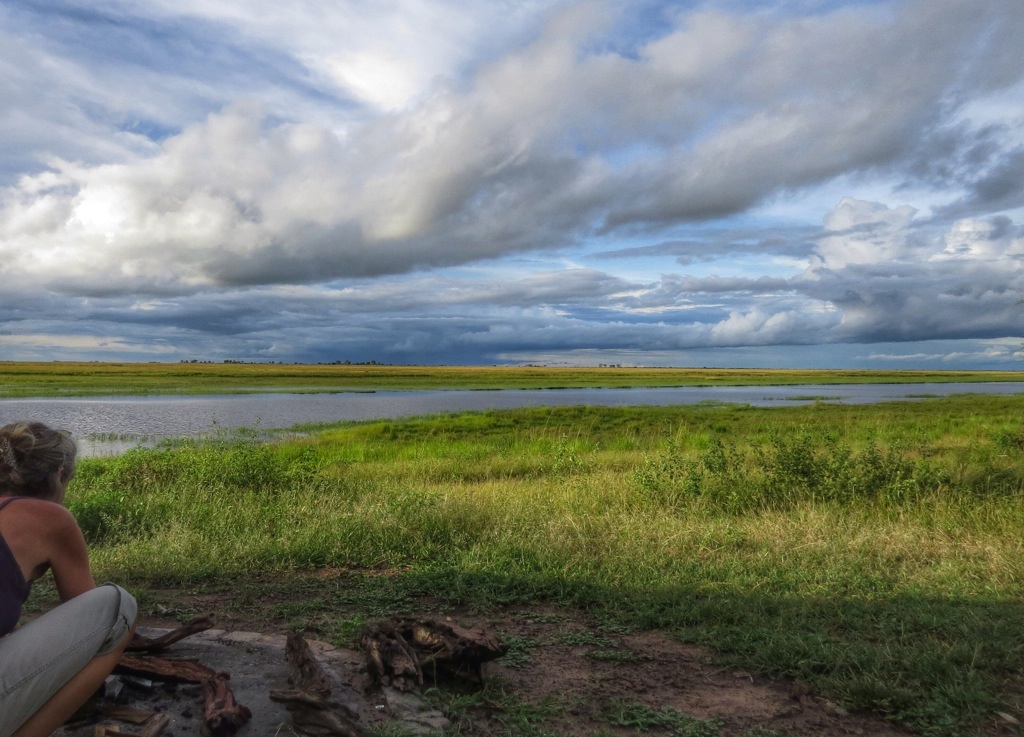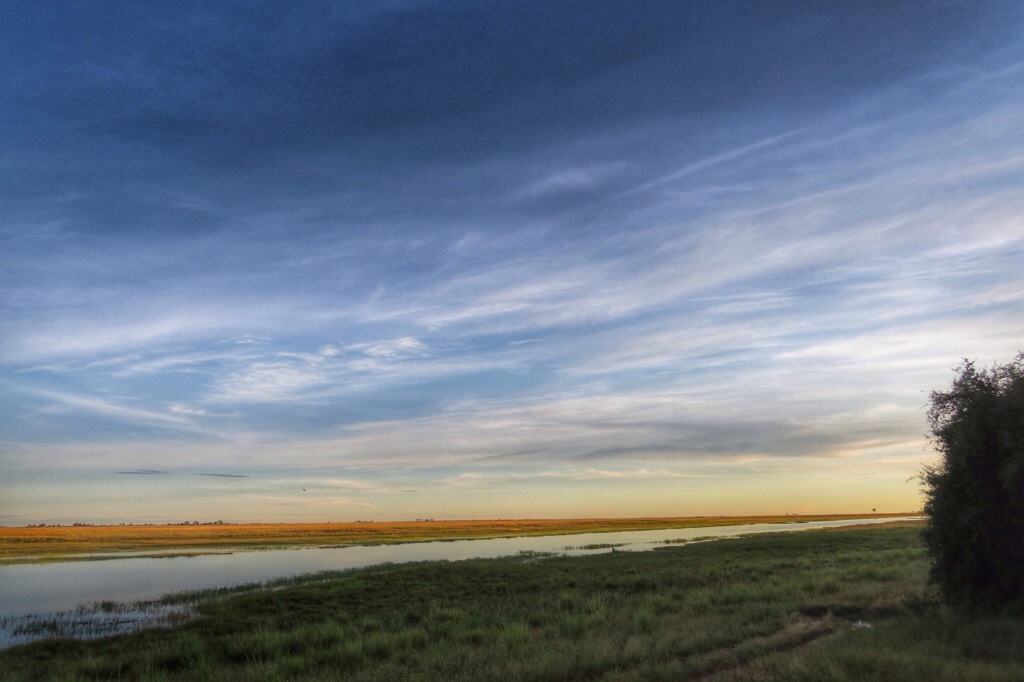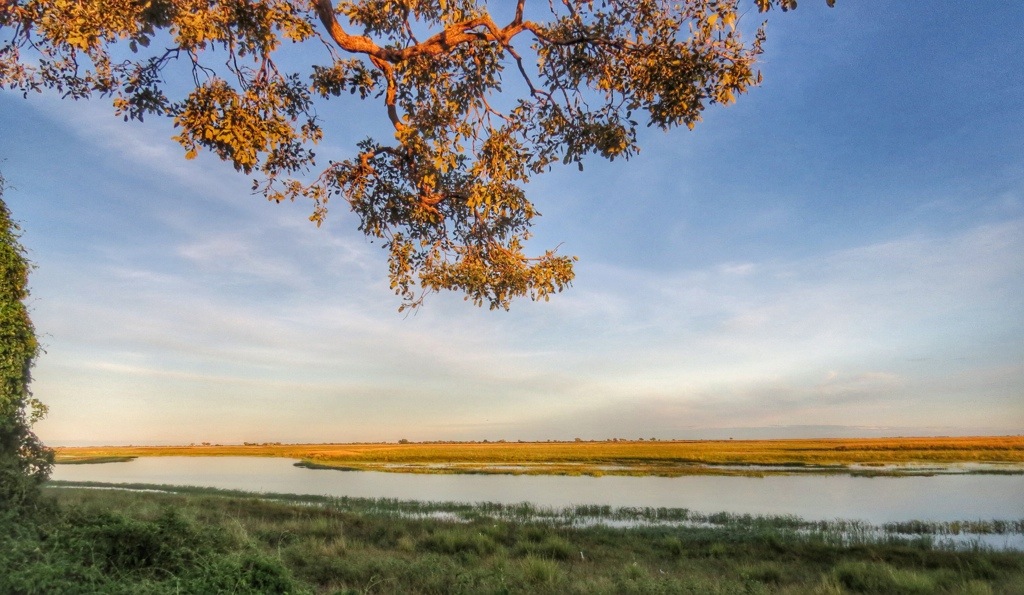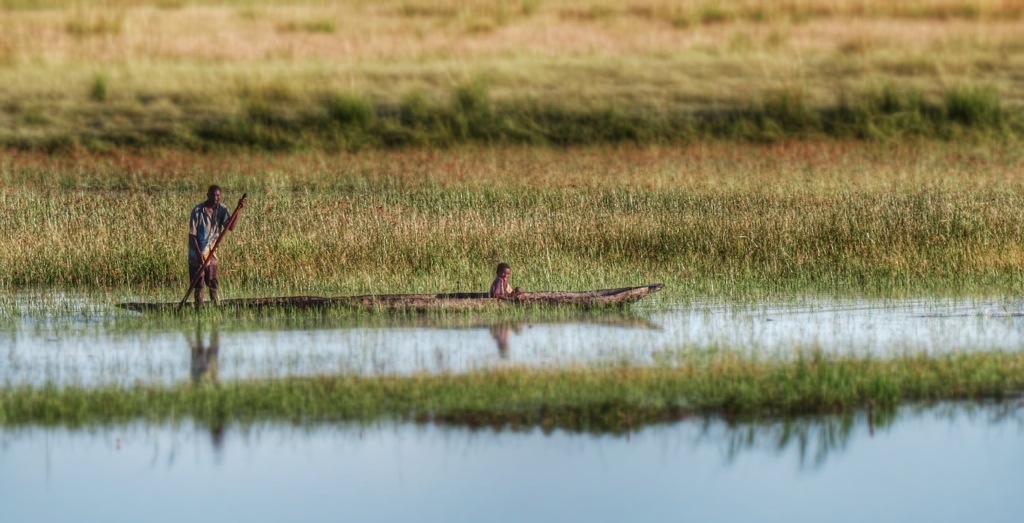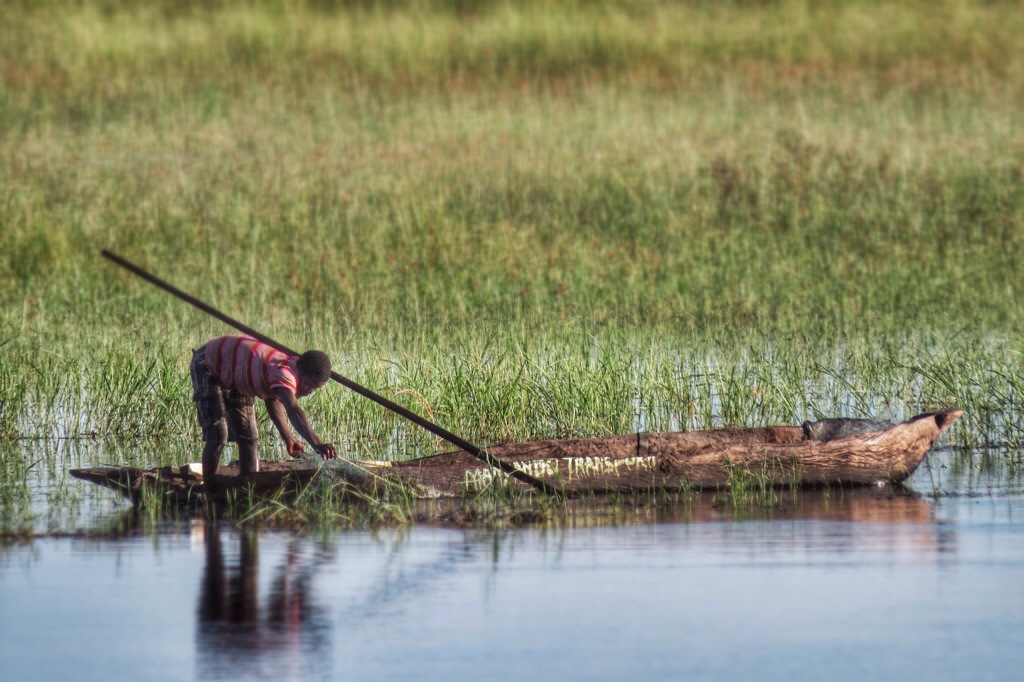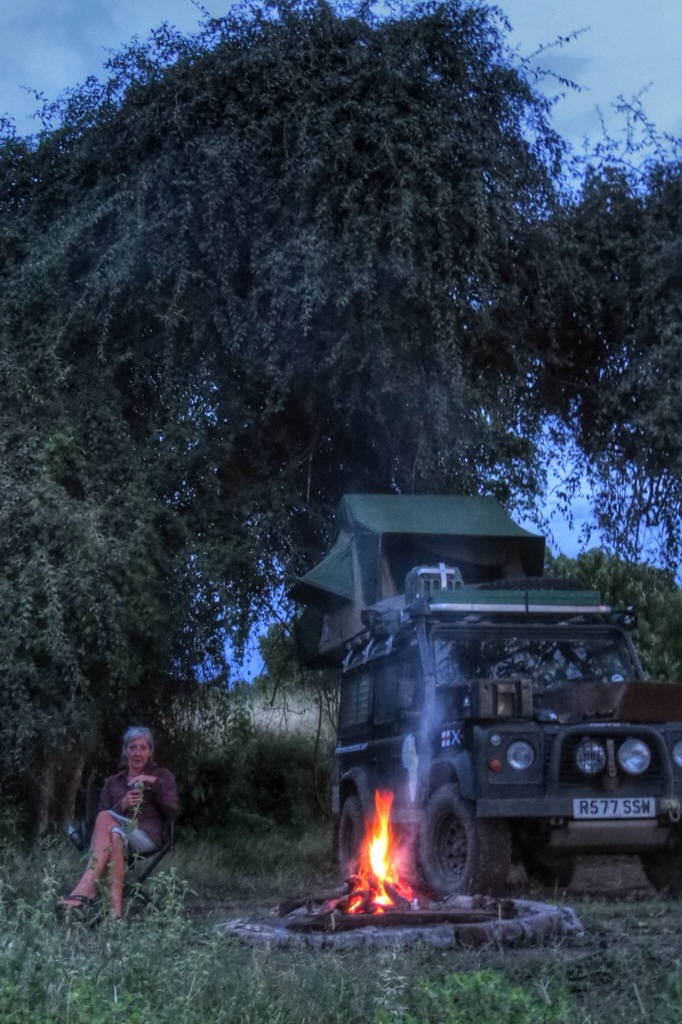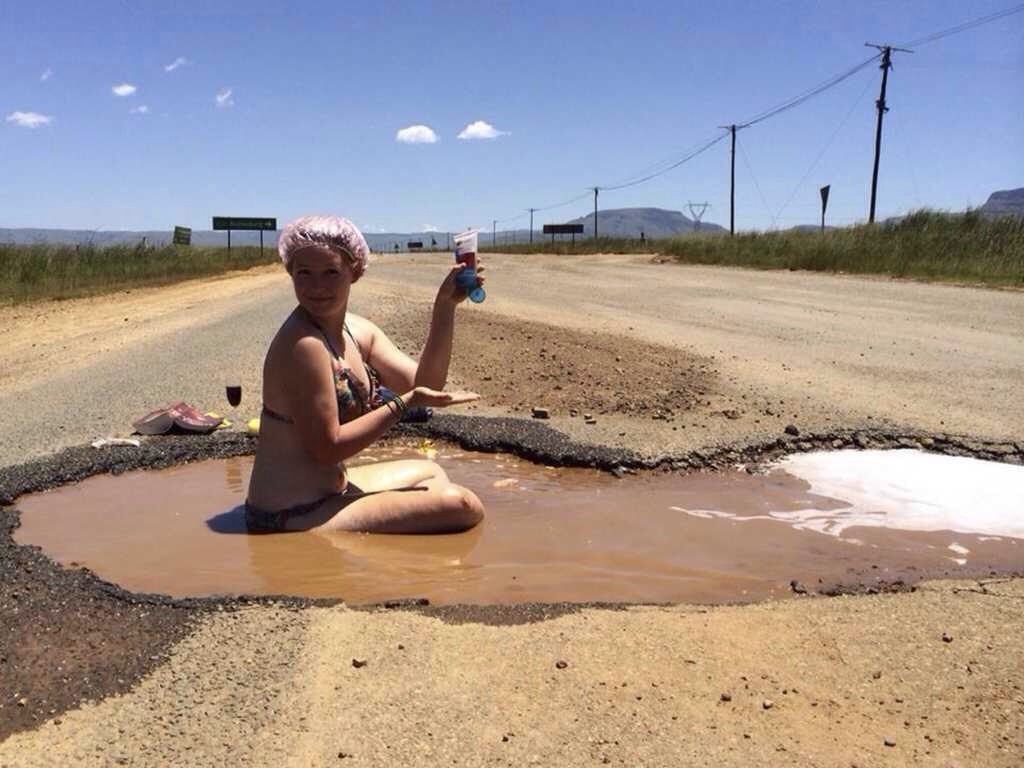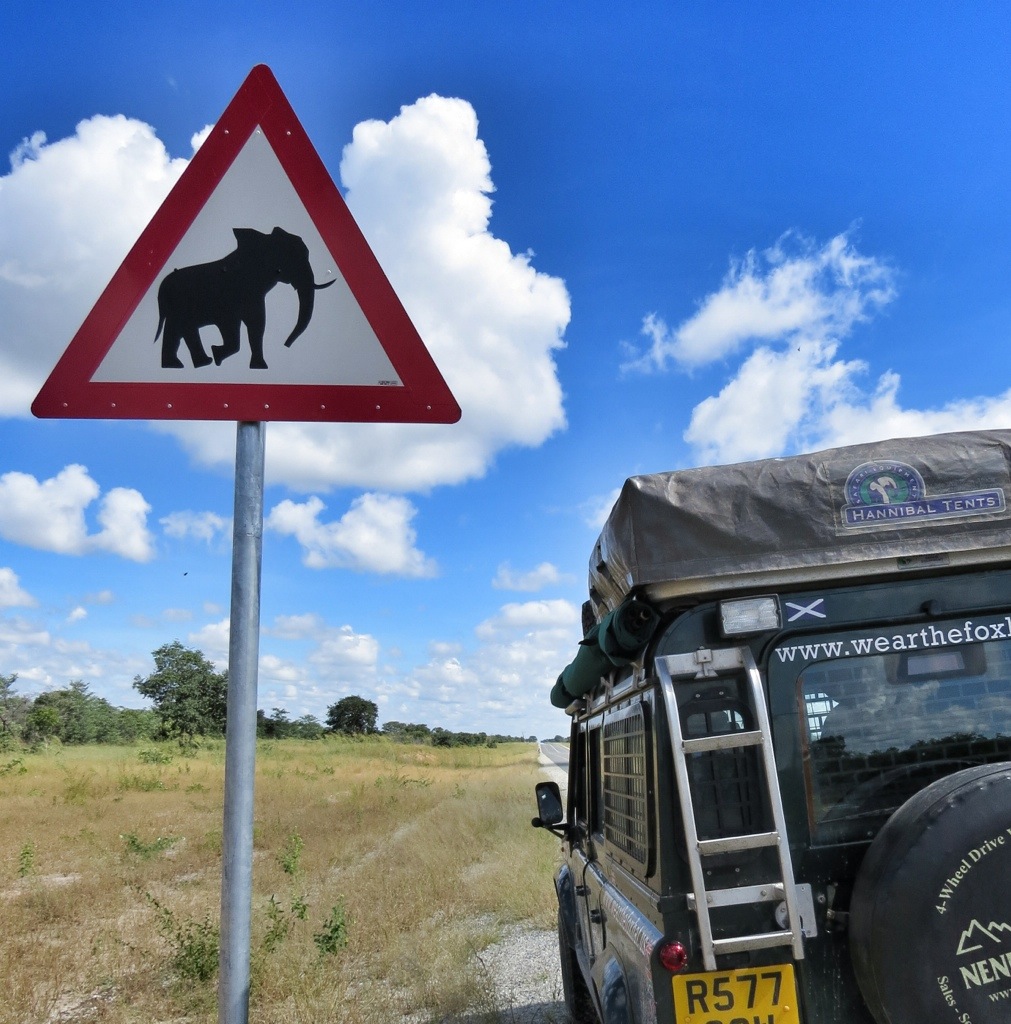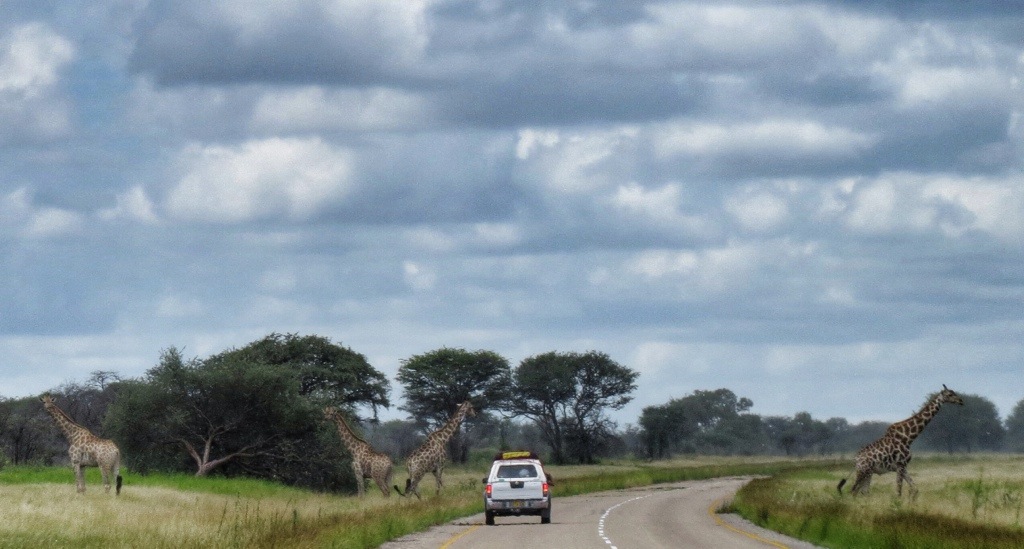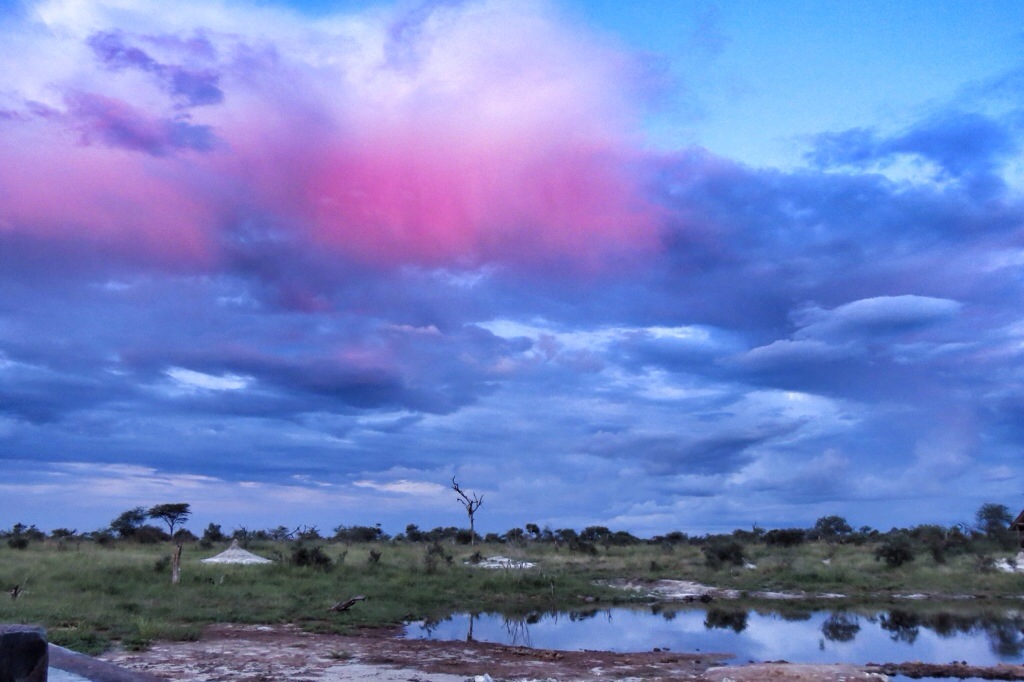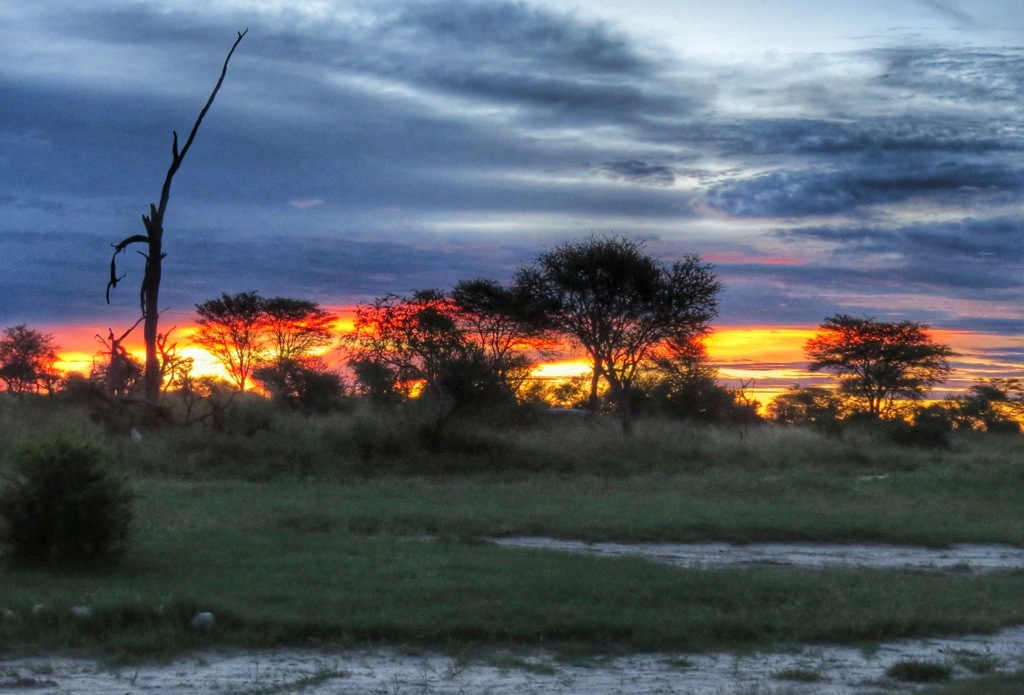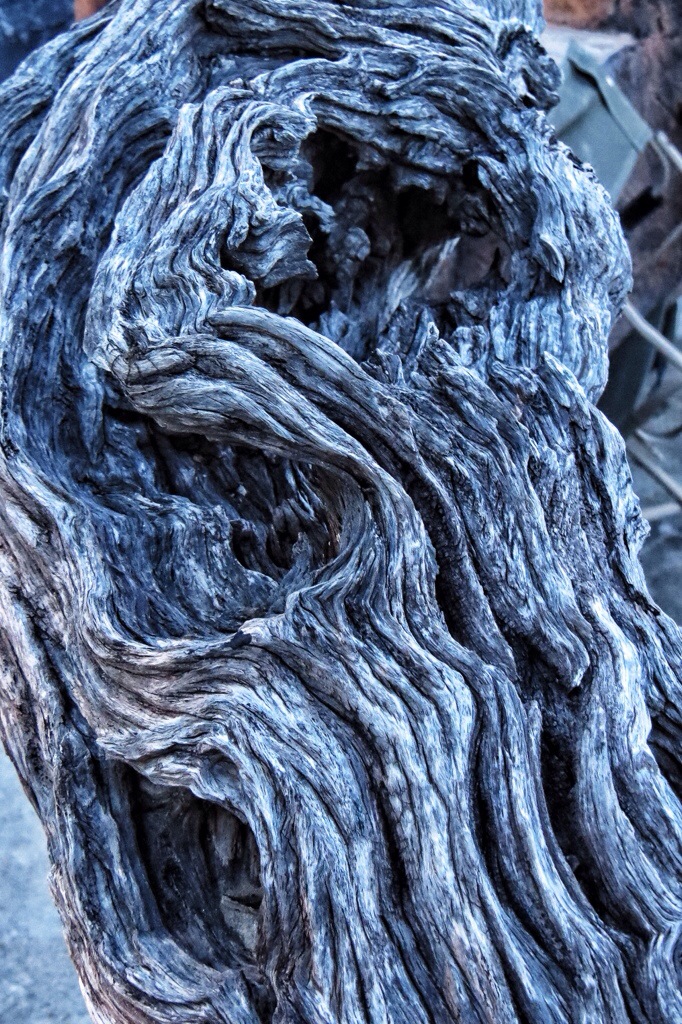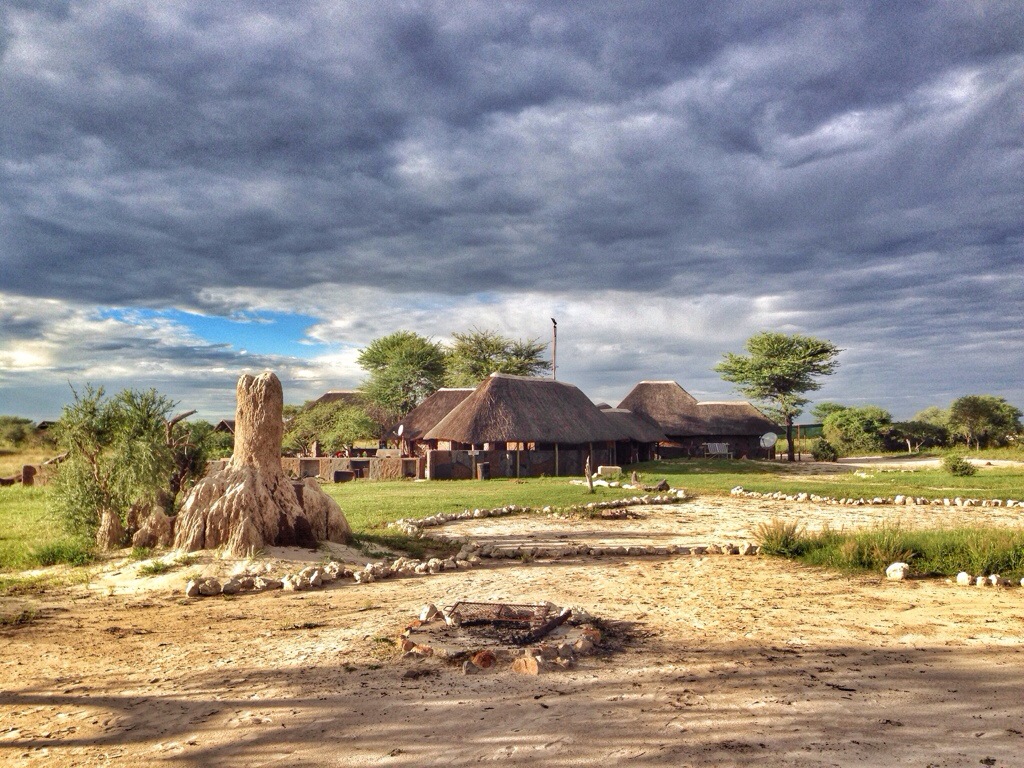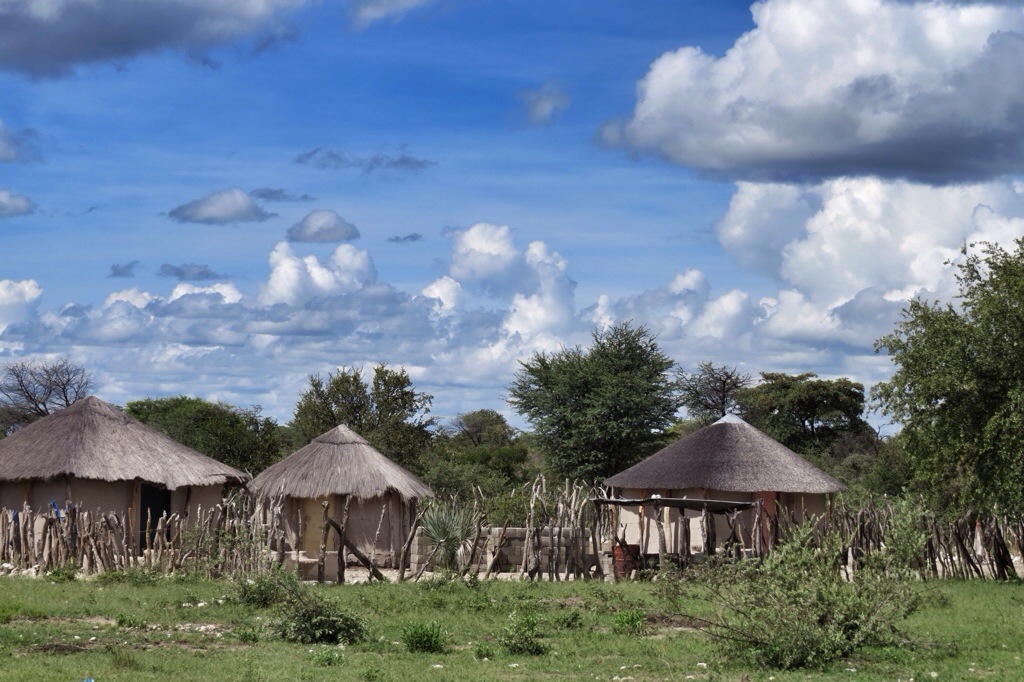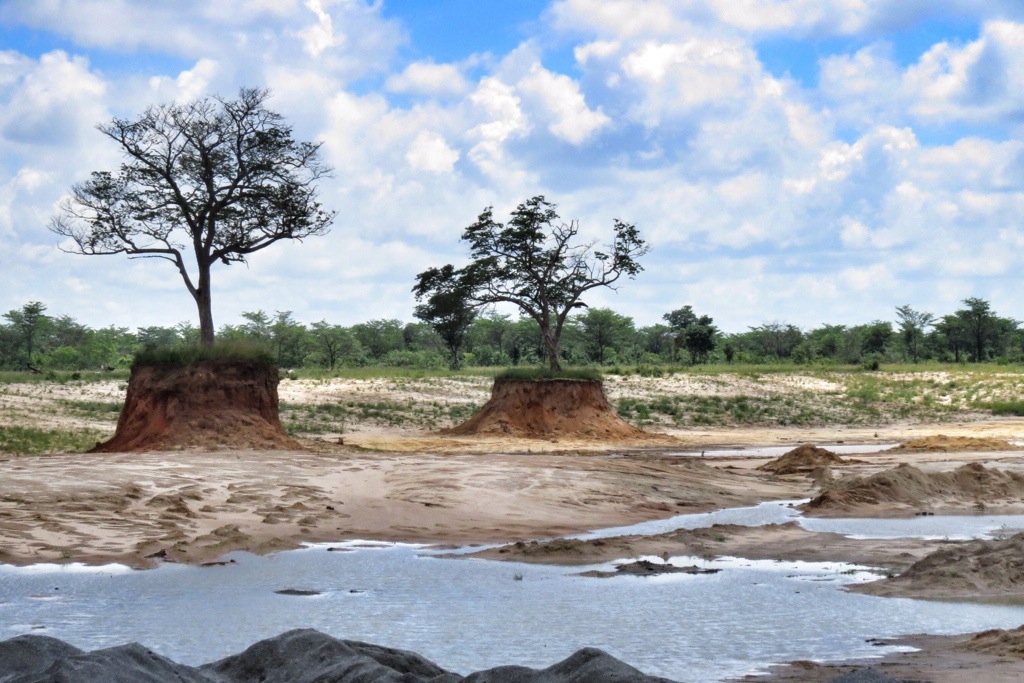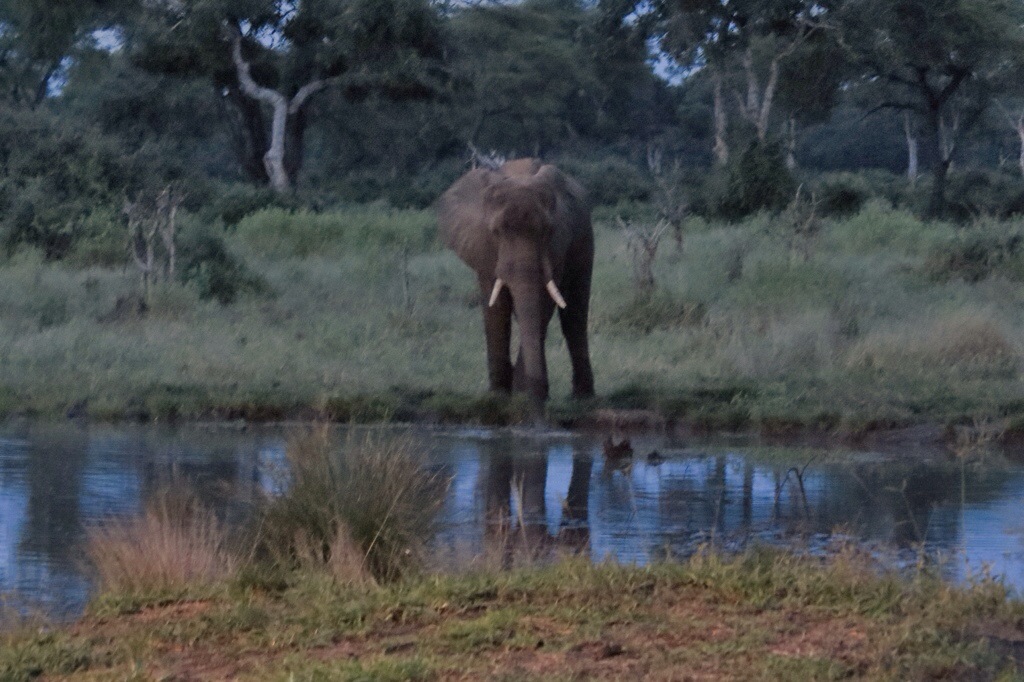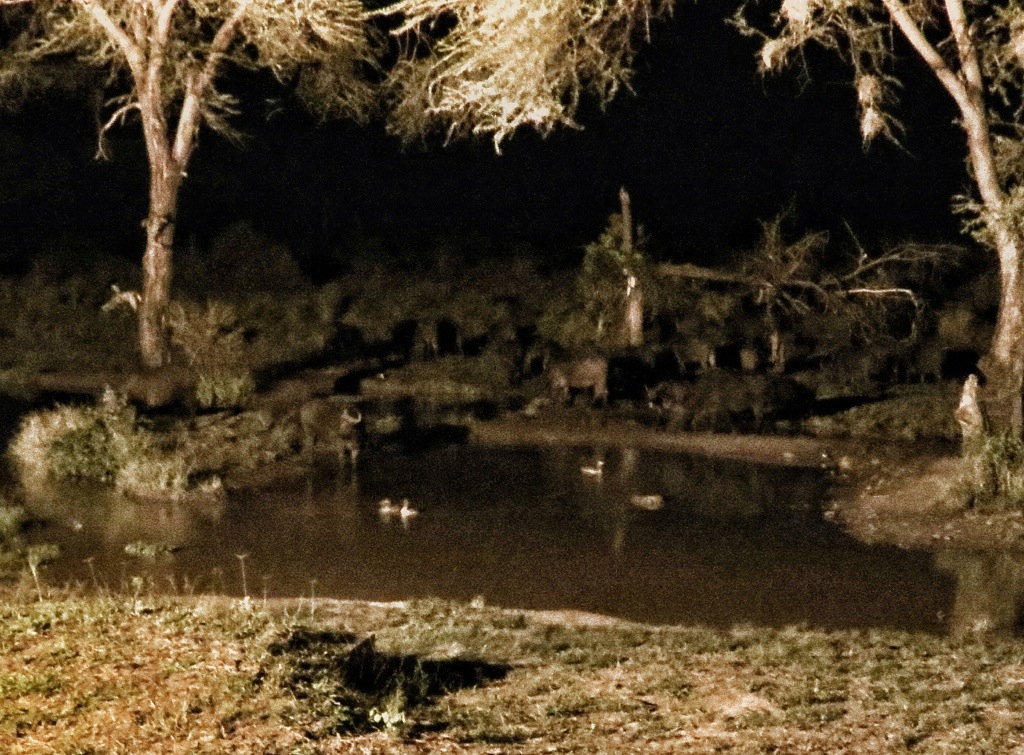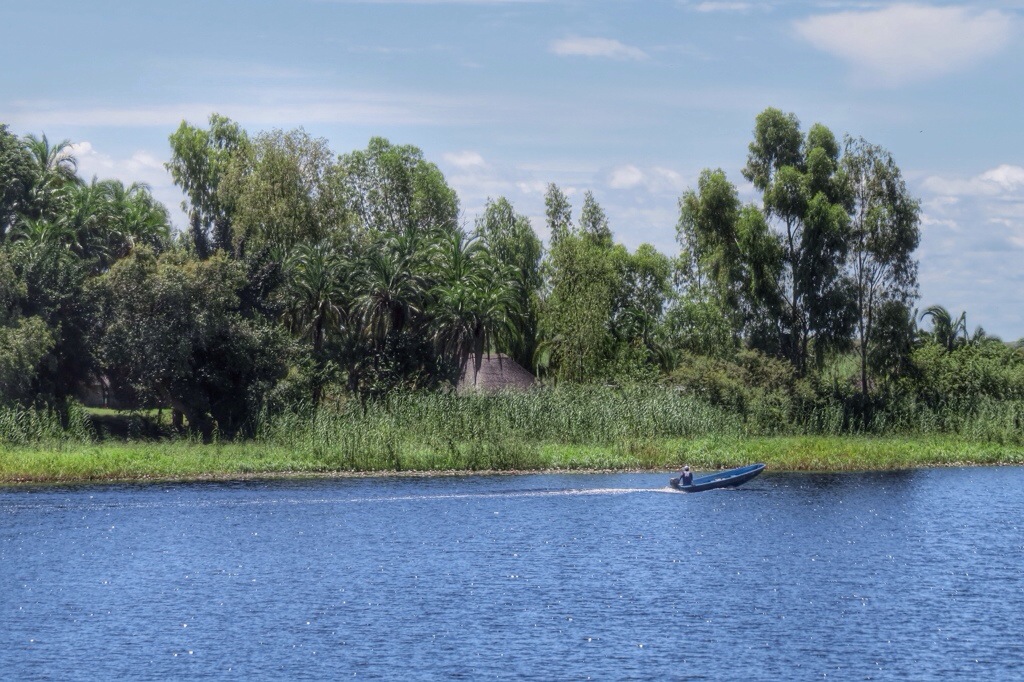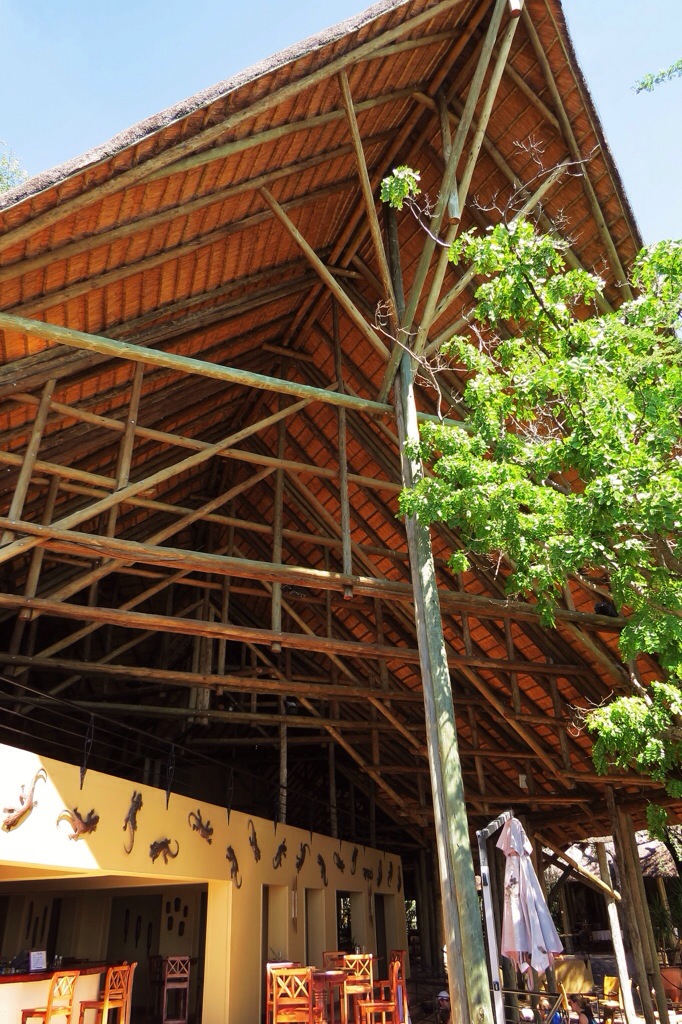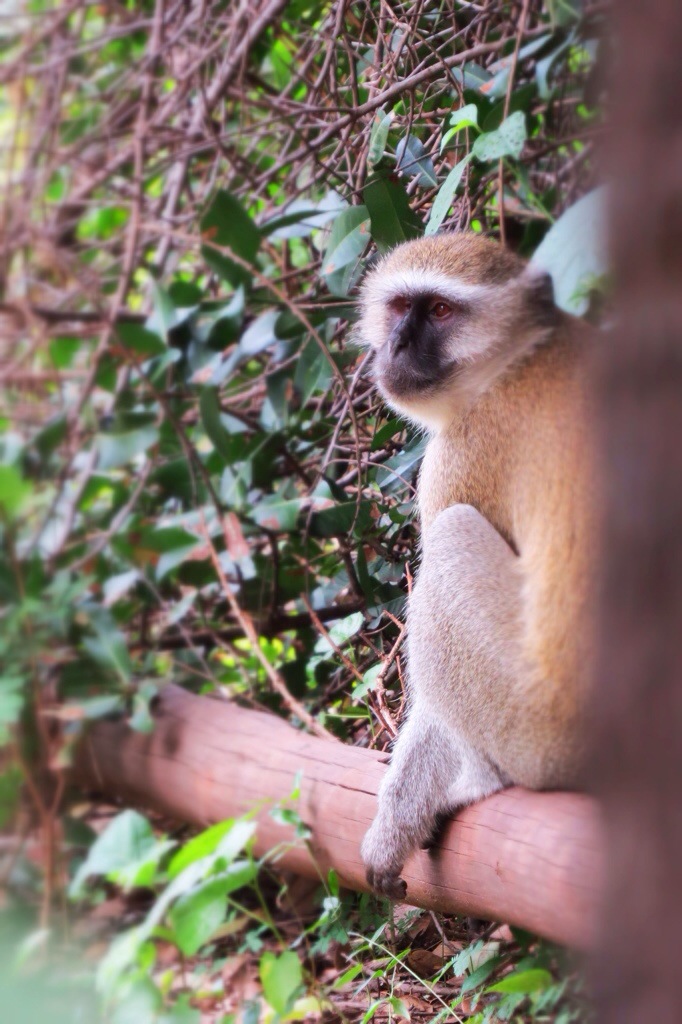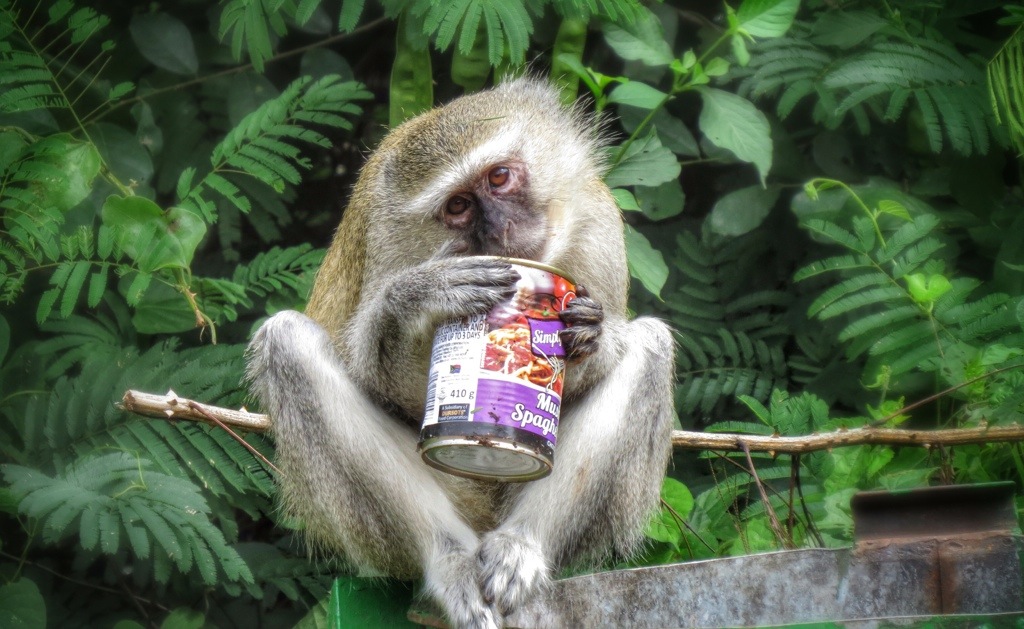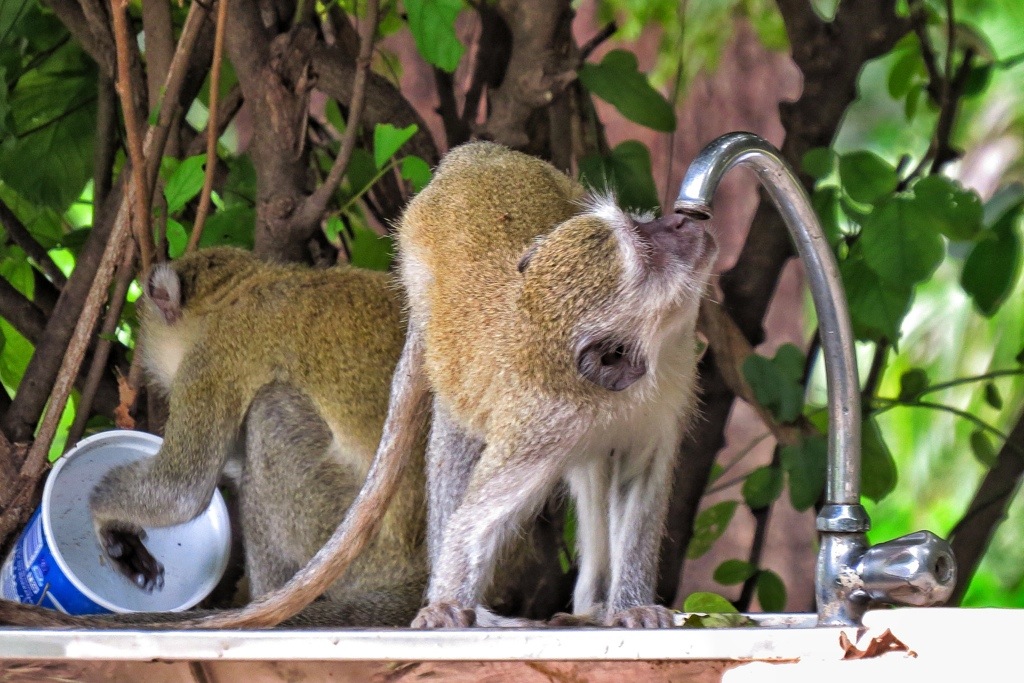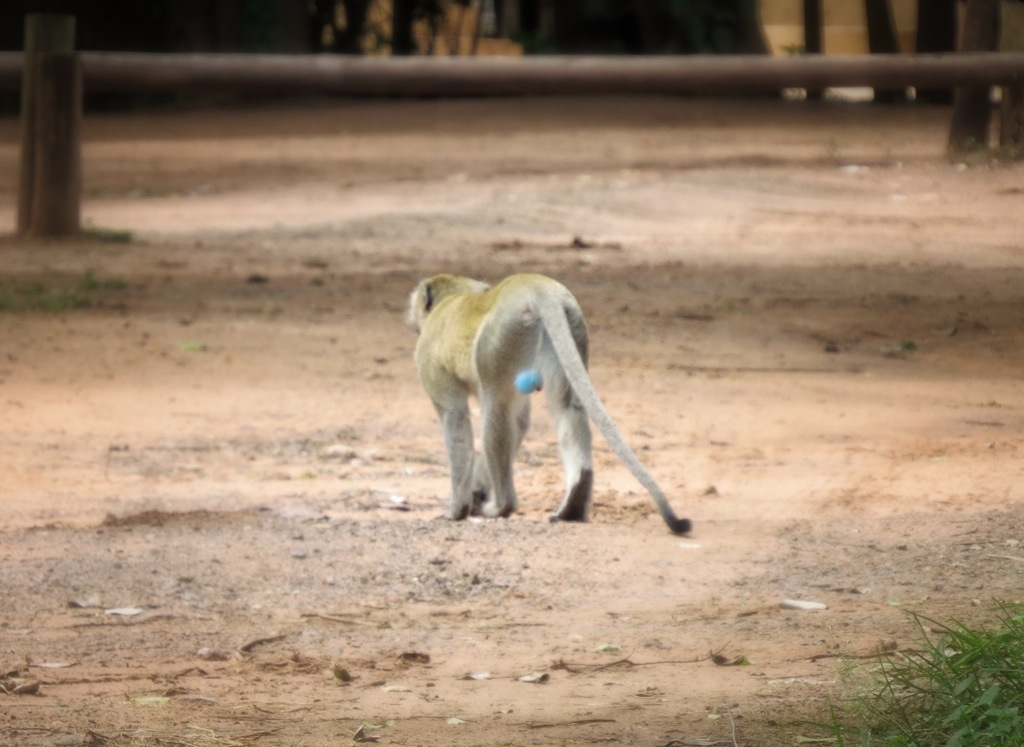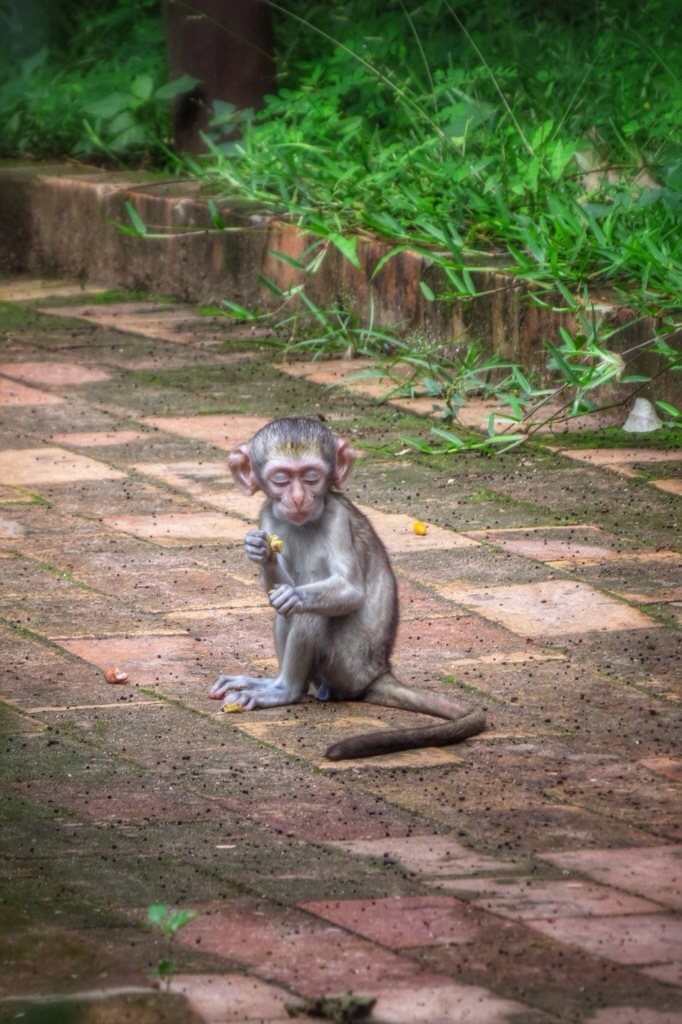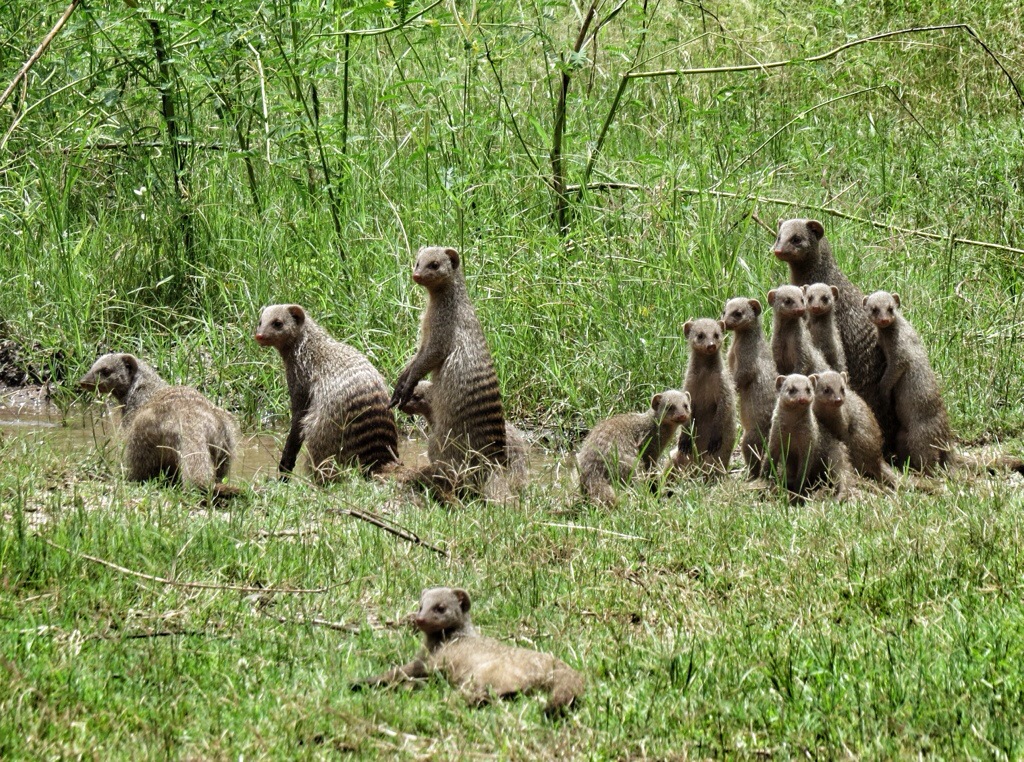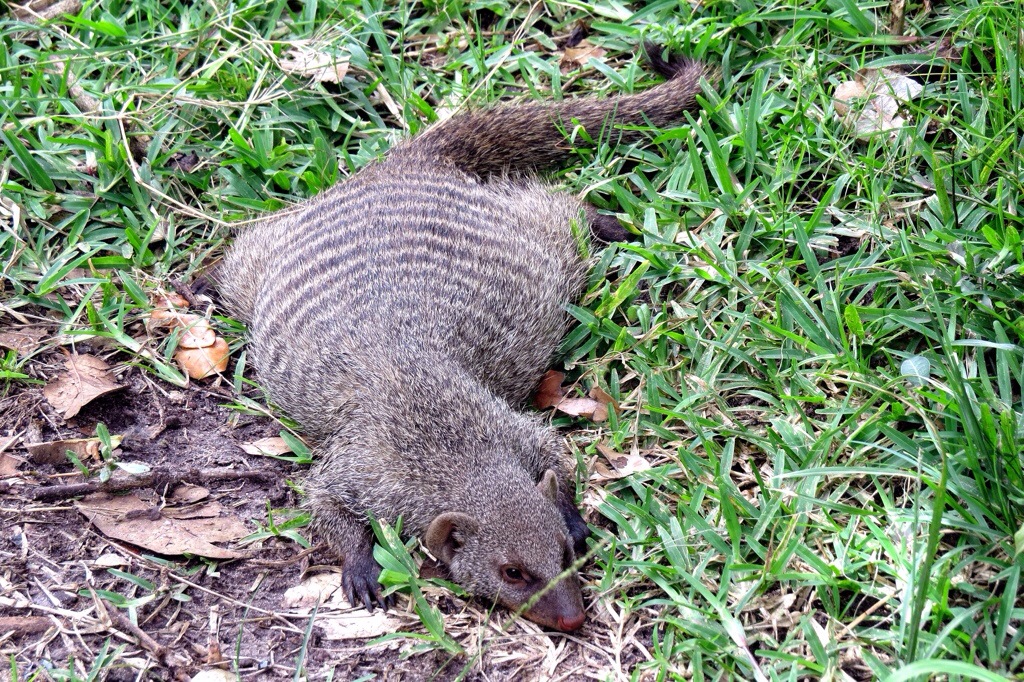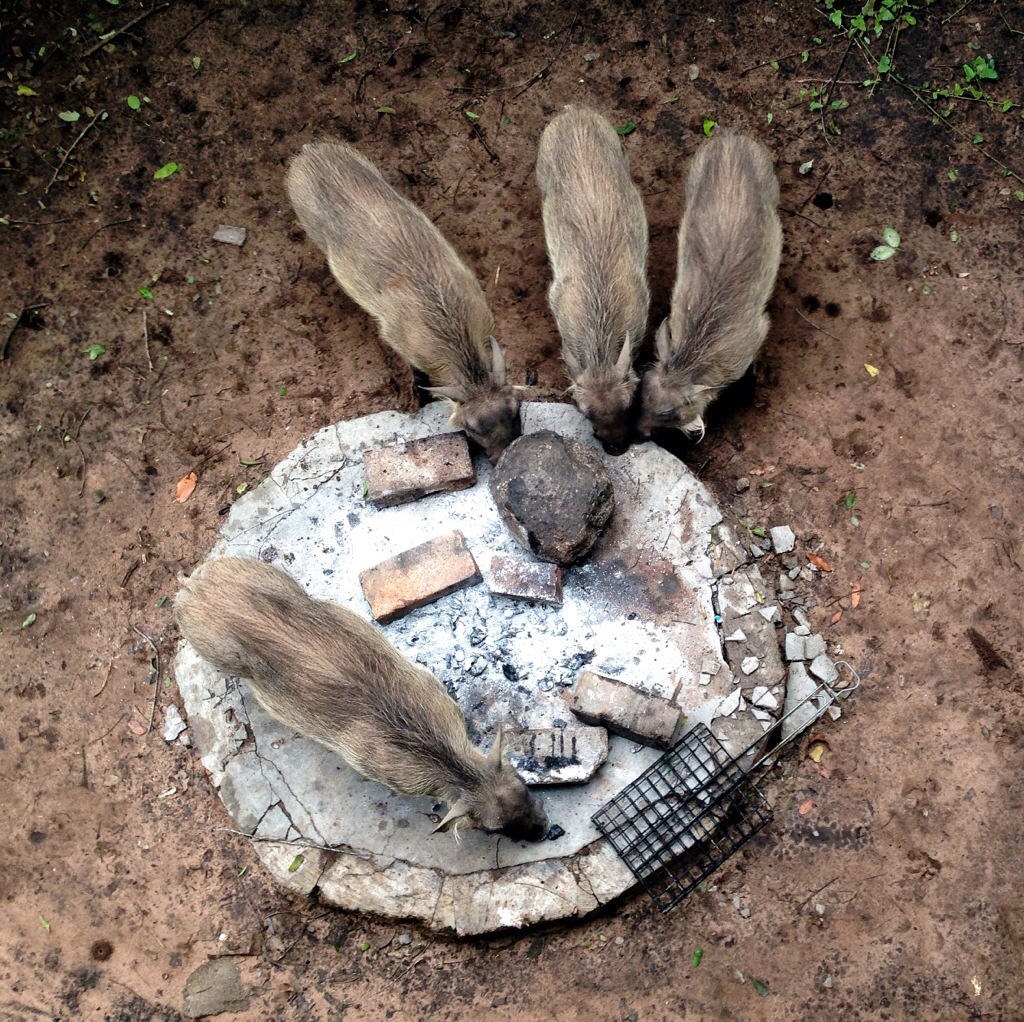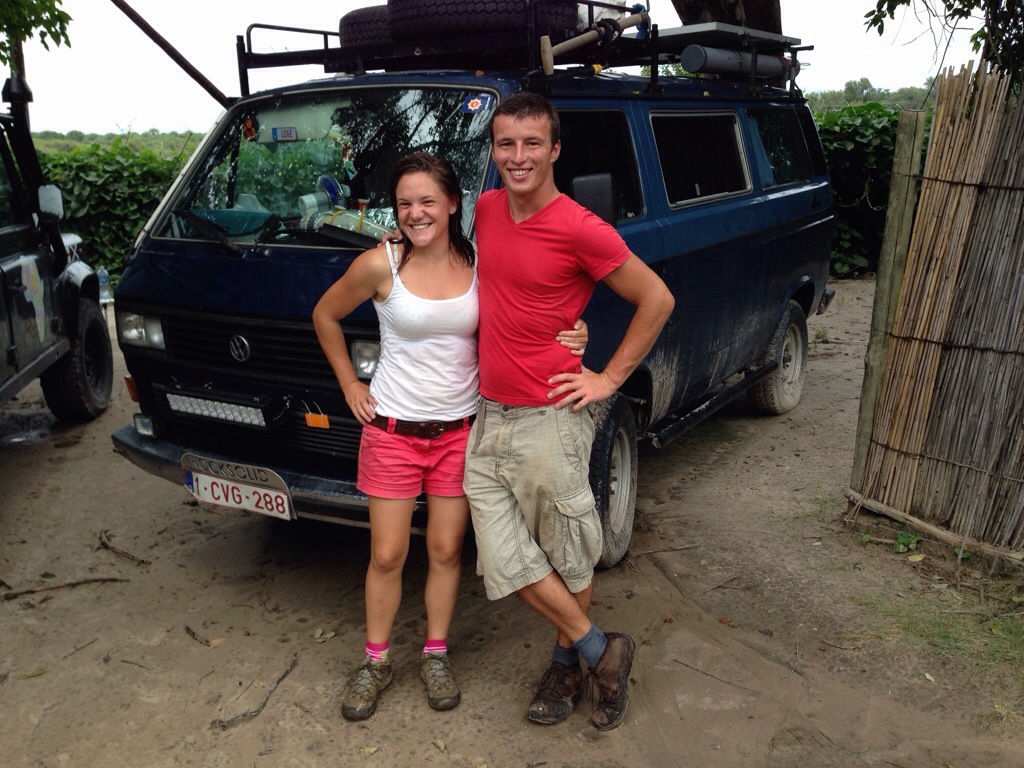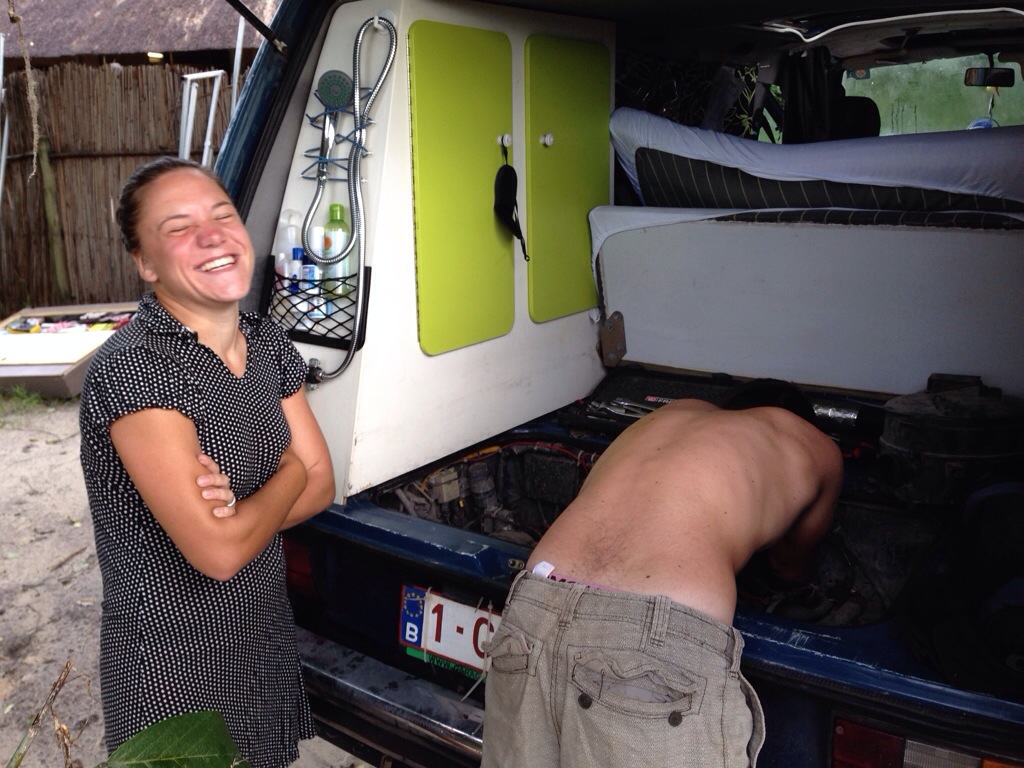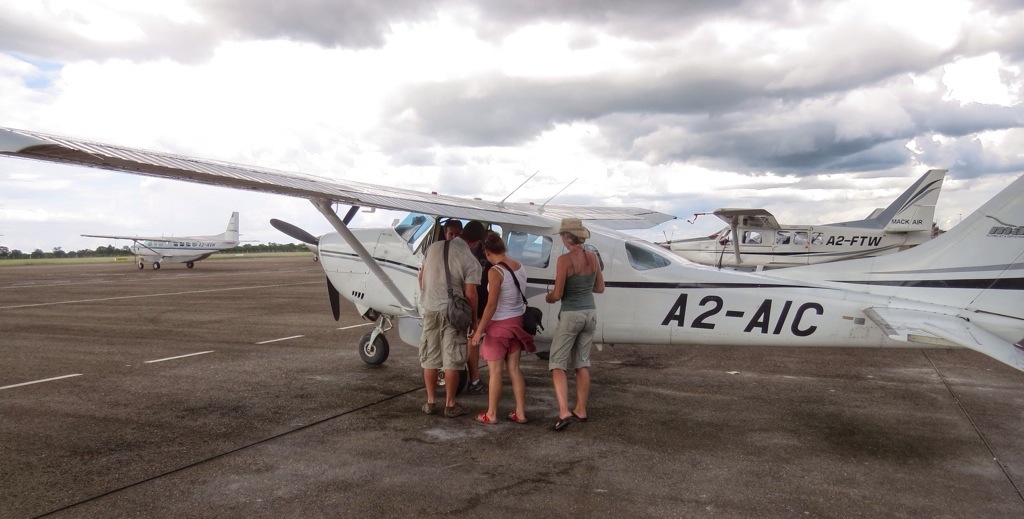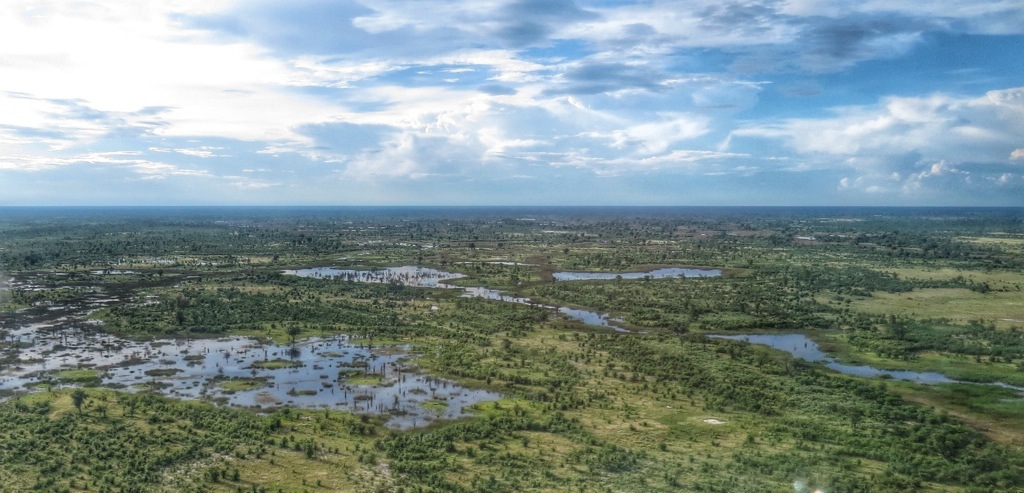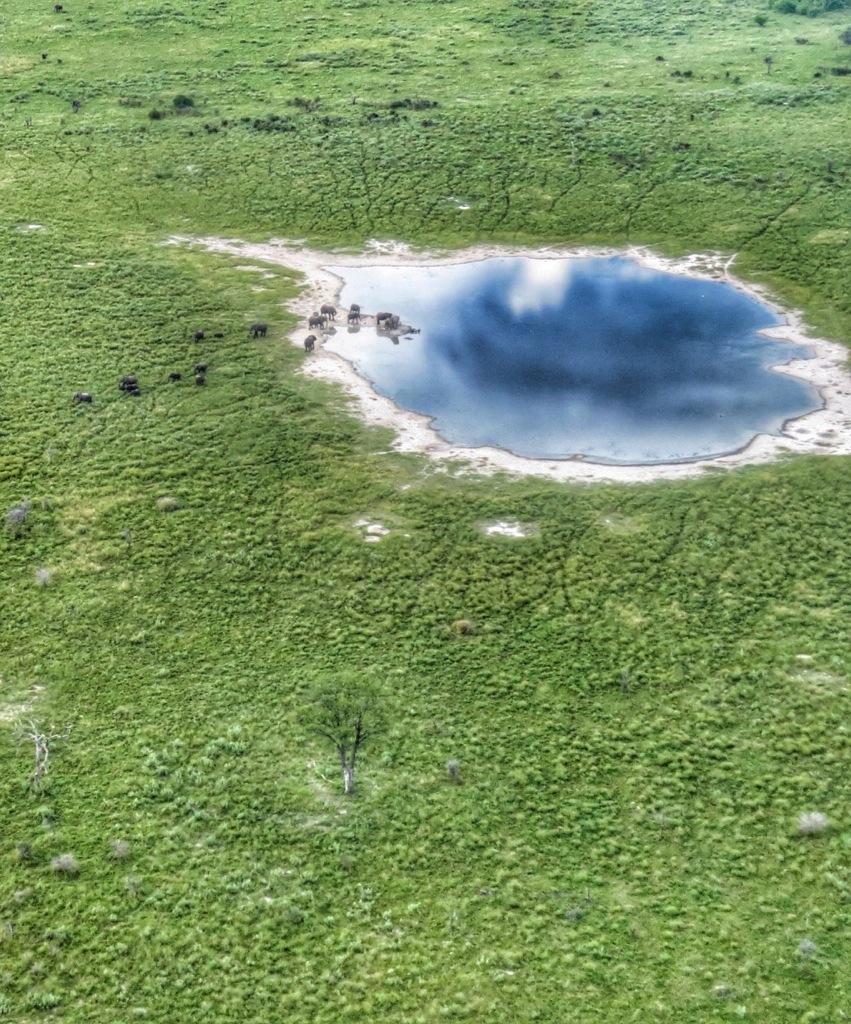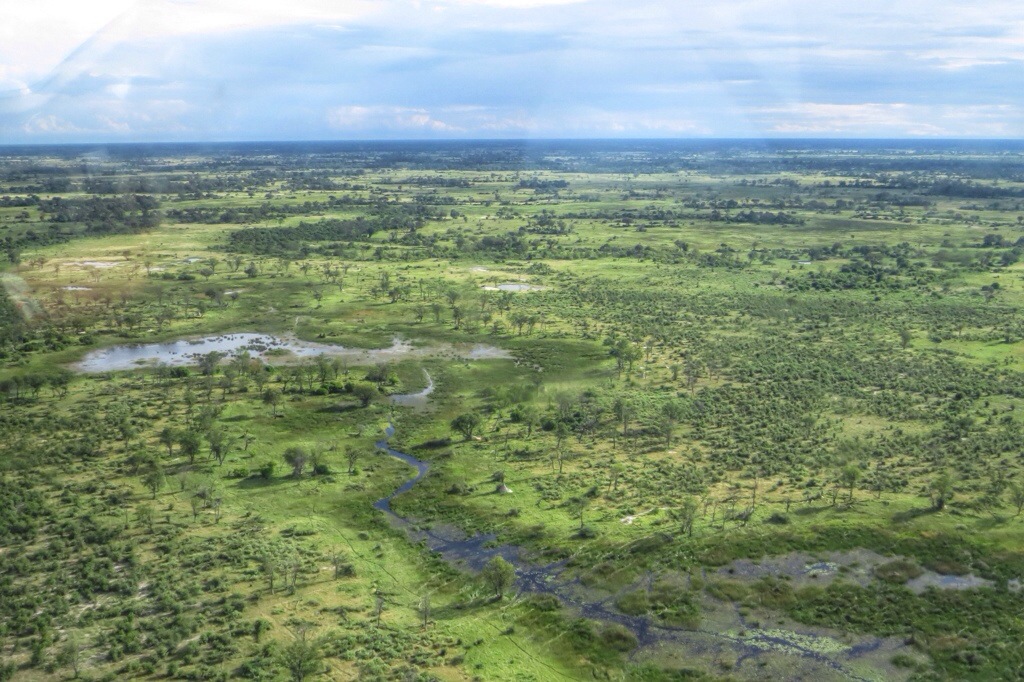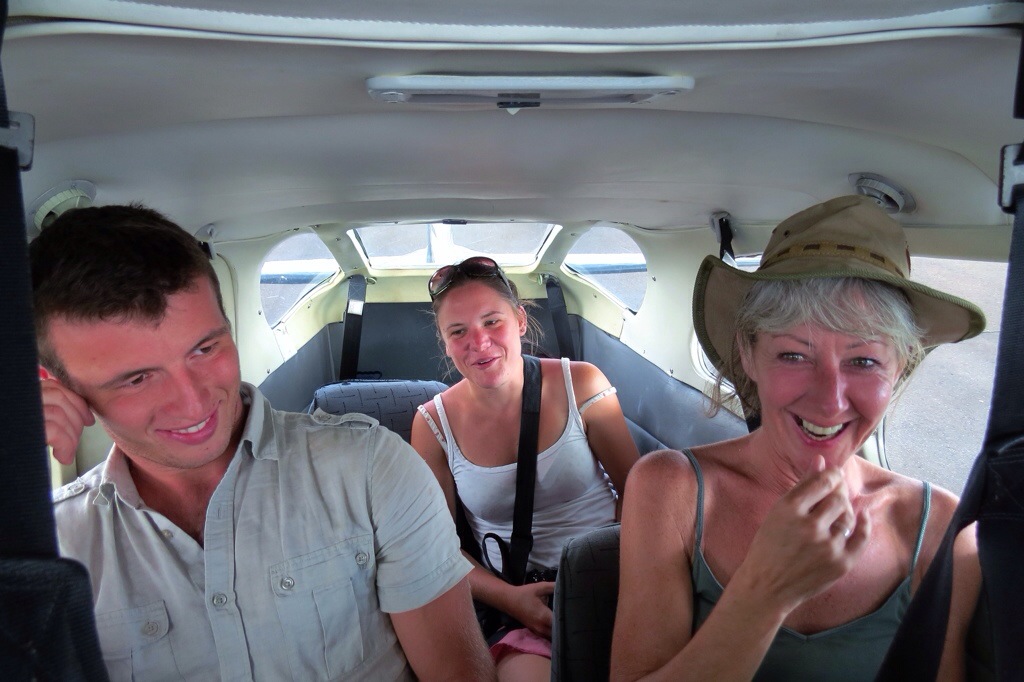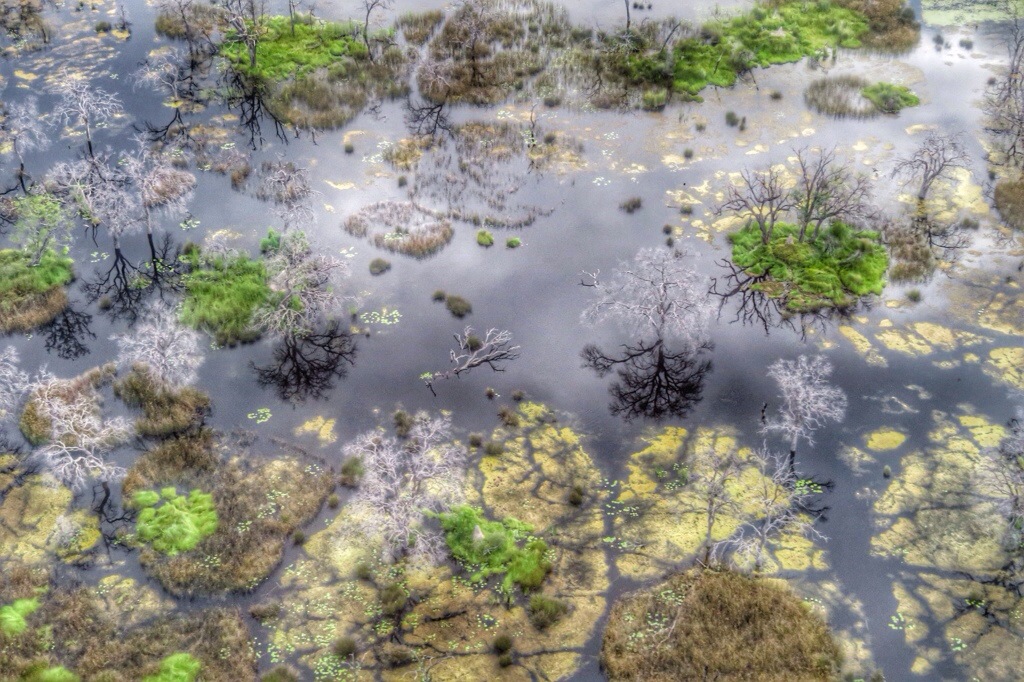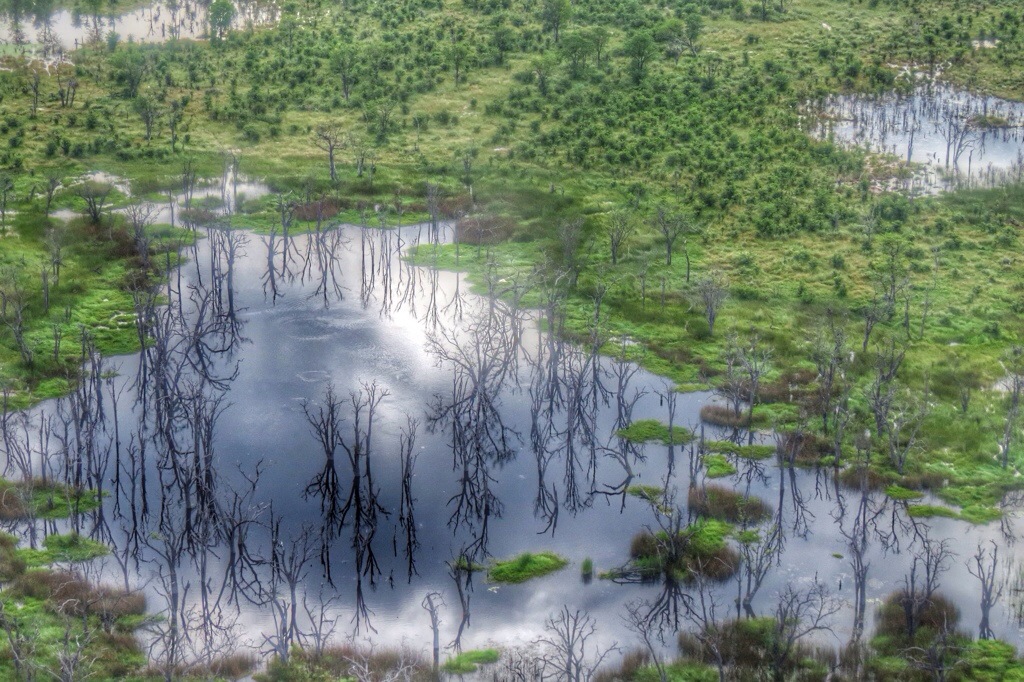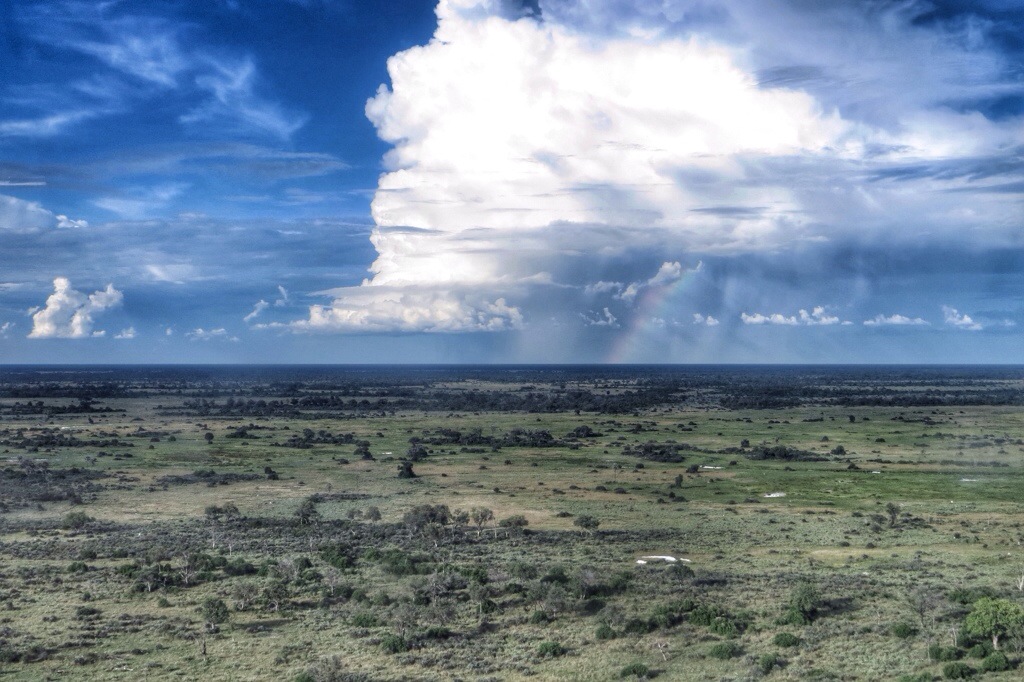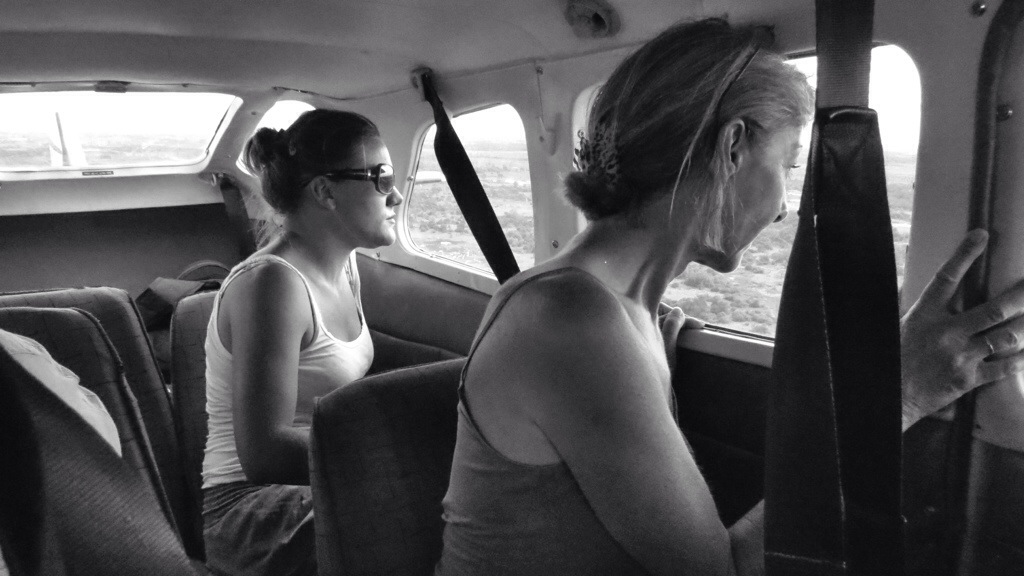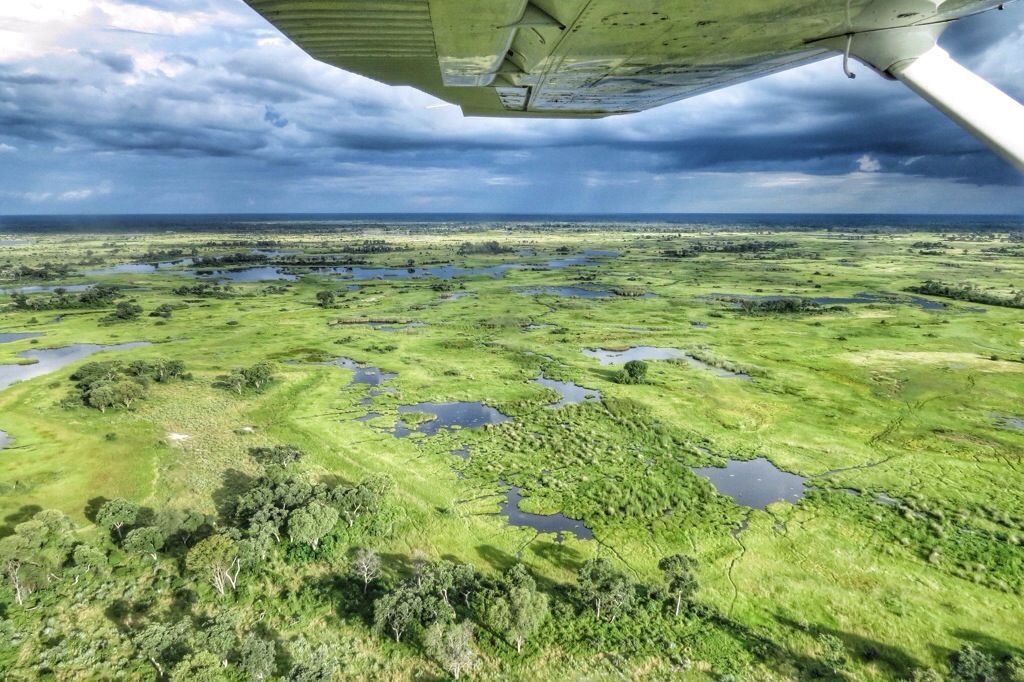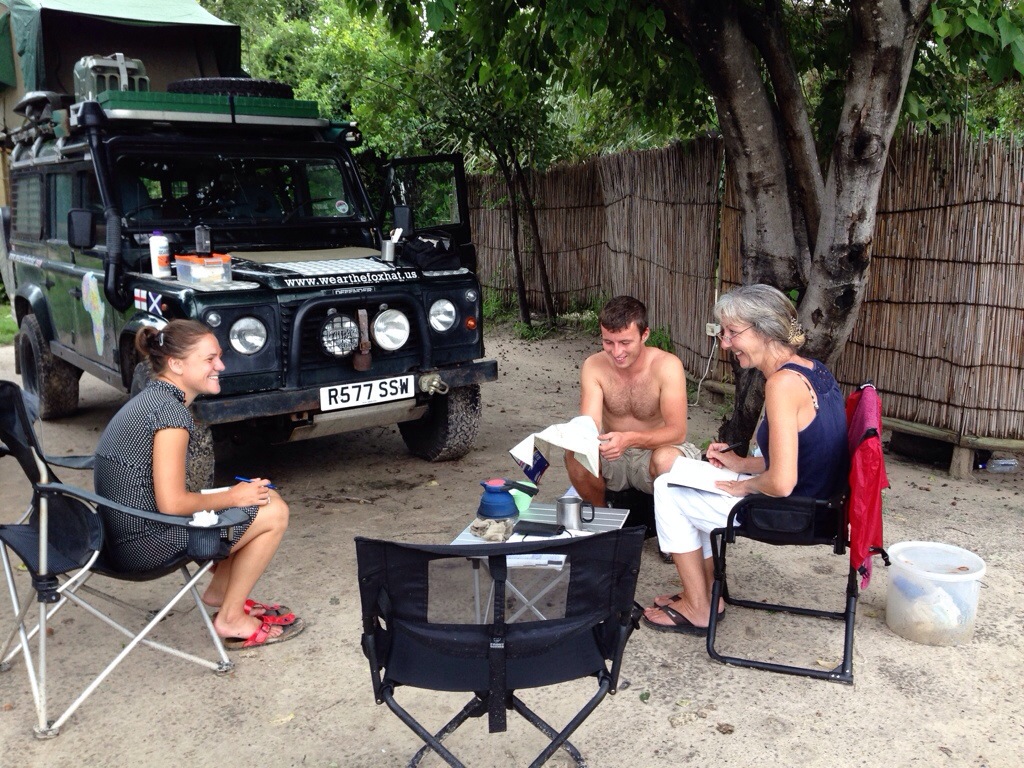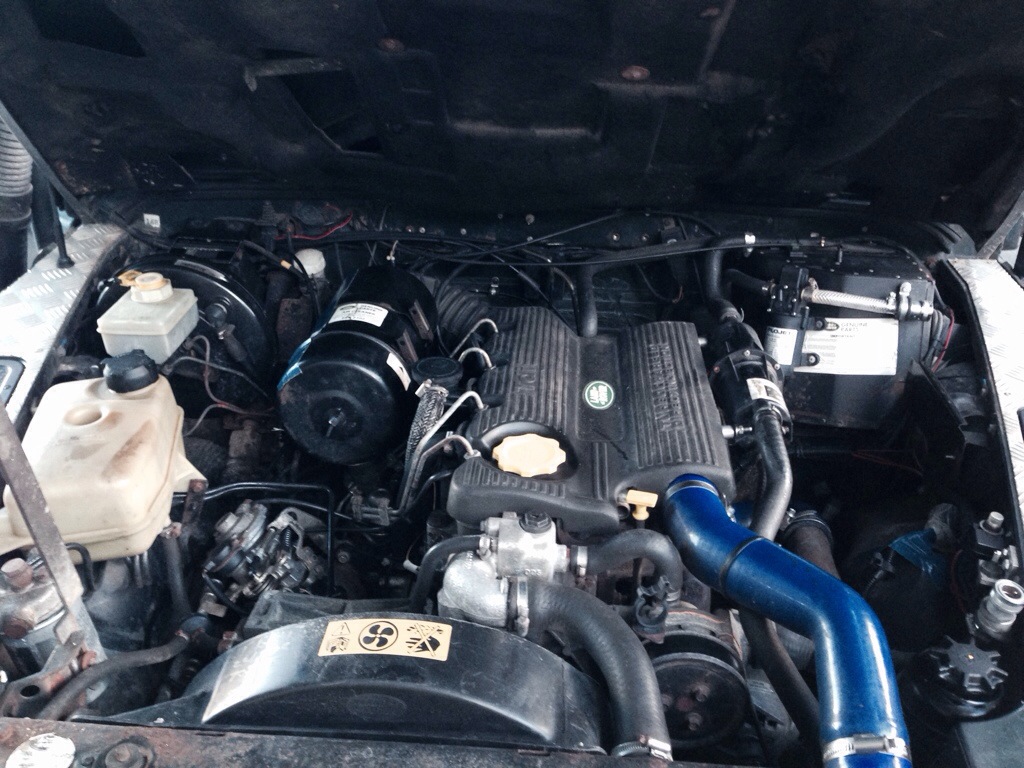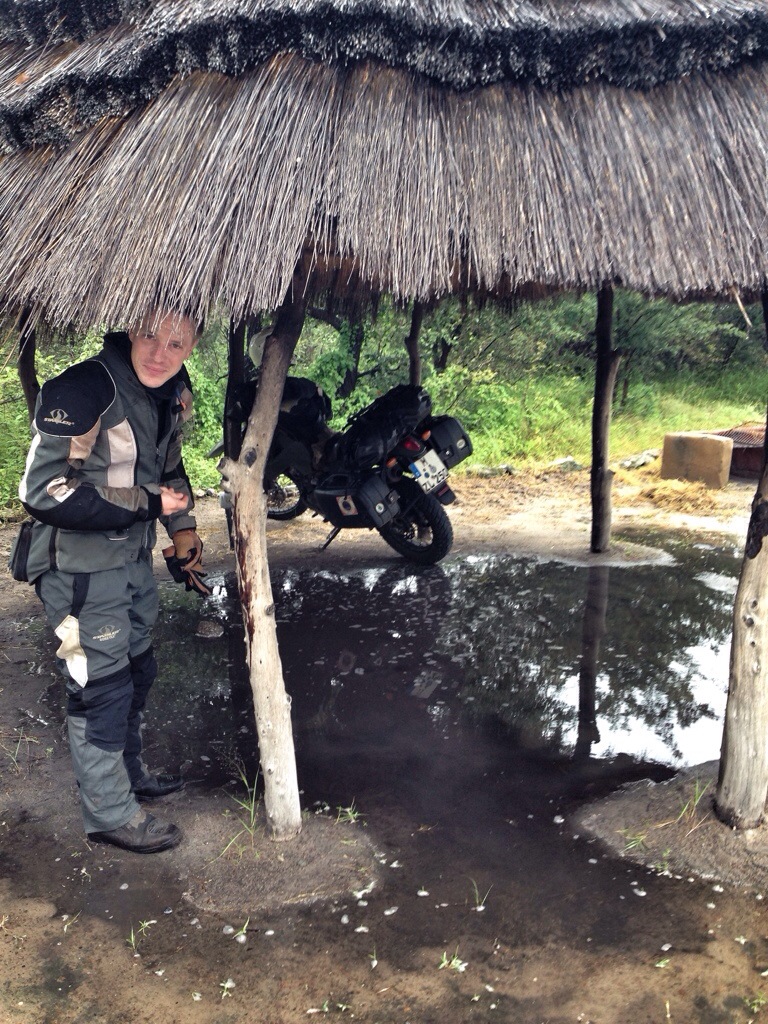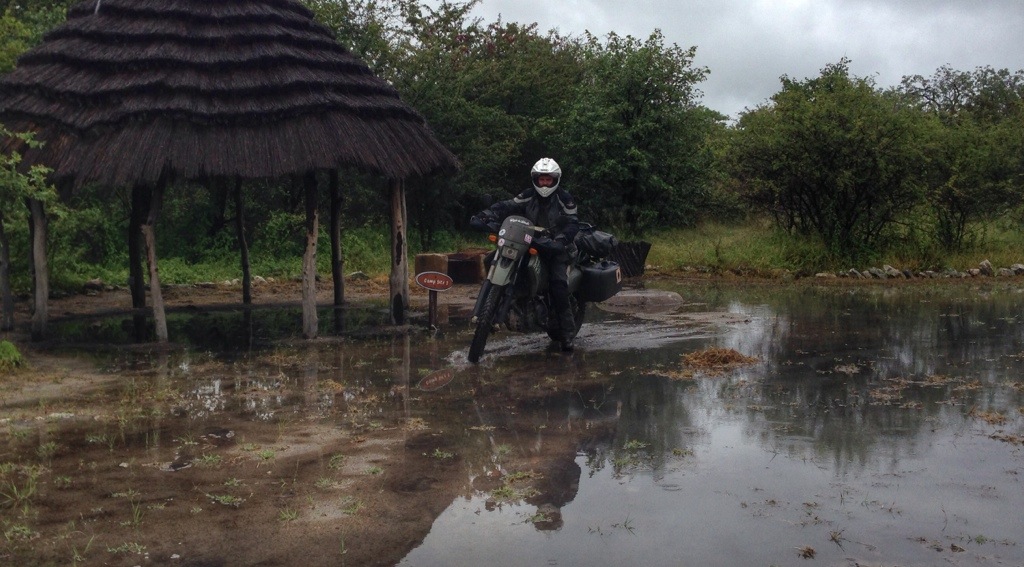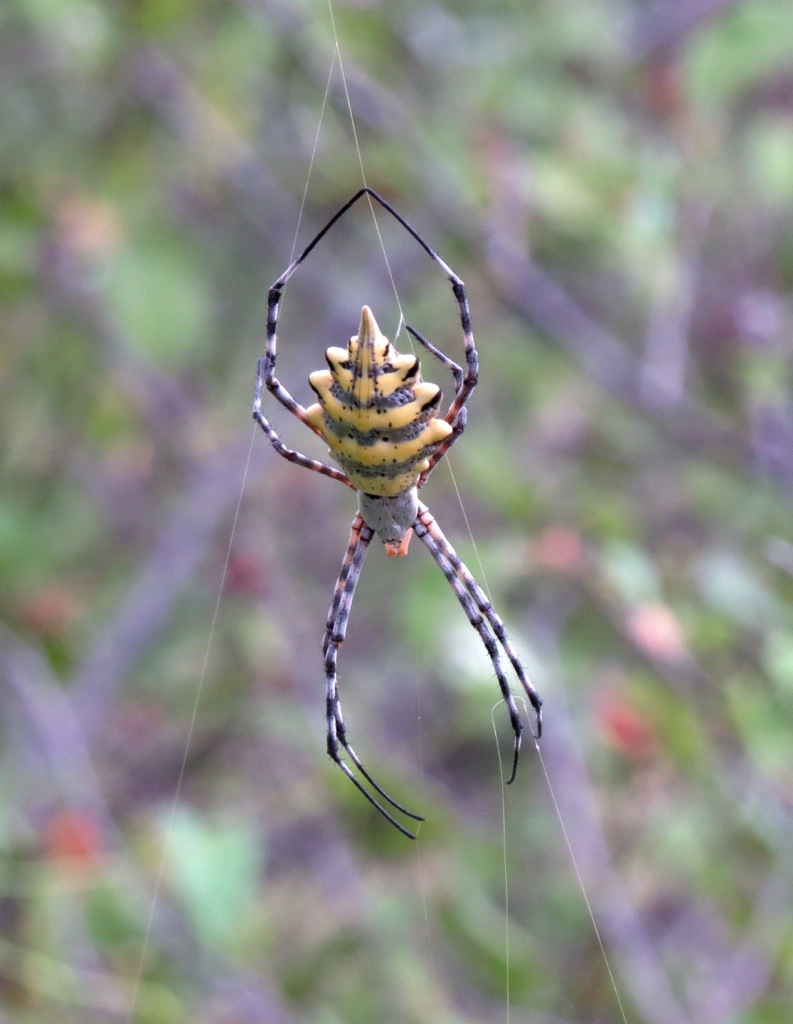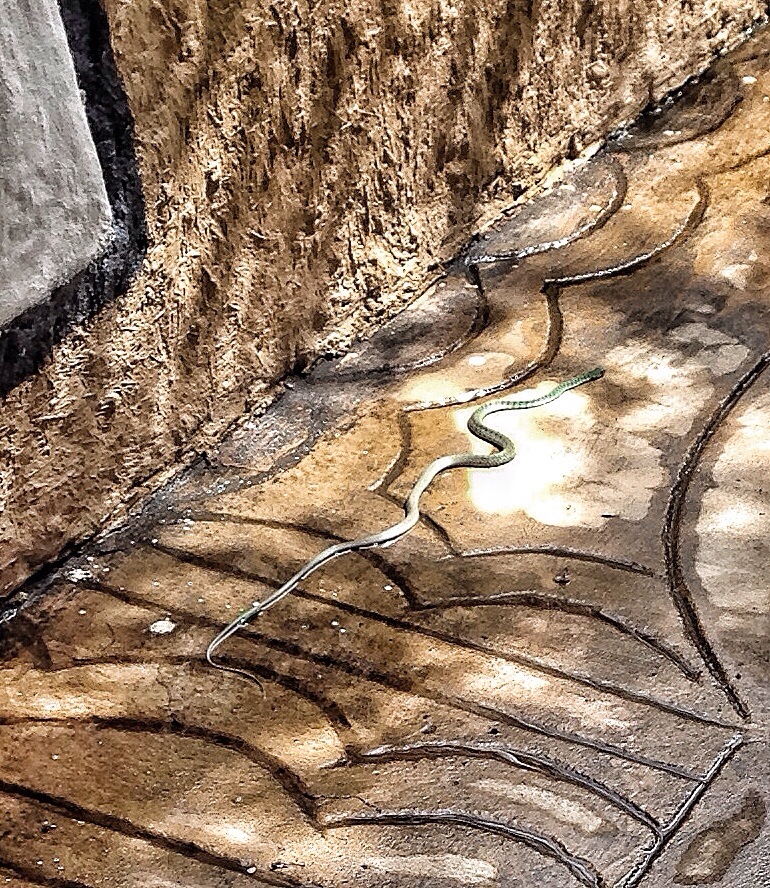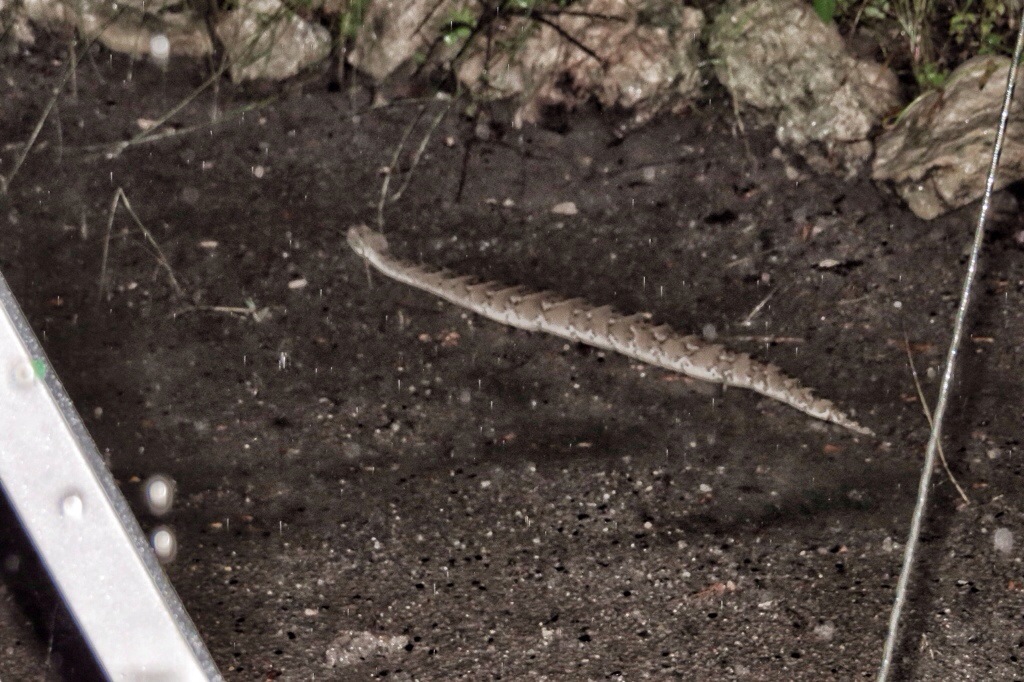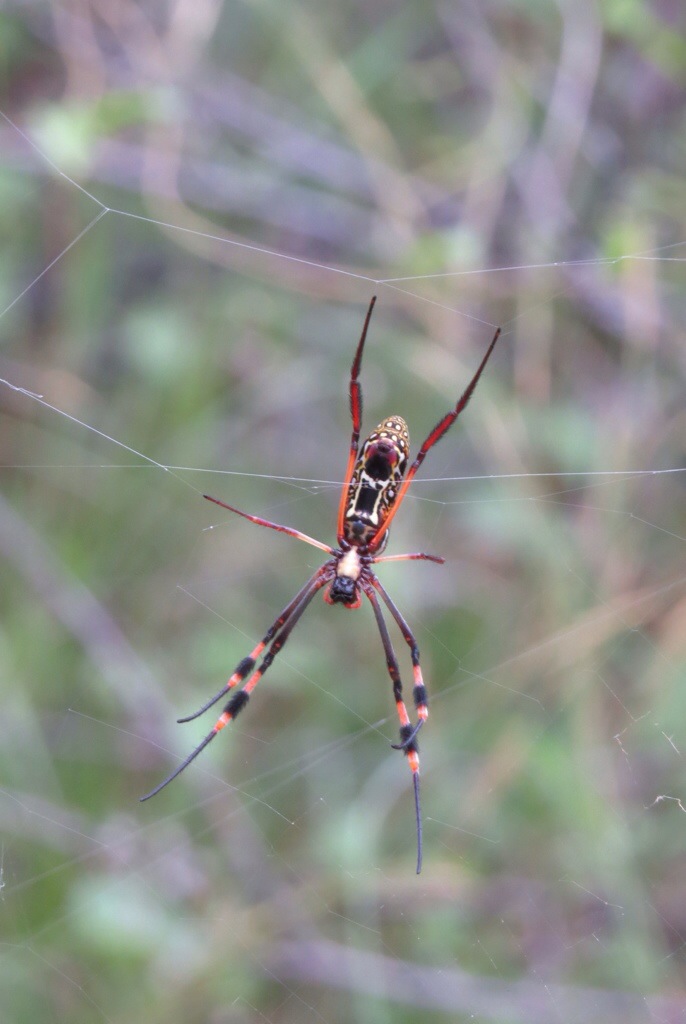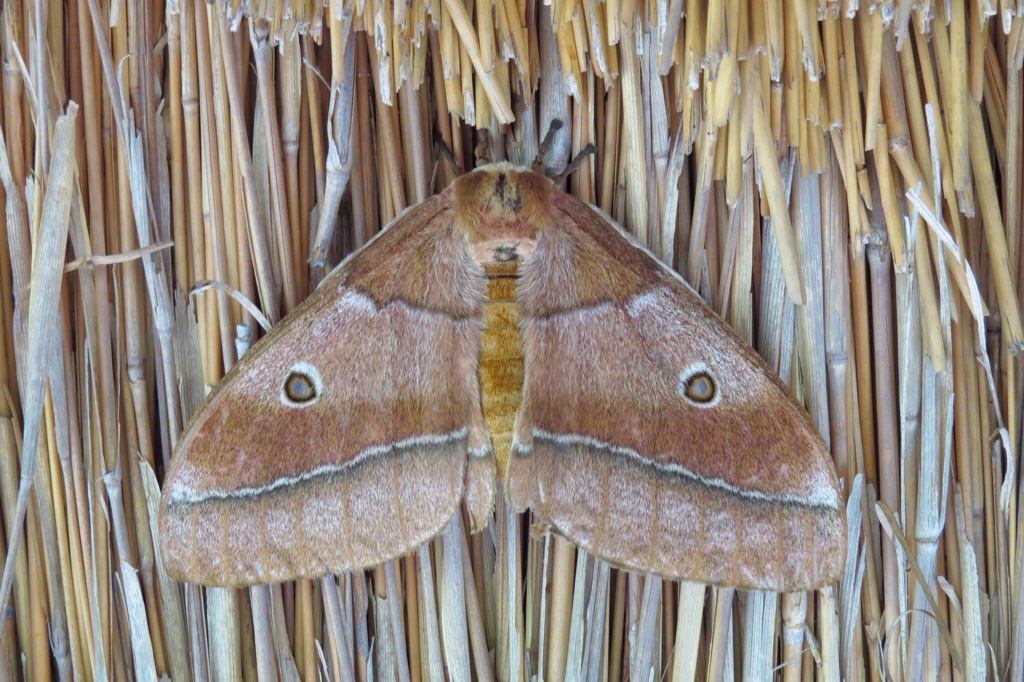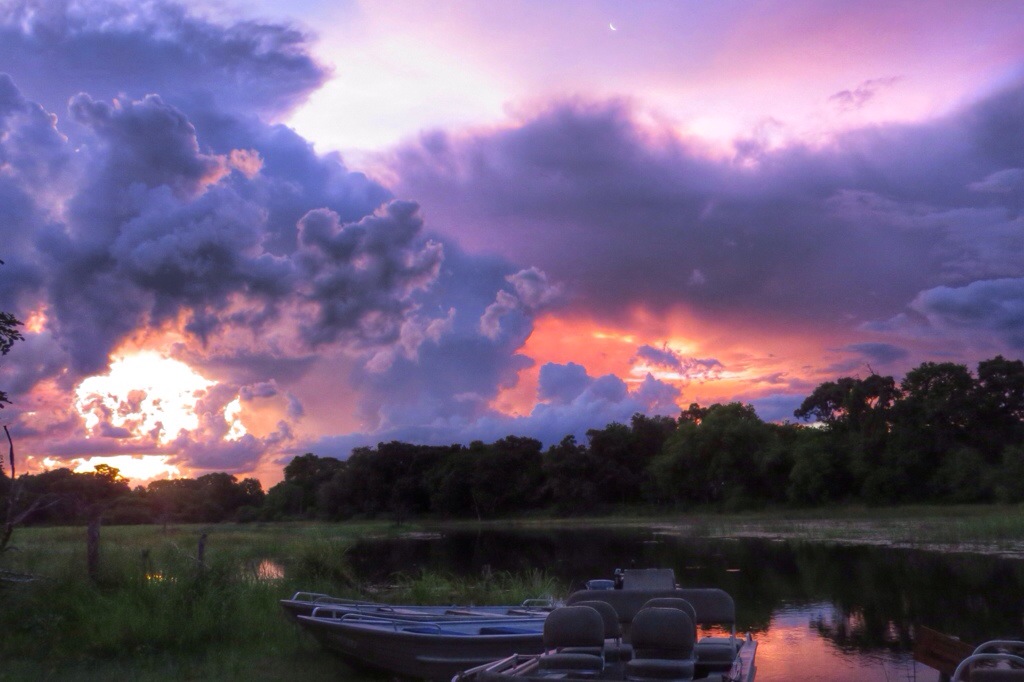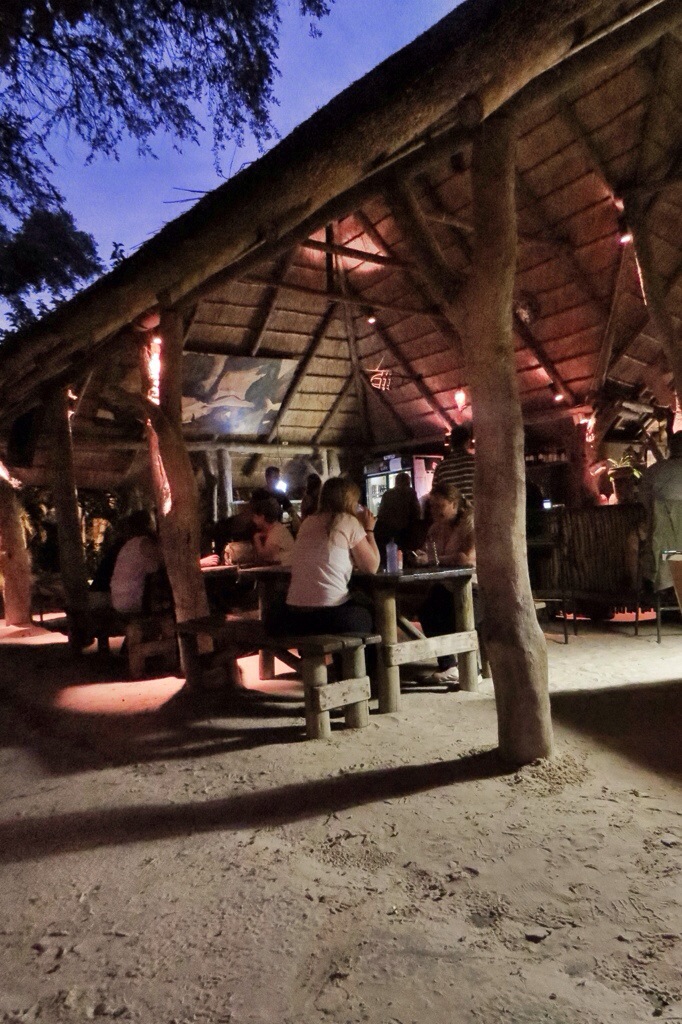Relaxing at Eureka camp was very pleasant and only 10km or so outside the mayhem of the city centre.
Another of its advantages is that it’s about halfway between Lusaka and the elephant orphanage at Lilayi.
This is the ‘nursery’ facility for the reserve in Kafue National Park, also run by Sport Beatie’s team. Here they bring orphaned elephants up to about 6 years old from all over Zambia and try to prepare them for transfer to Kafue at age 7-8, then after a couple of years there, back into the wild proper.
At Lilayi they currently have about 7 calves ranging in age from 18 months to 6 years.
As they gulp milk from bottles (3 litres in eleven seconds!) and play in the mud, they all look cheerful enough.
Under the care of a 20-strong team of specialist volunteers they are making great progress, but have pretty sad backgrounds.
Most are named after the area in which they were found.
One is named after the Park Ranger who was killed trying to defend the calf from the same poachers who had killed her mother for the ivory.
Another was found drowning in a Hotel swimming pool. His mother had been killed and he was dying of thirst when he fell in trying to get a drink – elephants can’t use their trunks to suck up water until they are about 2 years old.
A third was found at 1 year old dragging herself along a track by her front feet after been repeatedly struck on the spine by a farmer’s axe. She still wears huge steel leg-irons to support her rear legs, but is expected to make an almost complete recovery.
After their milk drinks, they get to play around in the mud-bath.
Getting in is pretty straight forward.
Getting out…
…is a little trickier…
…and sometimes needs…
…a bit of help from a pal.
“What! I could have managed on my own if I’d wanted to!“
Leaving Lusaka, on the way through town we dropped into Autoworld to pick up a new Tracks For Africa (T4A) SIM card for our Garmin Montana satnav (we’ve named the very pleasant, classy voice that talks to us on it Miranda, as in ‘Garmin Miranda’).
I bought the iPhone app version of T4A about 6 months ago and, while it’s good for Southern Africa, it hasn’t yet been developed far enough to fully cover N Eastern Africa. I spoke a couple of times with Johann Groenewald who runs T4A and he arranged for us to collect a free upgrade to the latest version of the SD Card from Autoworld.
Very generous and exceptional customer service. Not many businesses I know would go out of their way like that, or deal with it personally at such a senior level.
We took the single-lane, tarred T4 east through sparsely populated, fairly dull, flat landscape to Chongwe and then more interesting rolling hills around Shingela and Rufunsa.
It’s too long a journey to South Luangwa National Park to make it comfortably in one day so we stopped overnight at Bridge Camp. On the Luangwa River where it forms the border with Mozambique, it was built about 10 years ago by S. African Will and his British wife Lindsey.
A friendly couple, and chatty hosts but, I have no doubt in my mind that they must have been the bickering inspiration for Basil & Sybil Fawlty.
Great entertainment and cheap (but cramped) camping (90 Kwacha / £9 or $18) although the beers in the quirky bar are about 25% more expensive than most places.
View from The Penthouse of the Lusaka River.
The fishermen here are pretty enterprising. Every year another Aid Organisation turns up and gives the villagers more mosquito nets. They never use them, but sew them together to make fishing nets – which last about a year.
The campsite may not always be as cramped as when we were there. The ‘Tour D’Afrique’ cycling tour truck came in just before us, took up the whole campsite and left only room for us and one other couple of British overlanders to park next to their wagons in the car park.
They’re holidaymakers who cycle 12,000 km over 121 days from Cairo to Cape Town.
I guess that’s what makes them all so bloody miserable and unfriendly. Mind you, as with most of the tour groups we’ve met, the crews themselves are quite the opposite and very sociable.
We were woken the next morning at 5.30am by the cyclists packing their tents and the trucks running to warm them up – filling our rooftent with exhaust fumes.
We also left later that morning (fortunately east as they went west) over the bridge that the campsite is named after, heading 250km to Chipata, close to the Malawi border.
As we were stopped at a police road-block on the bridge and had our papers scrutinised, the smuggling villagers below the bridge bring in whatever goods they can from Mozambique to Zambia.
TIA – This is Africa, as they say.
